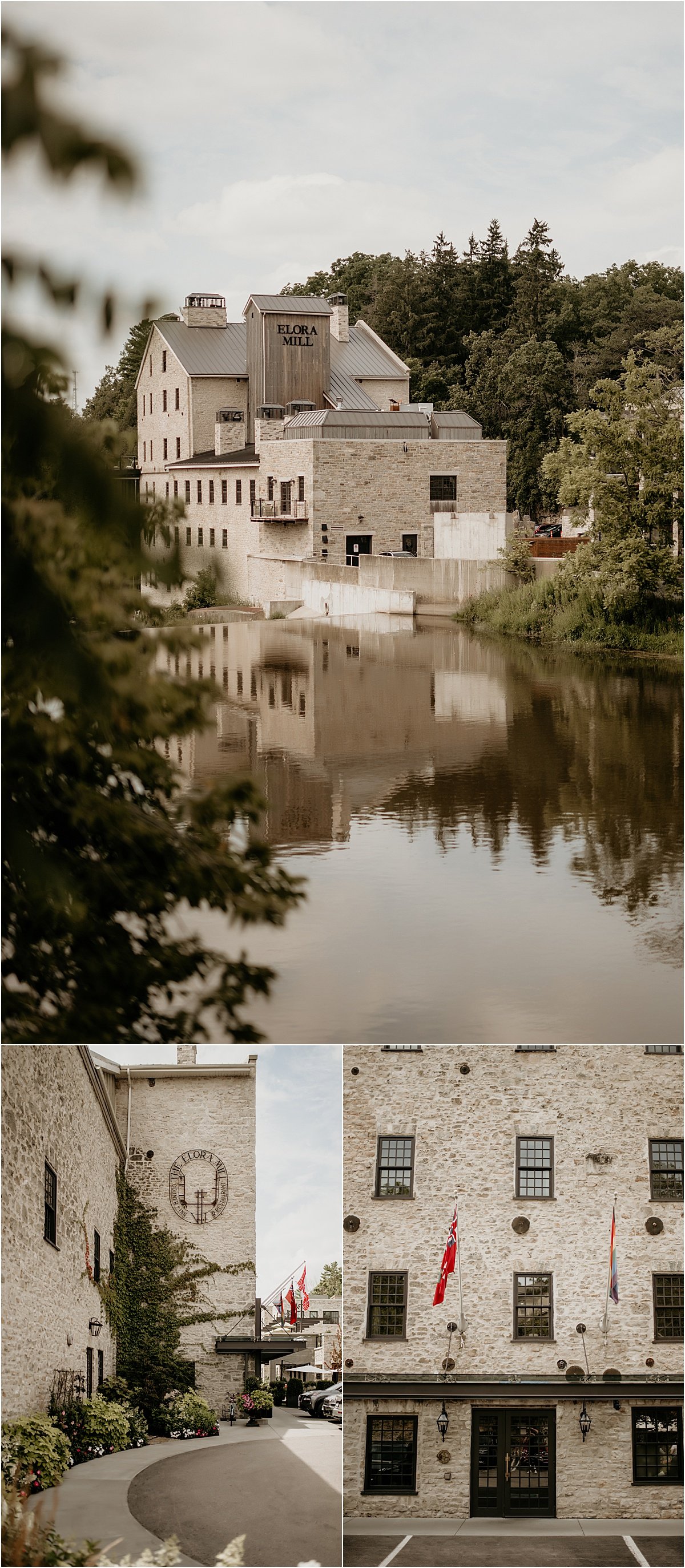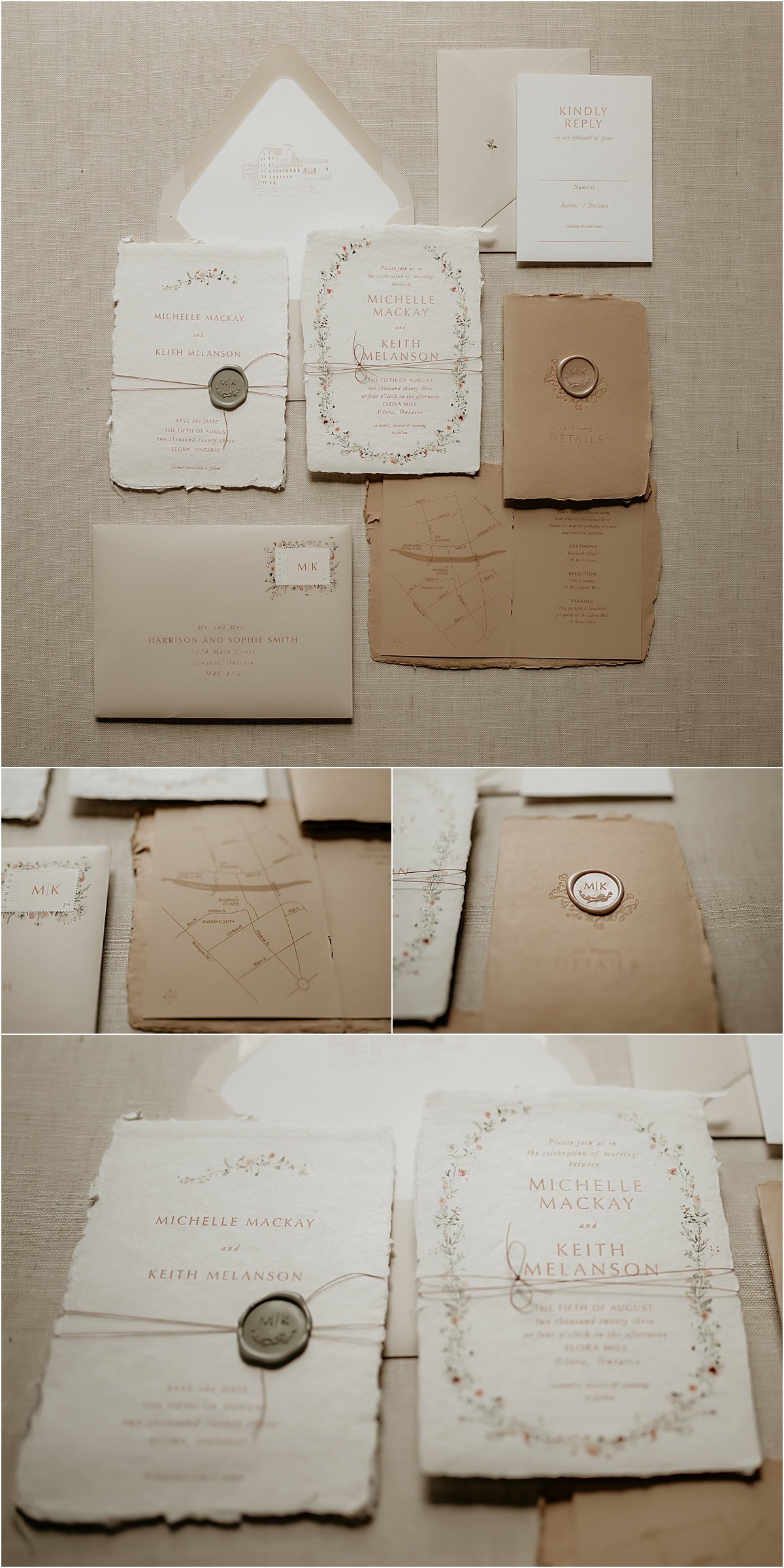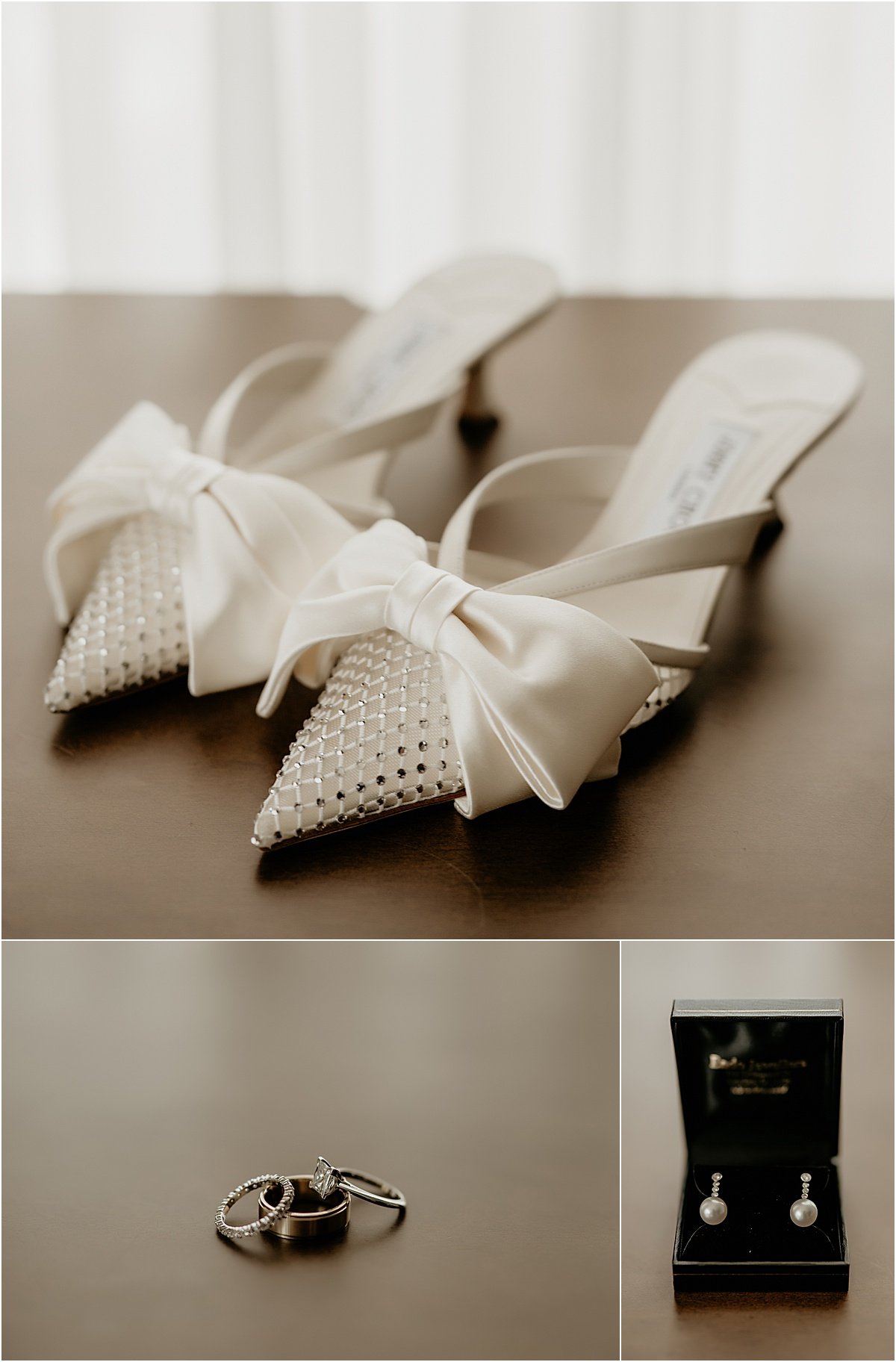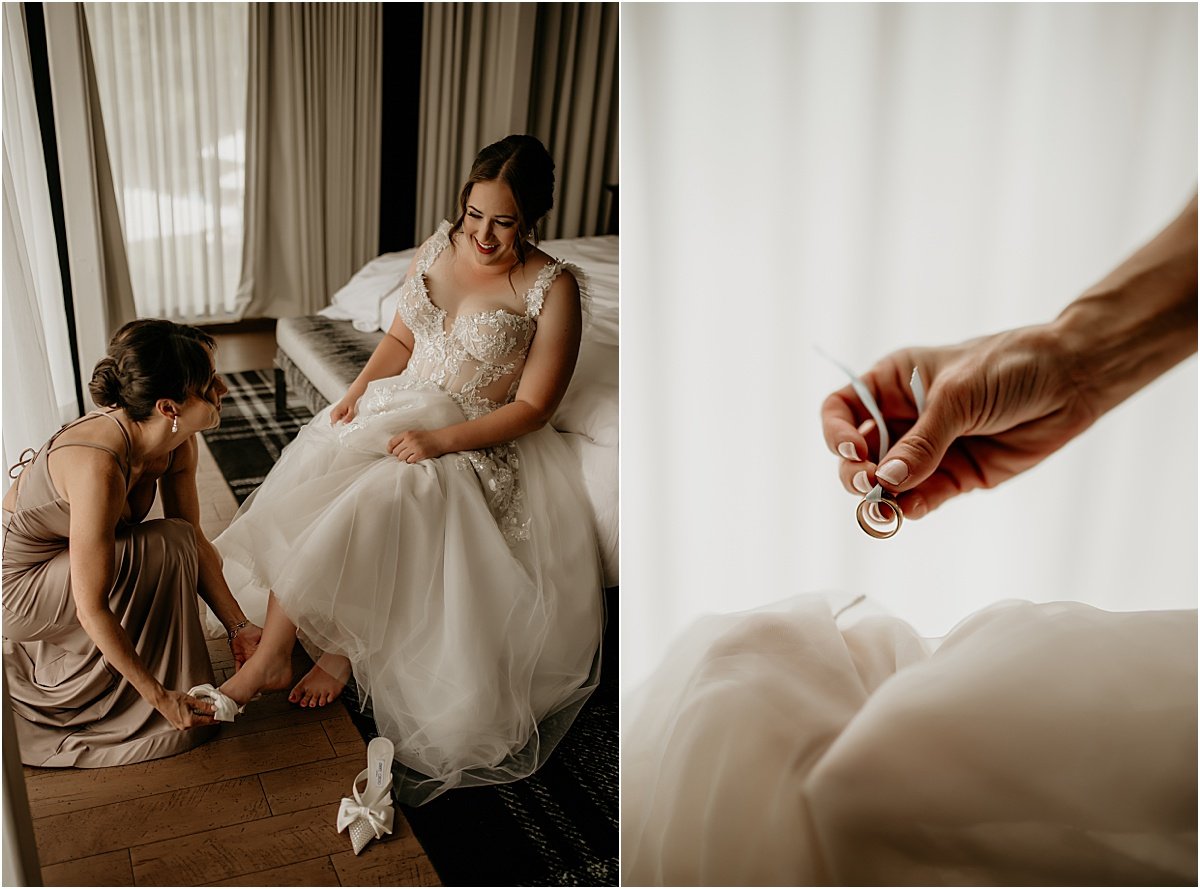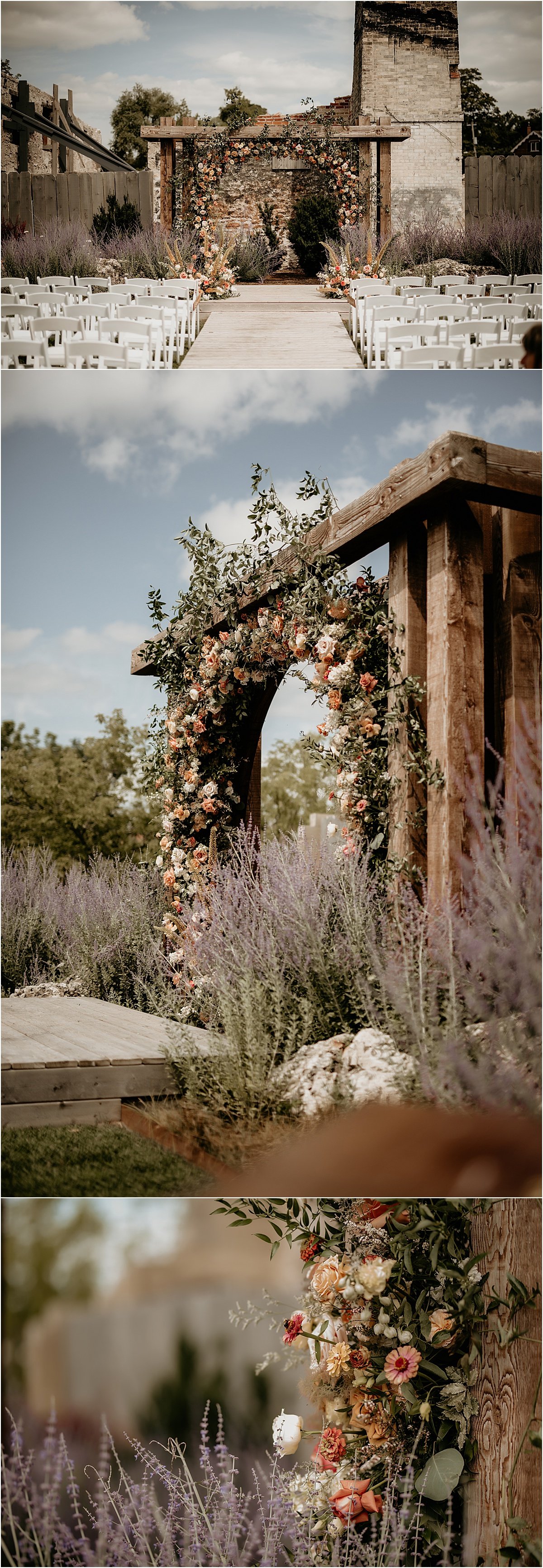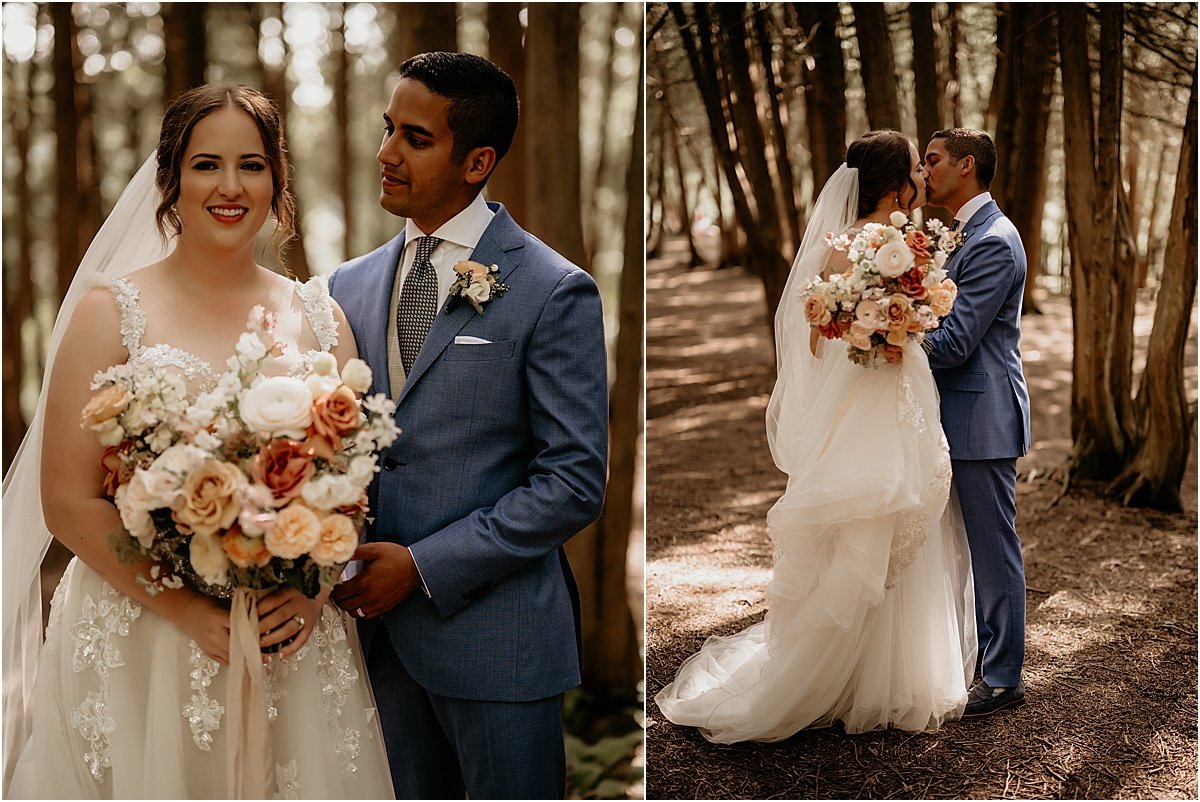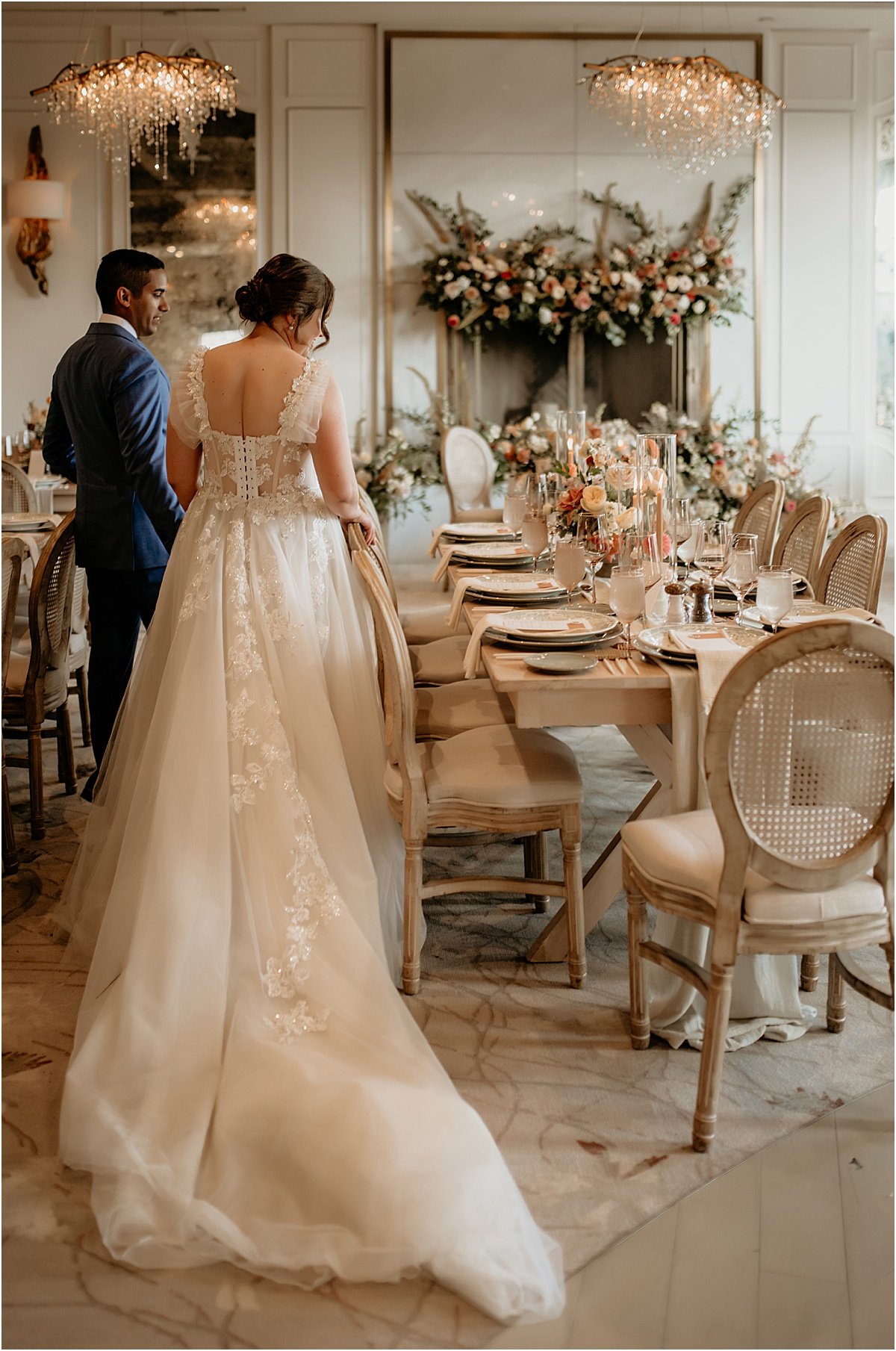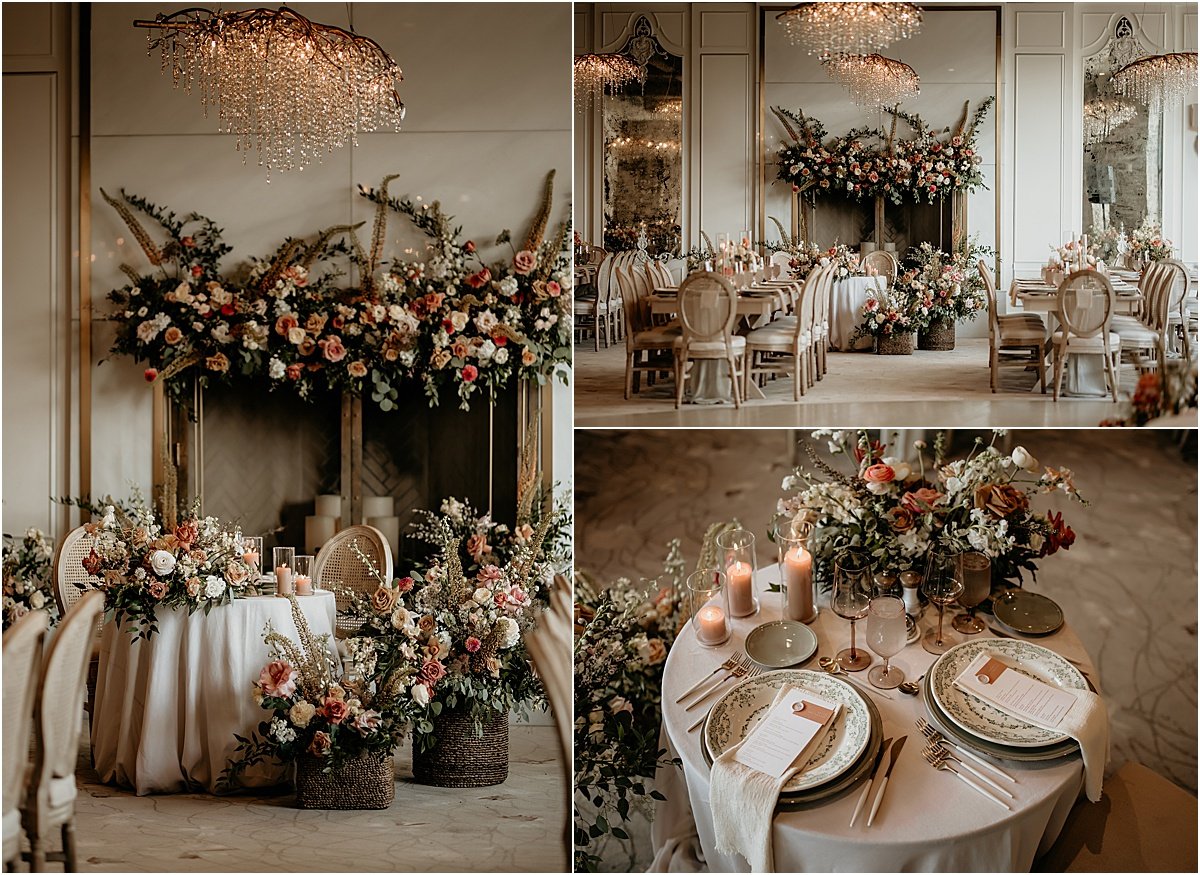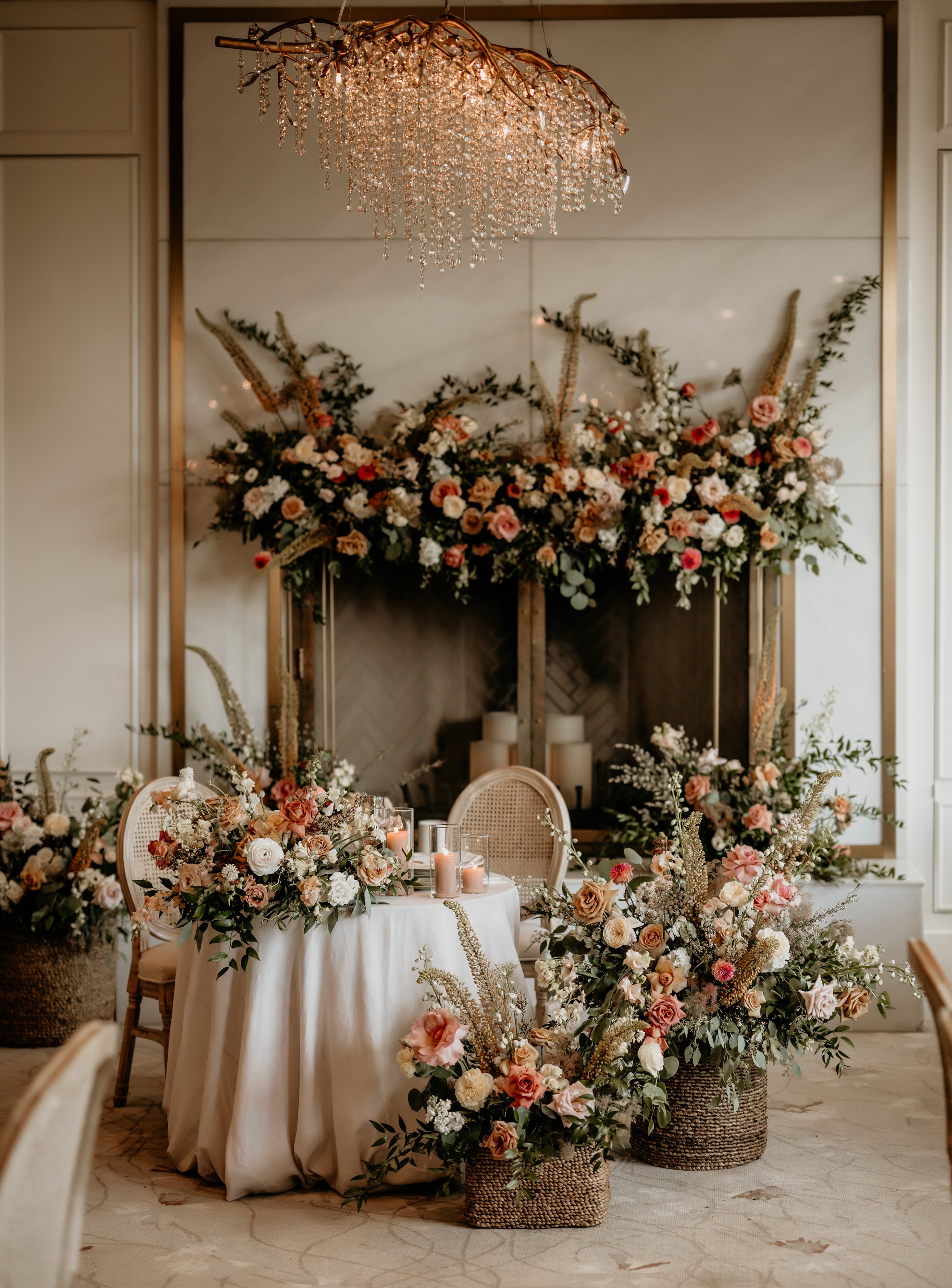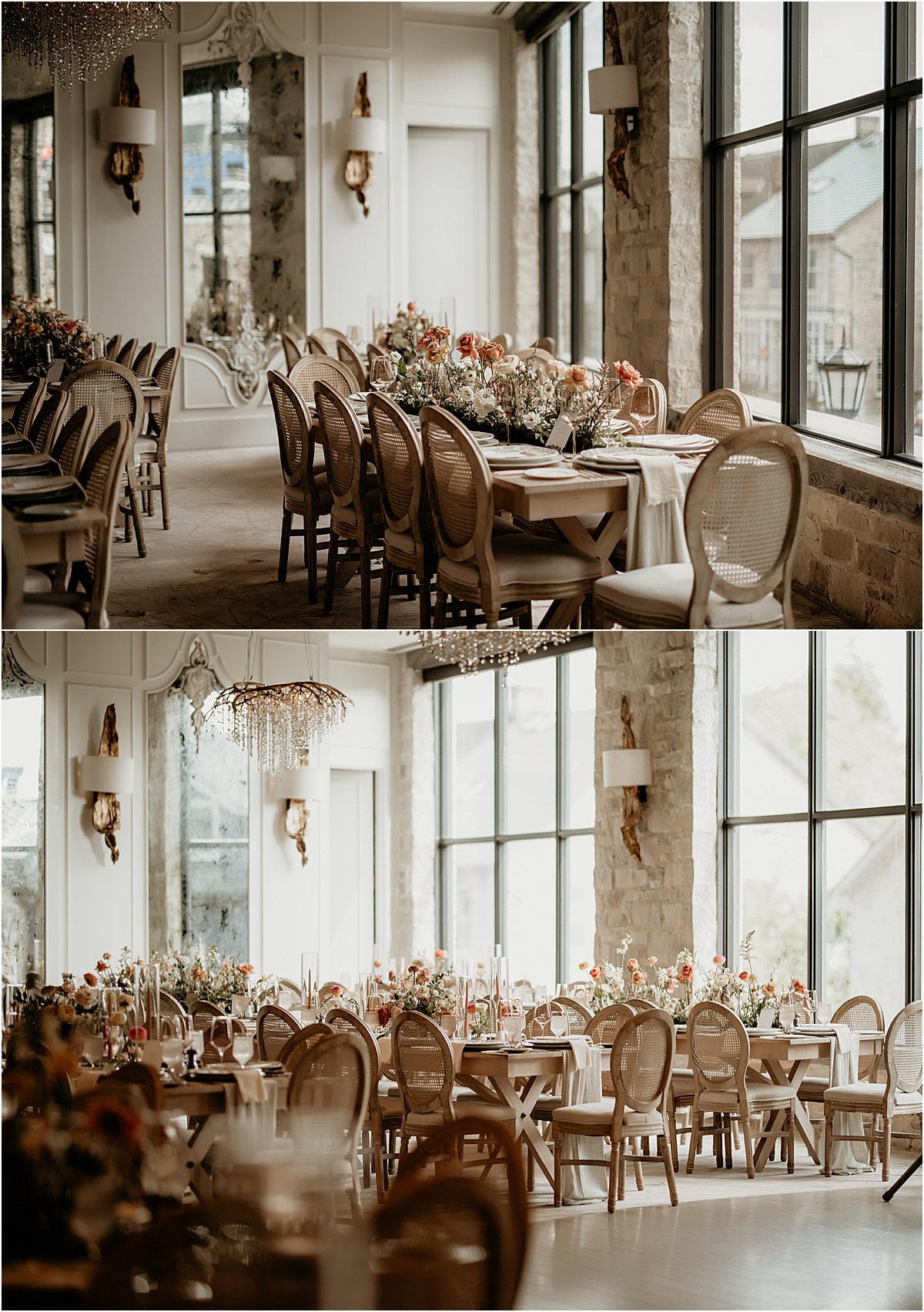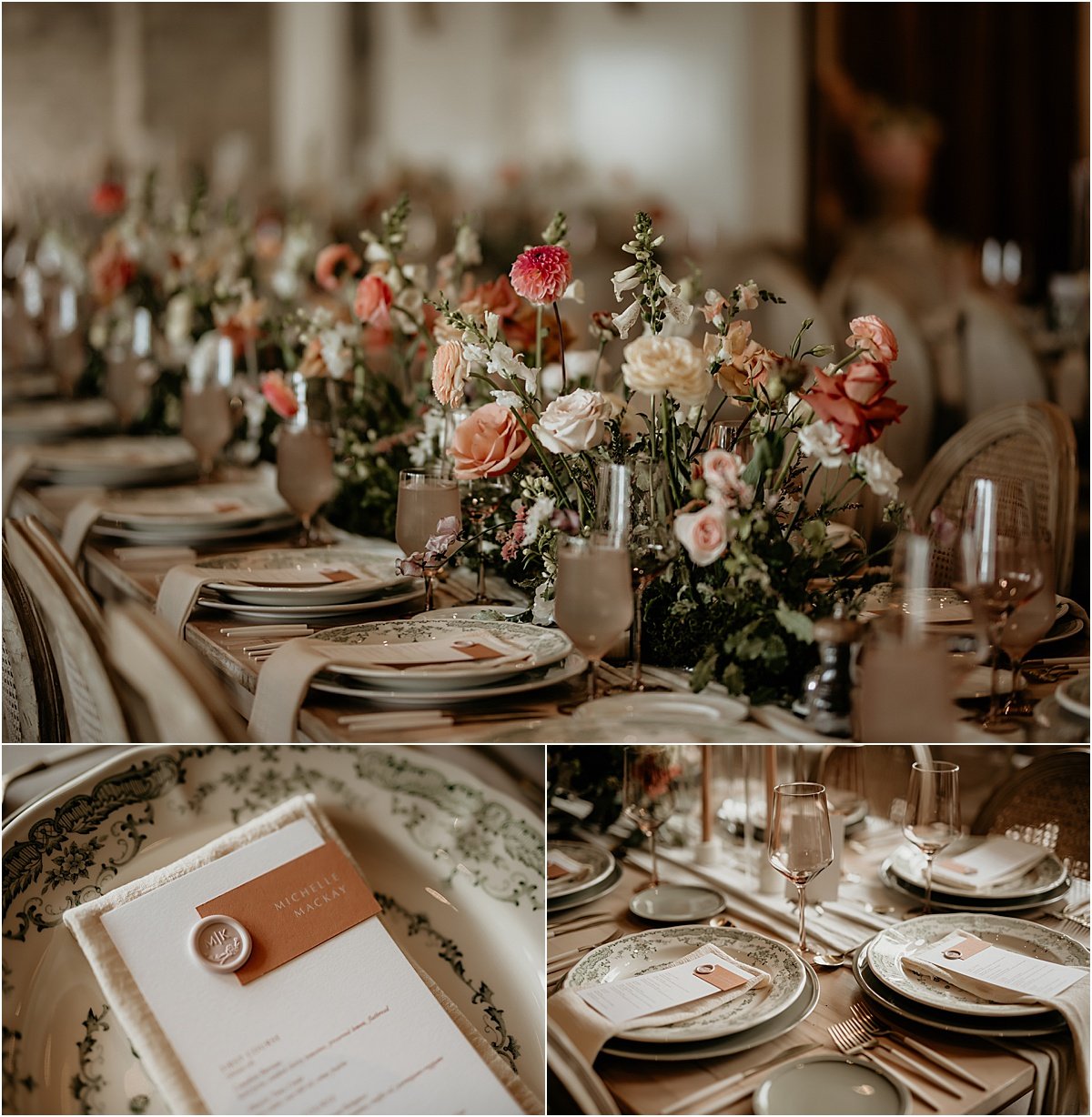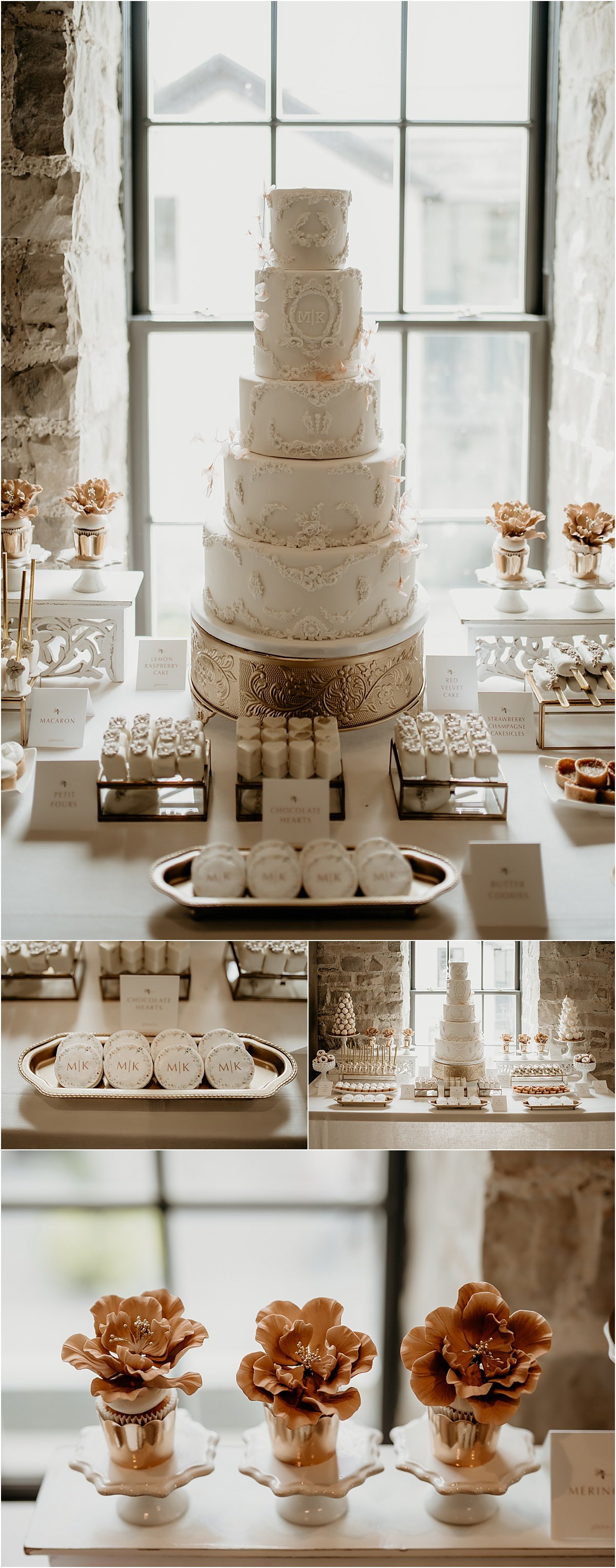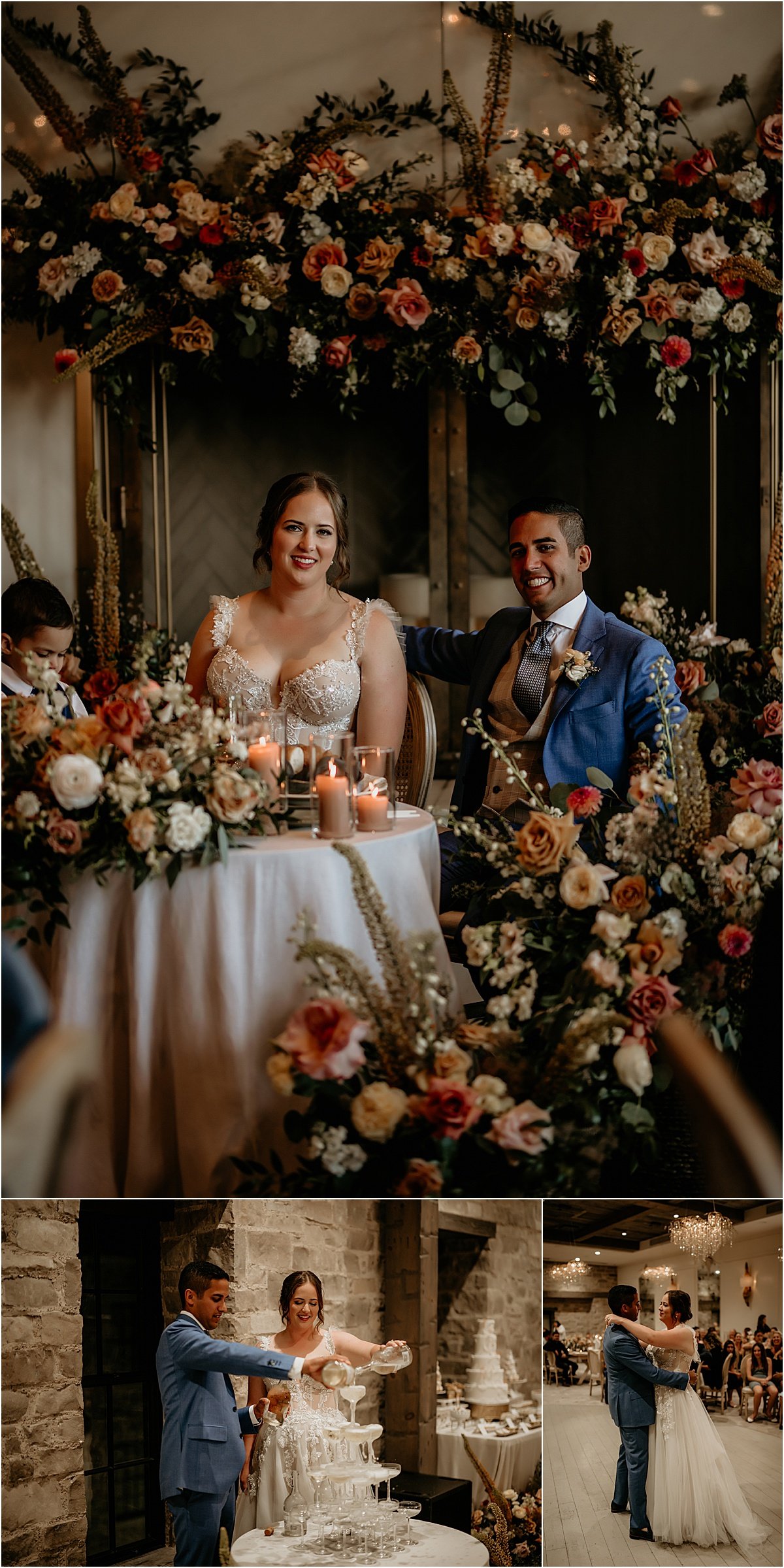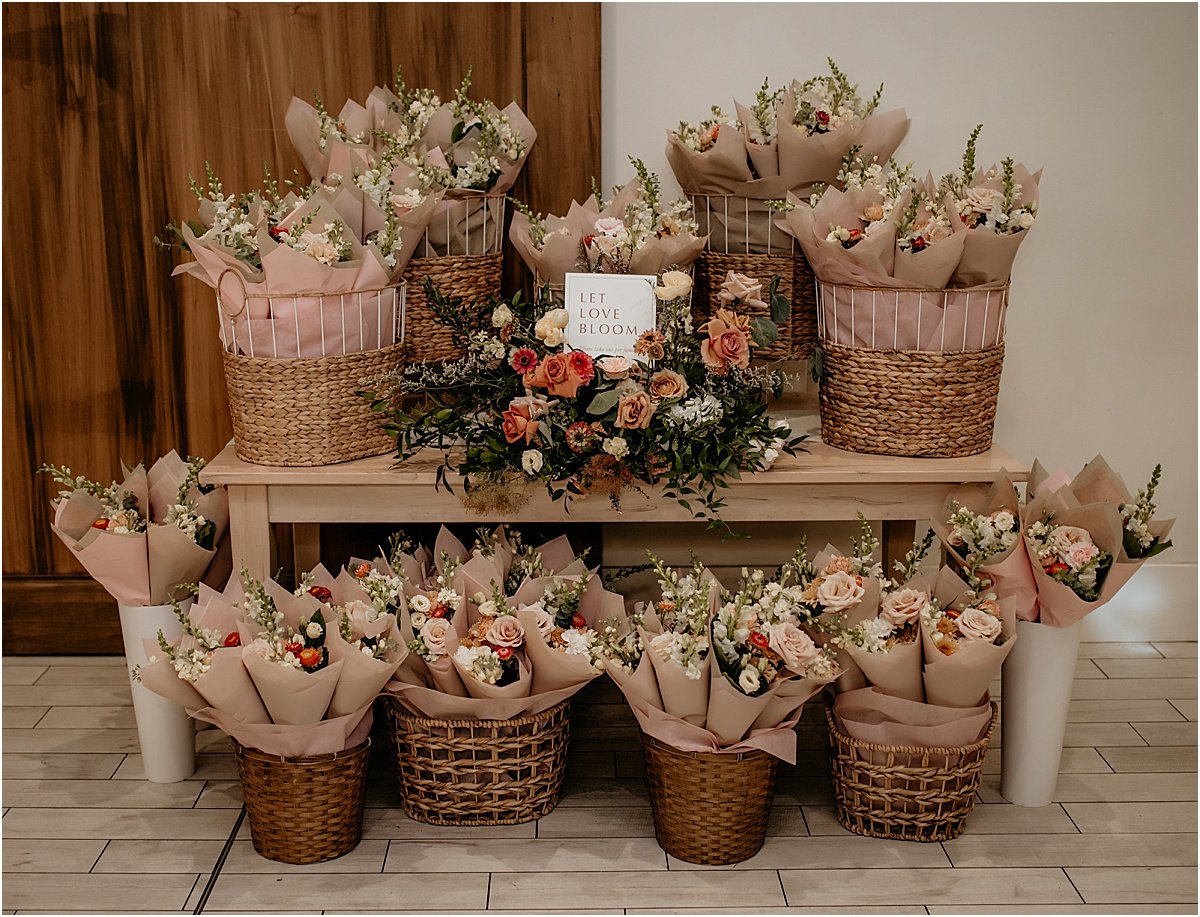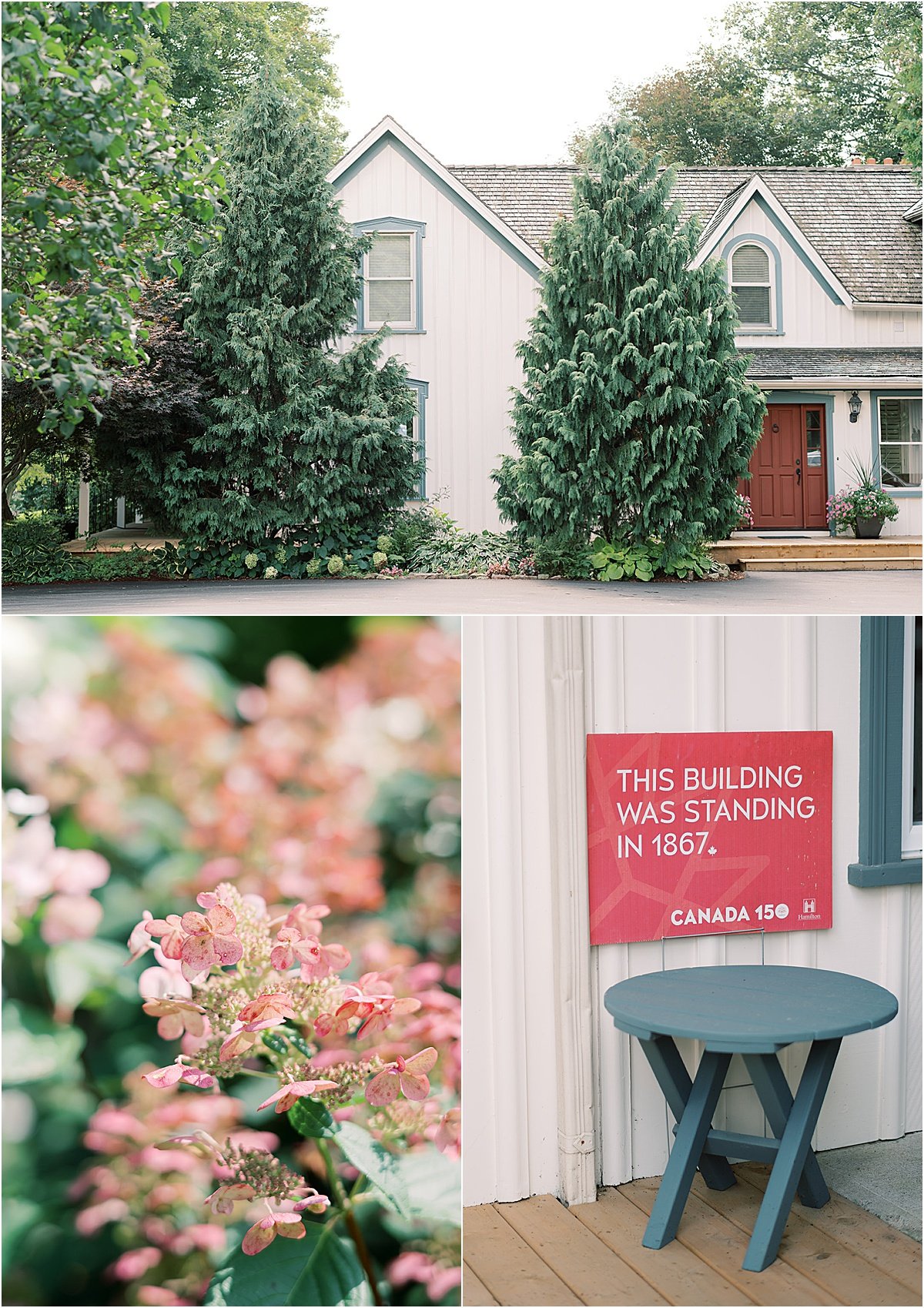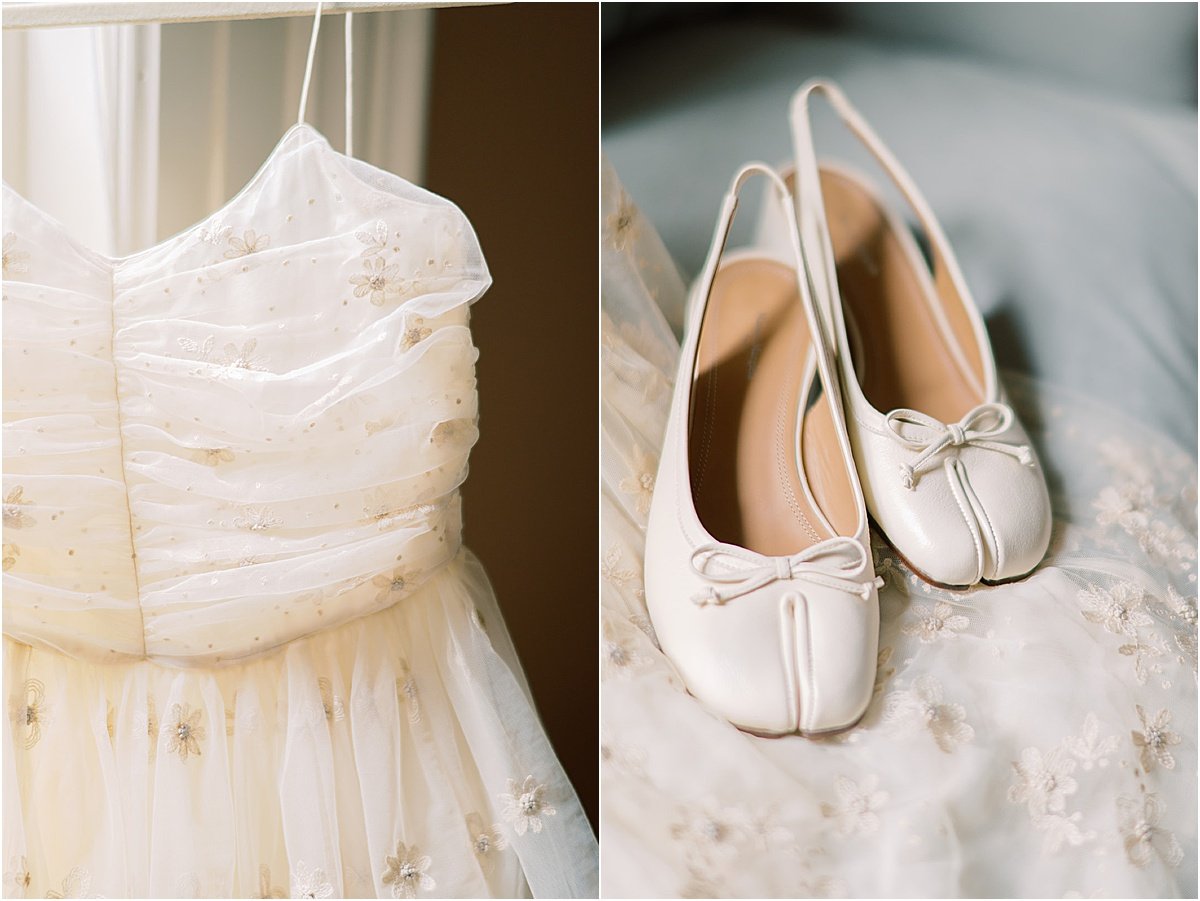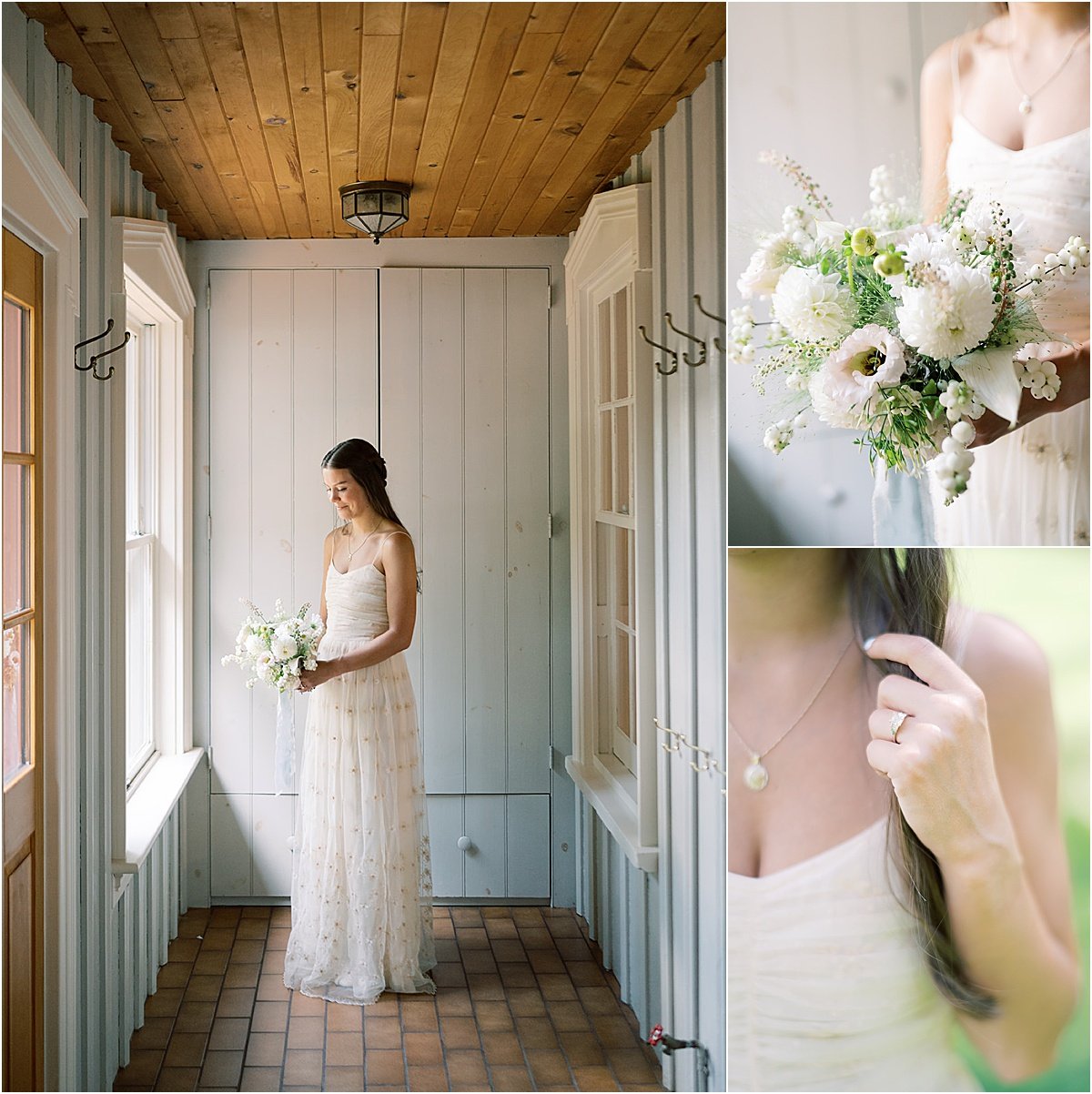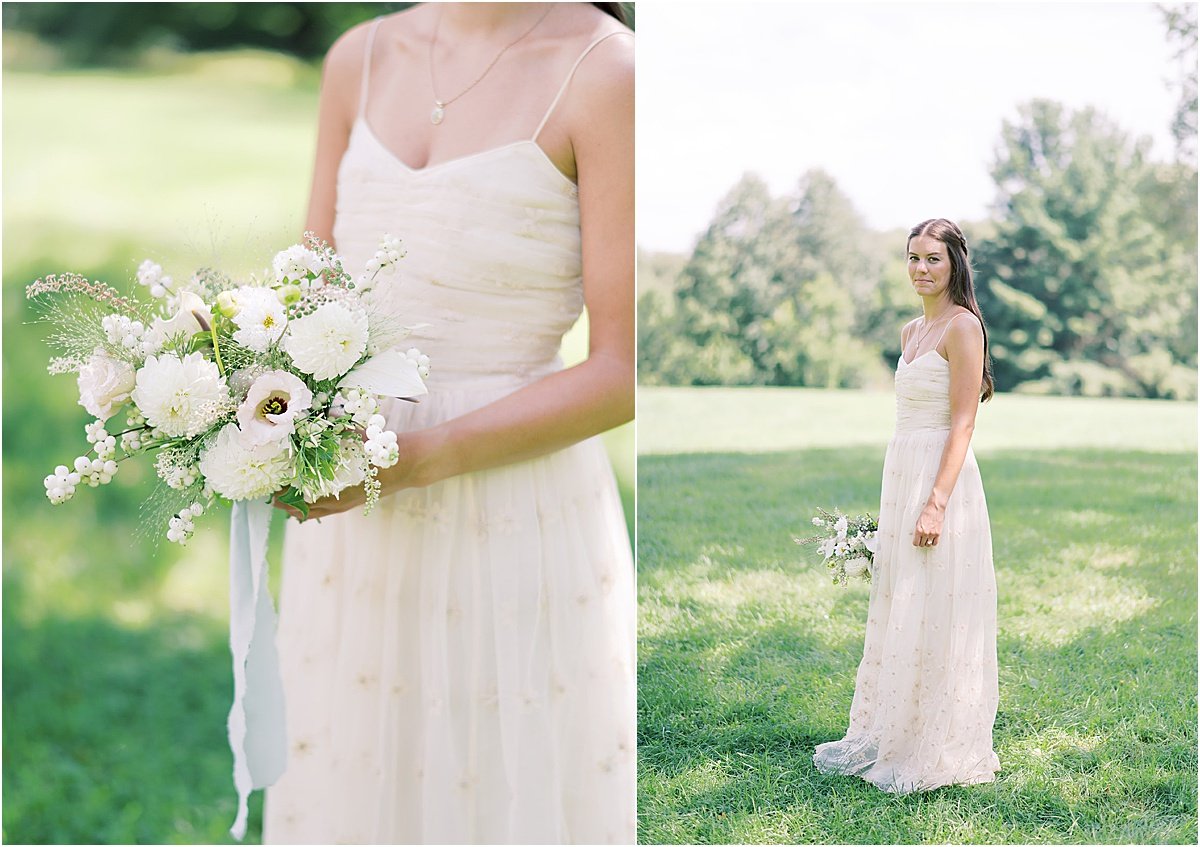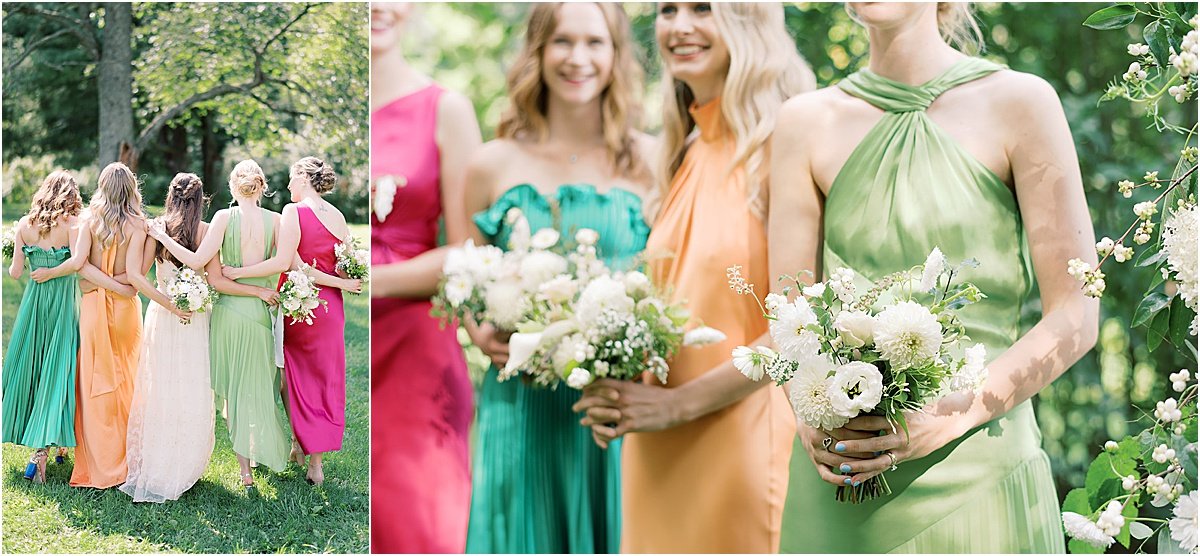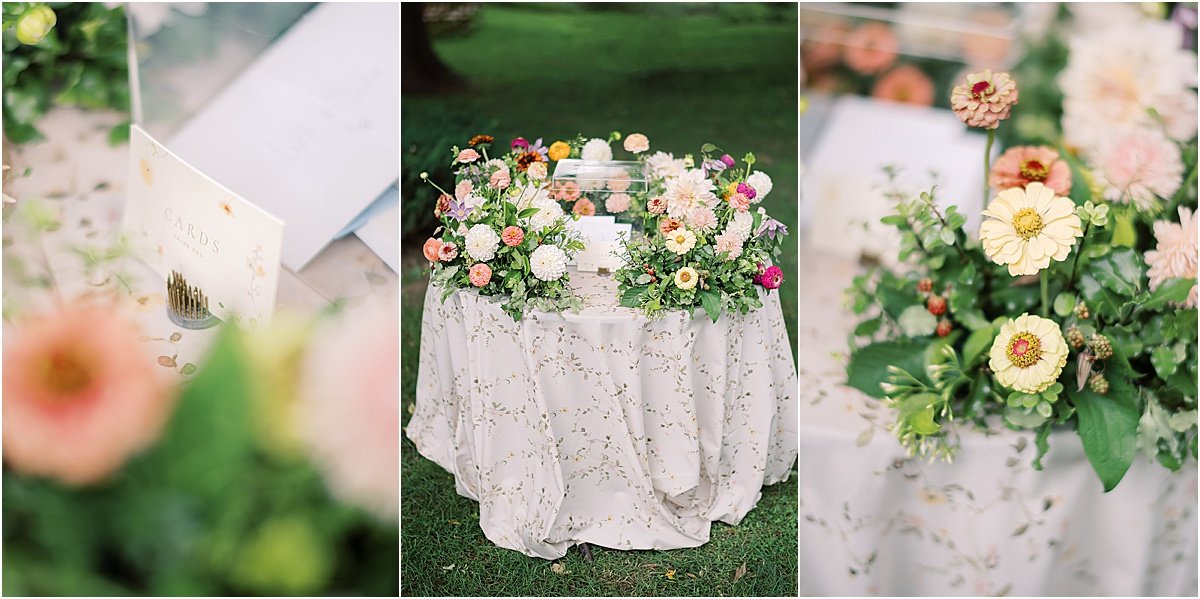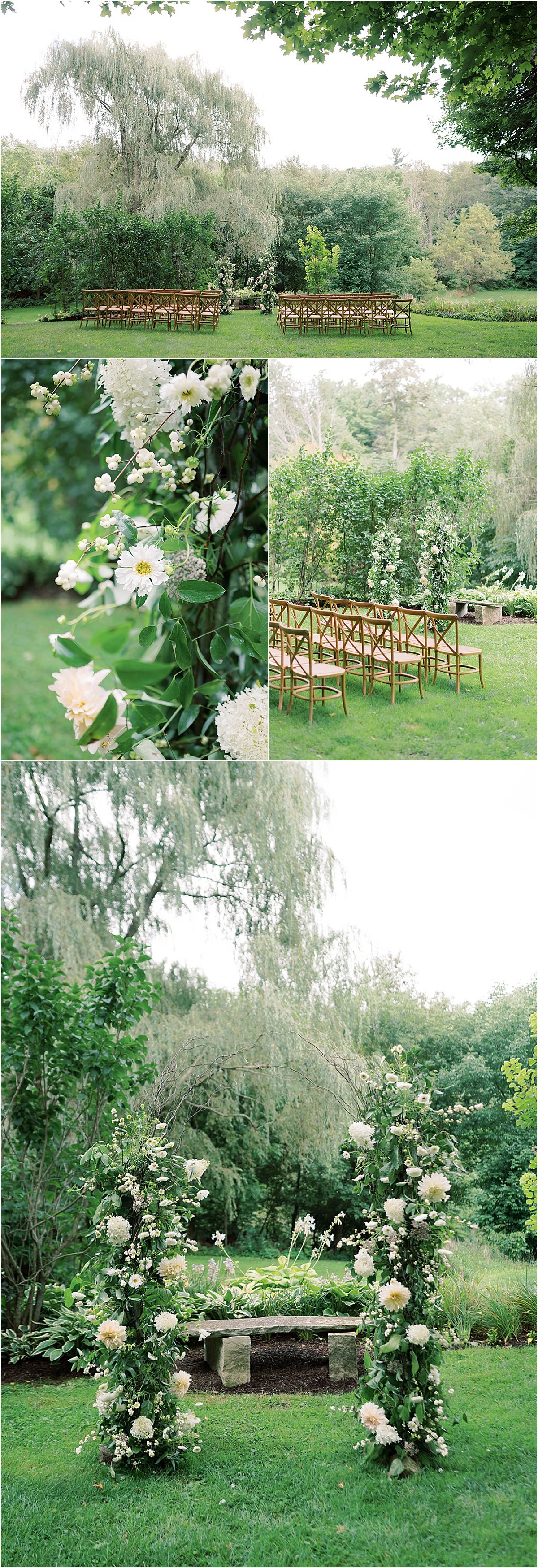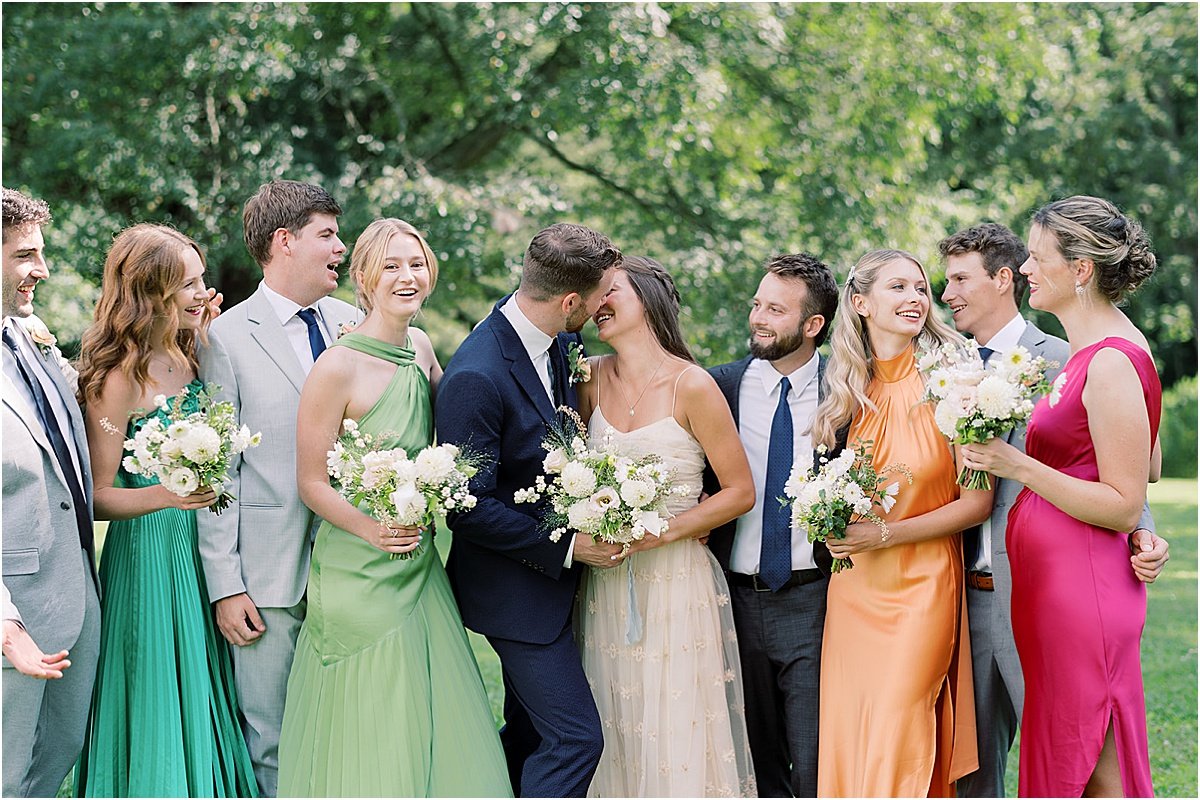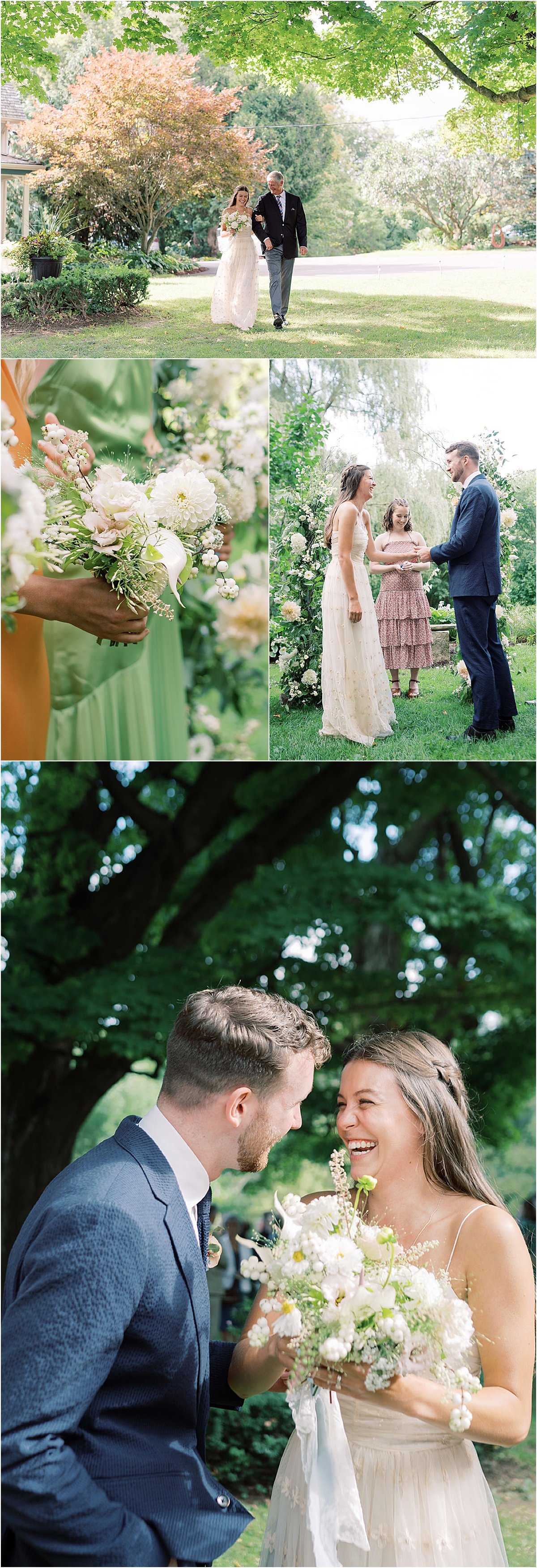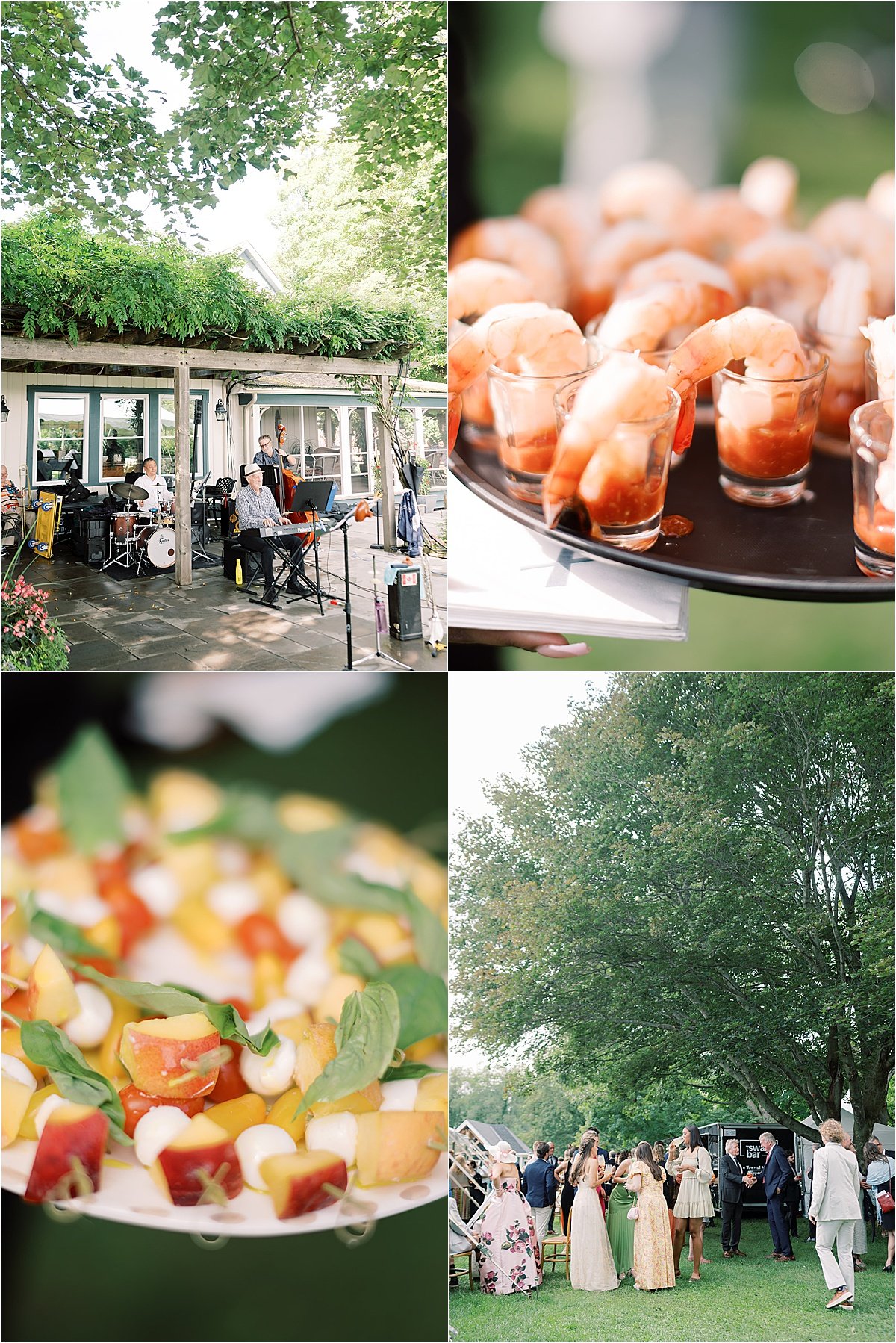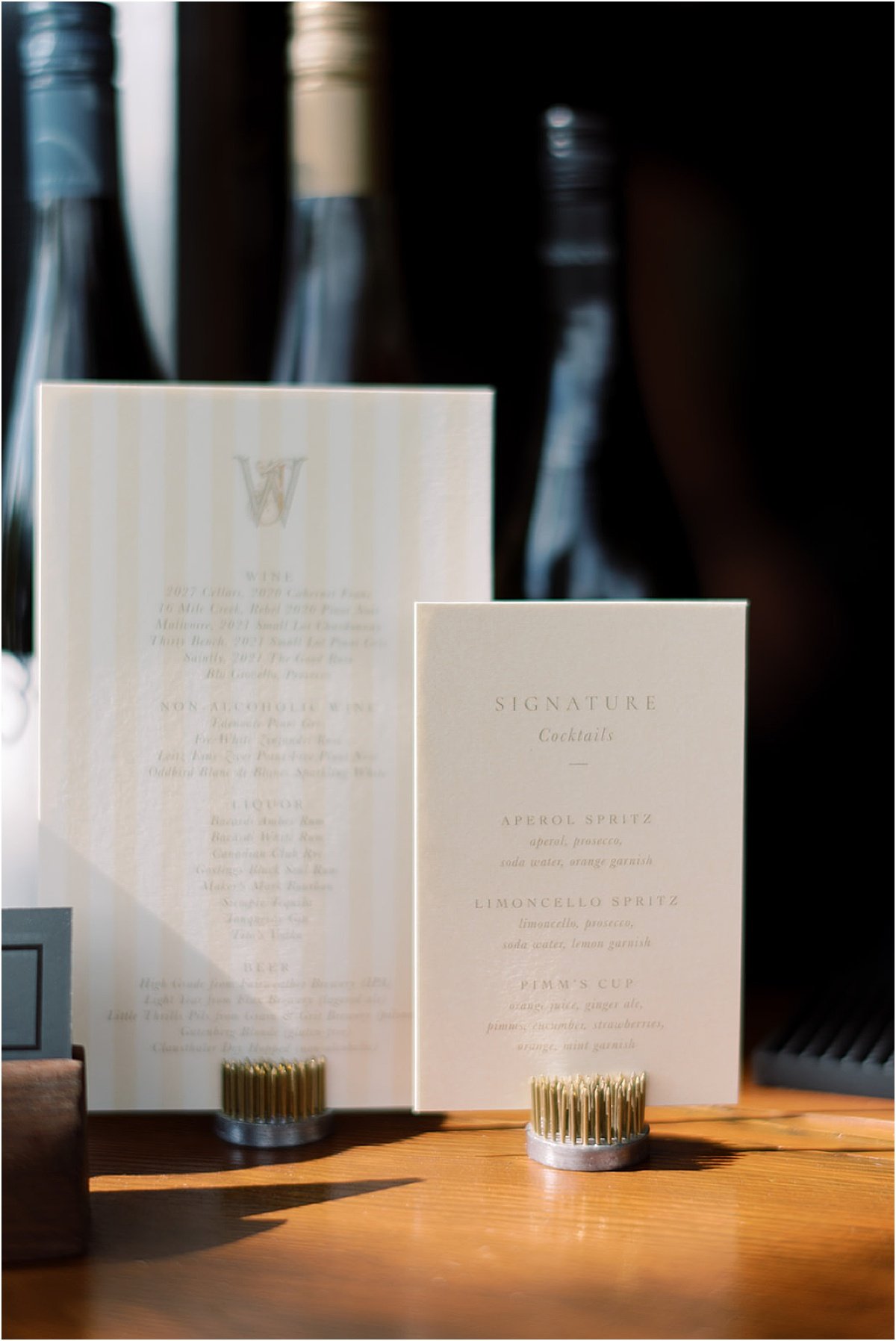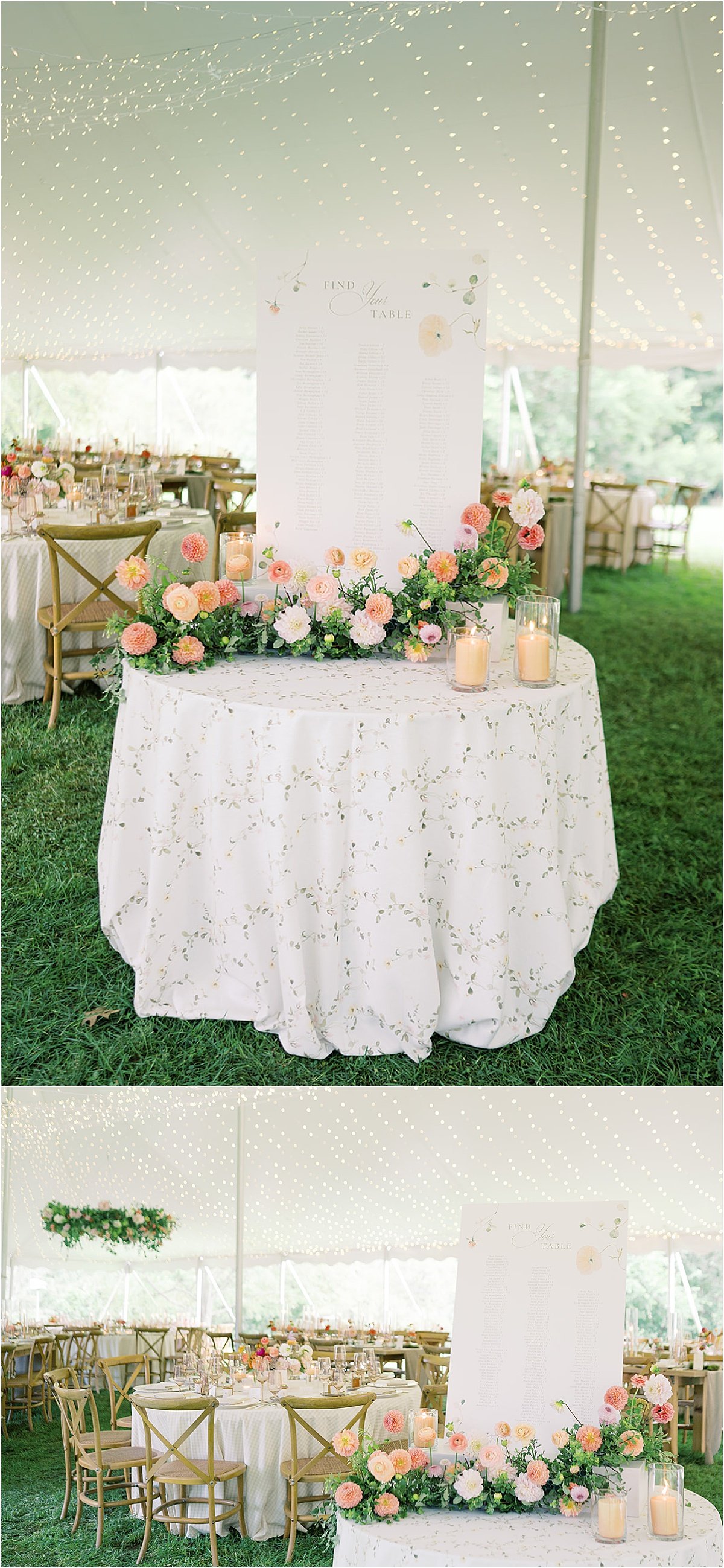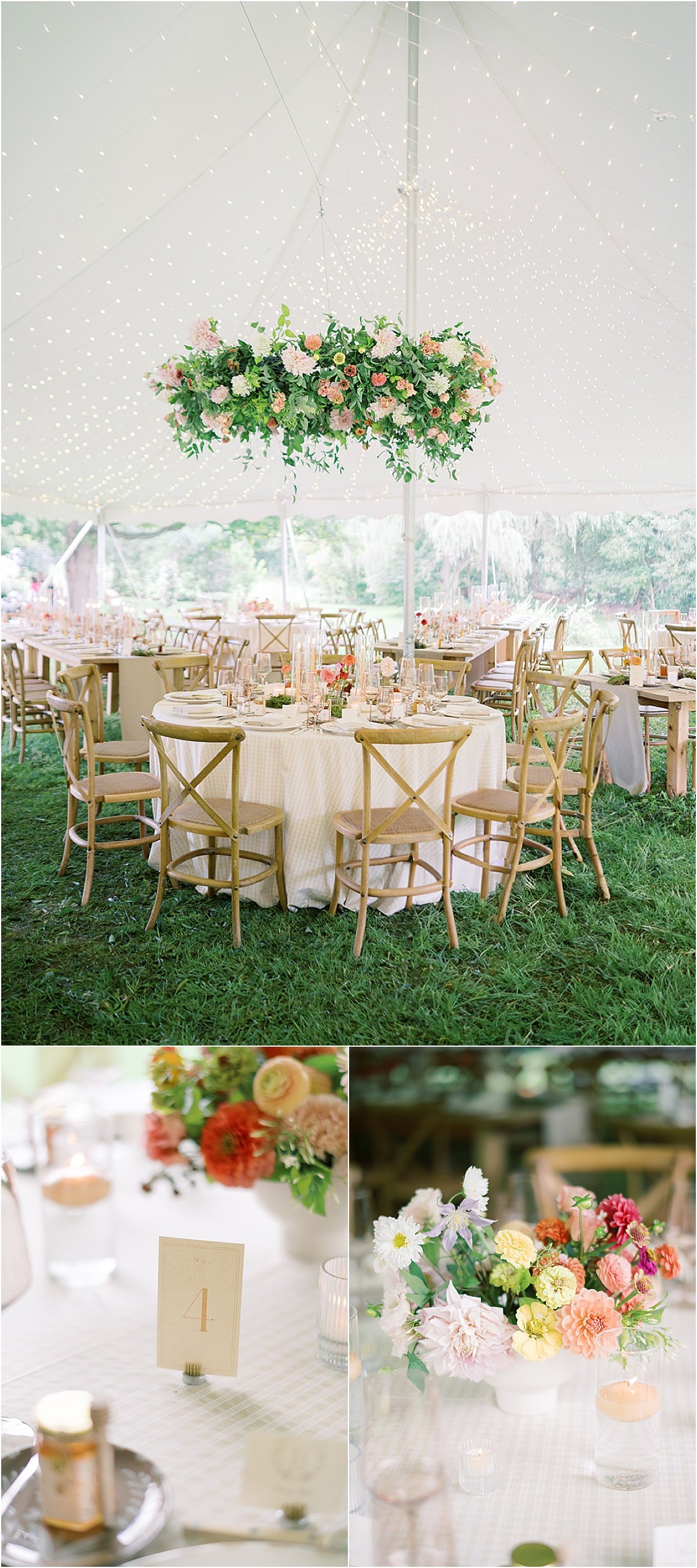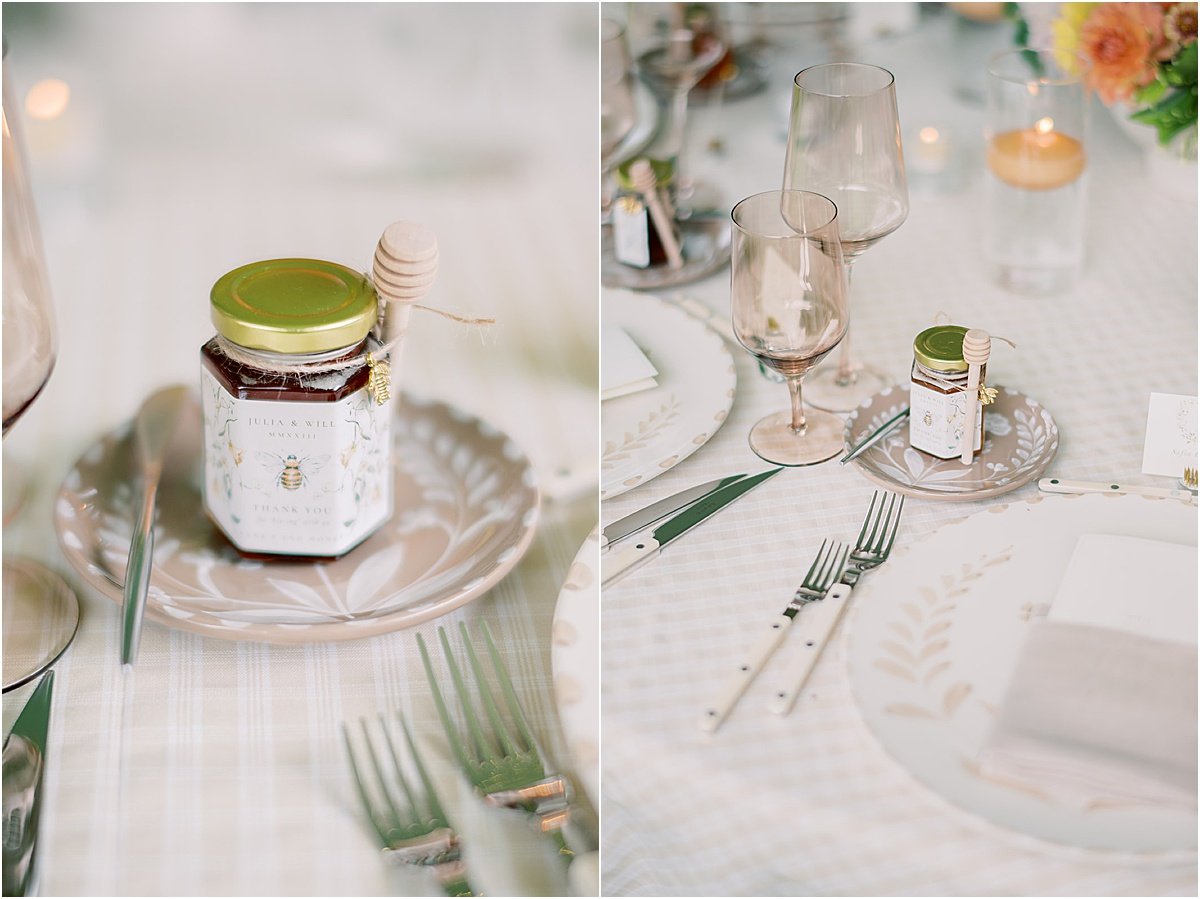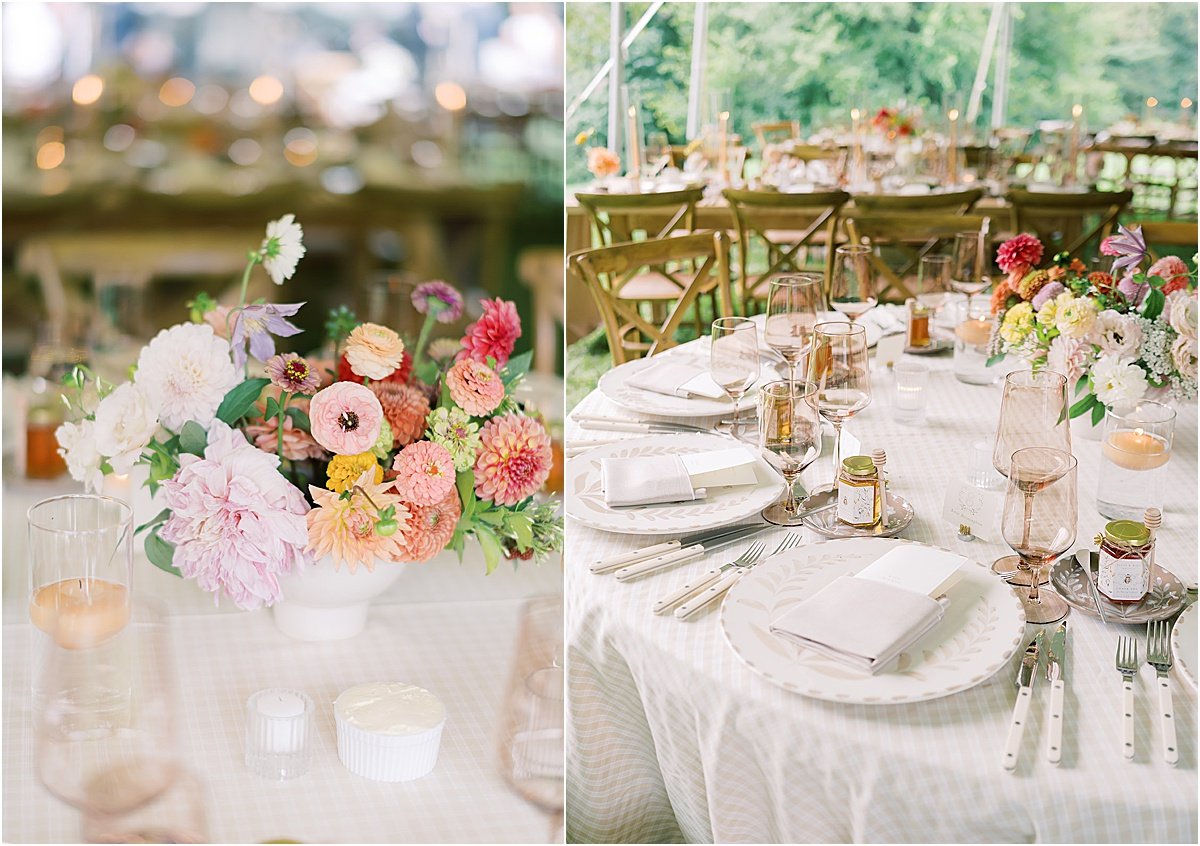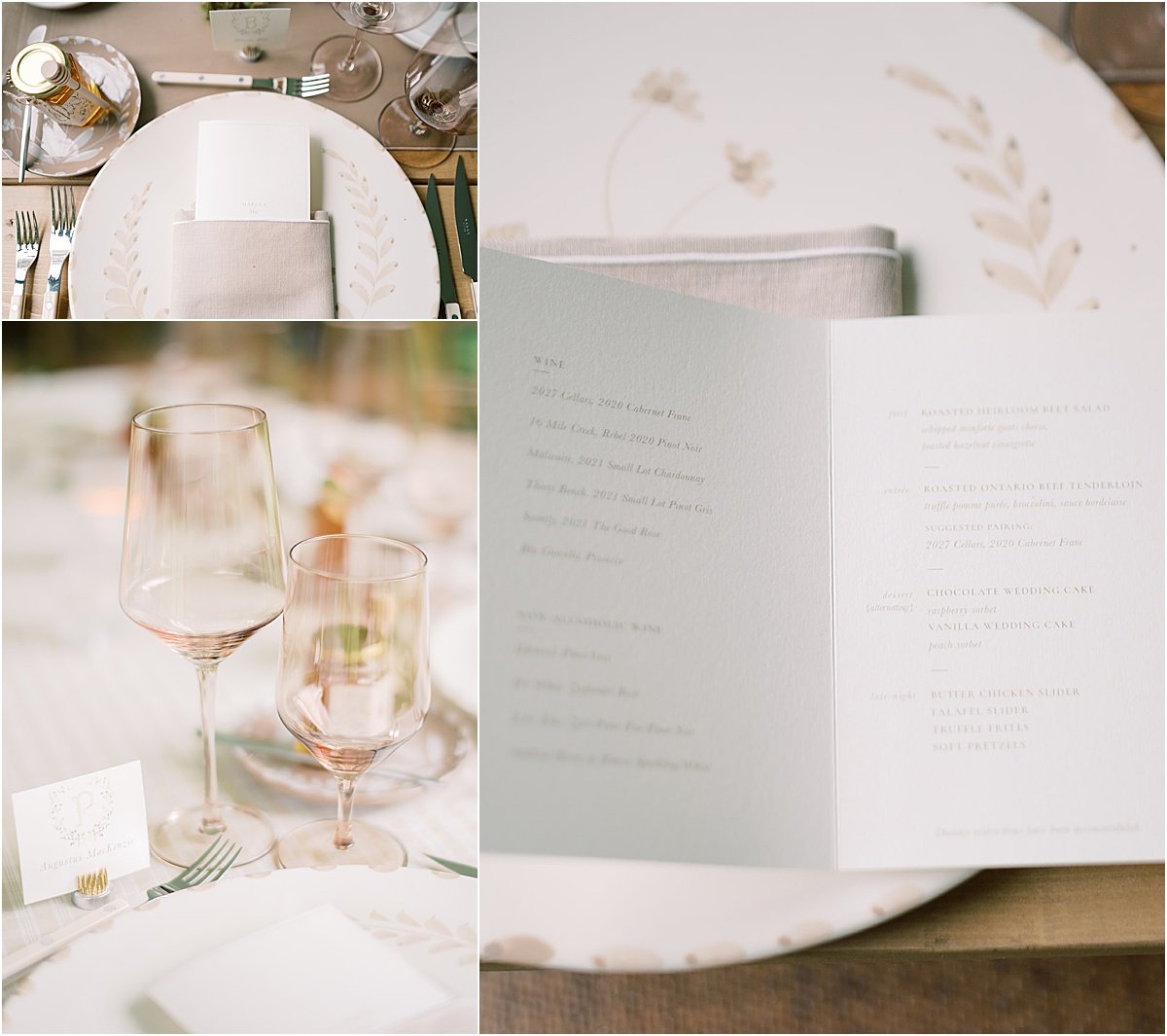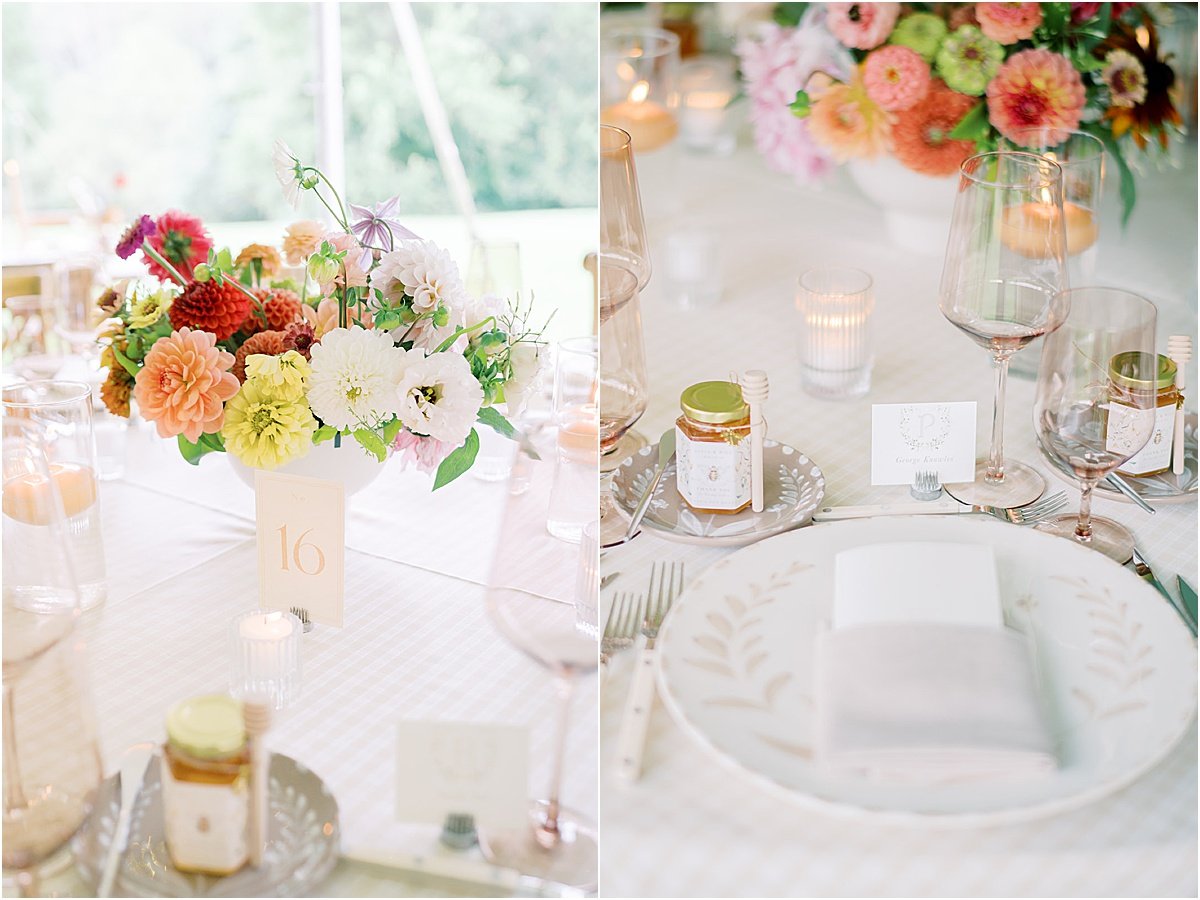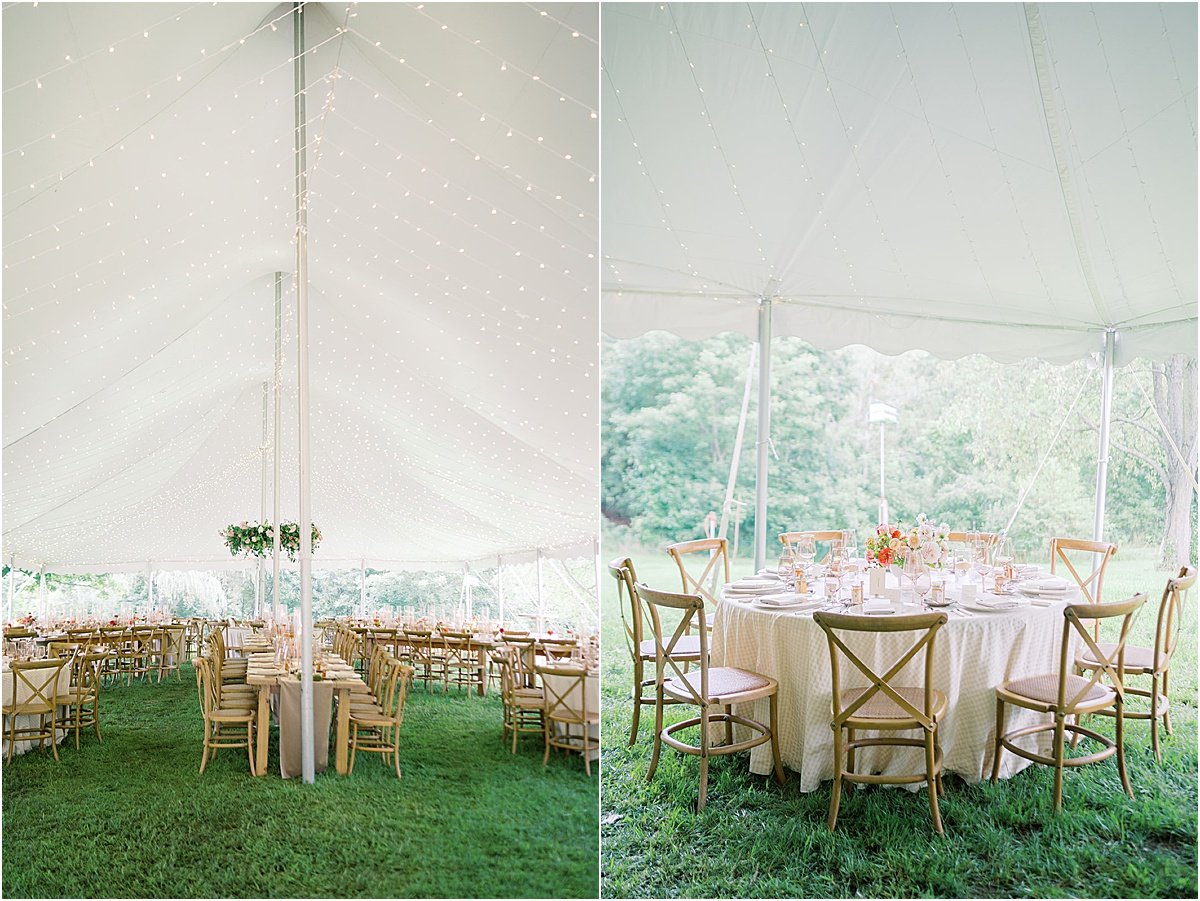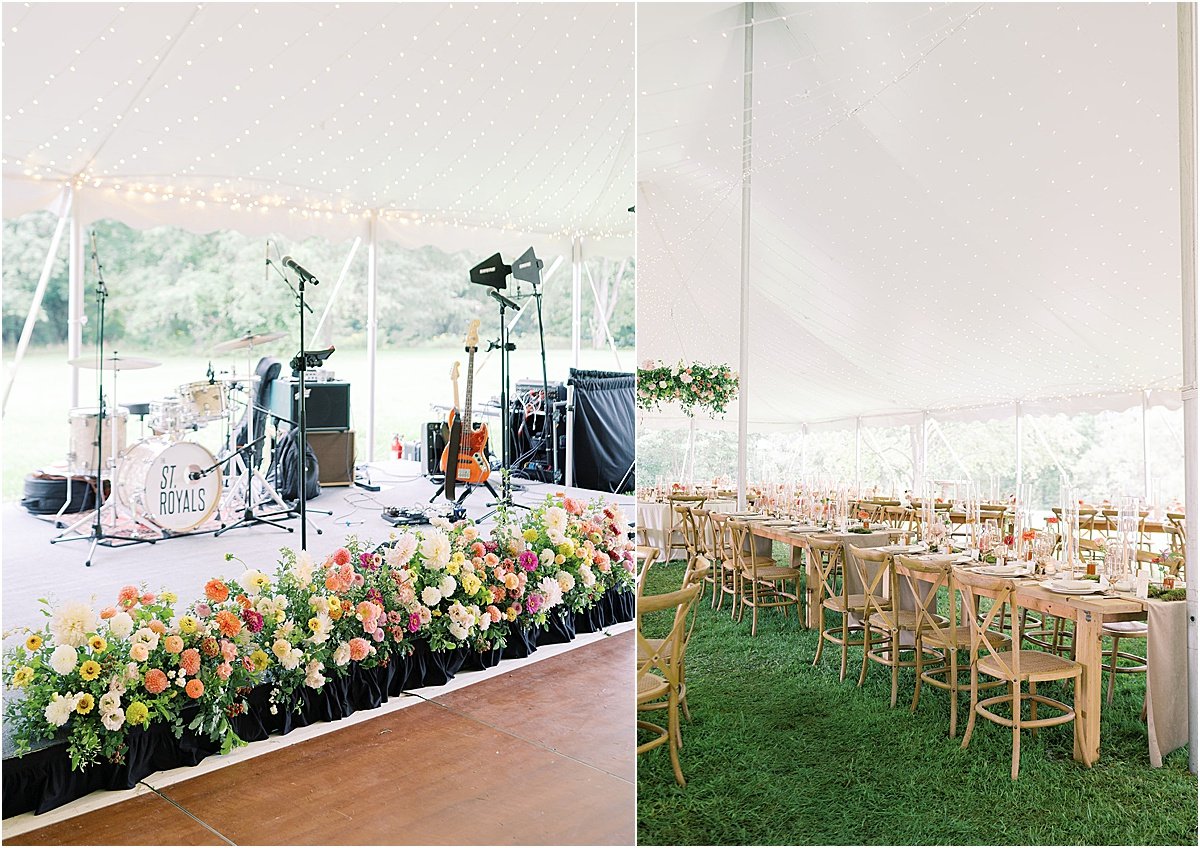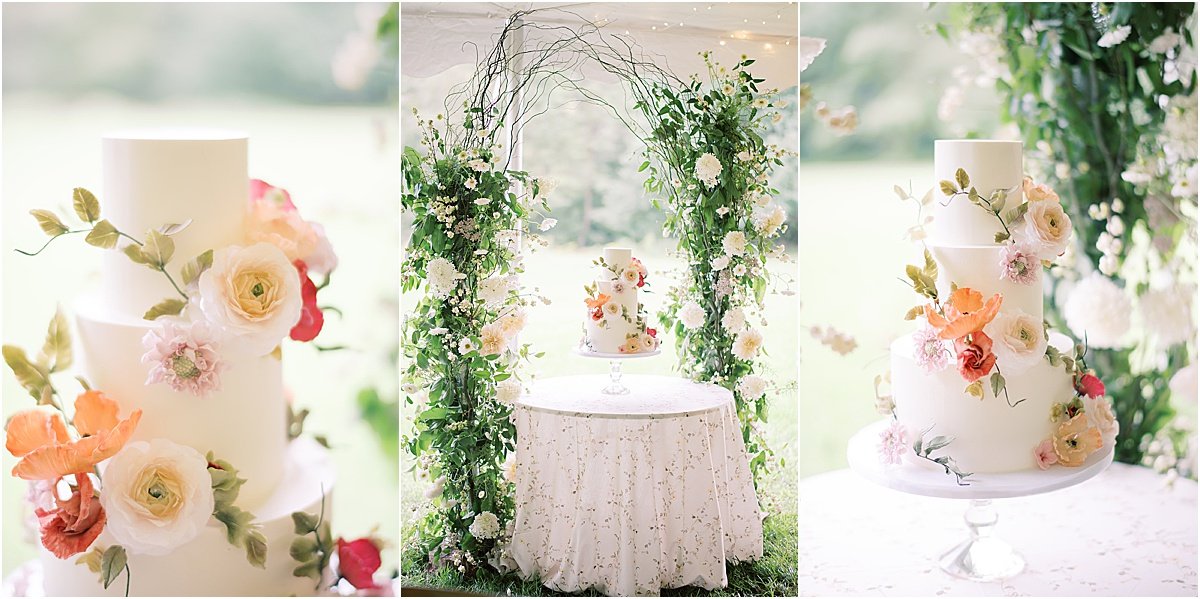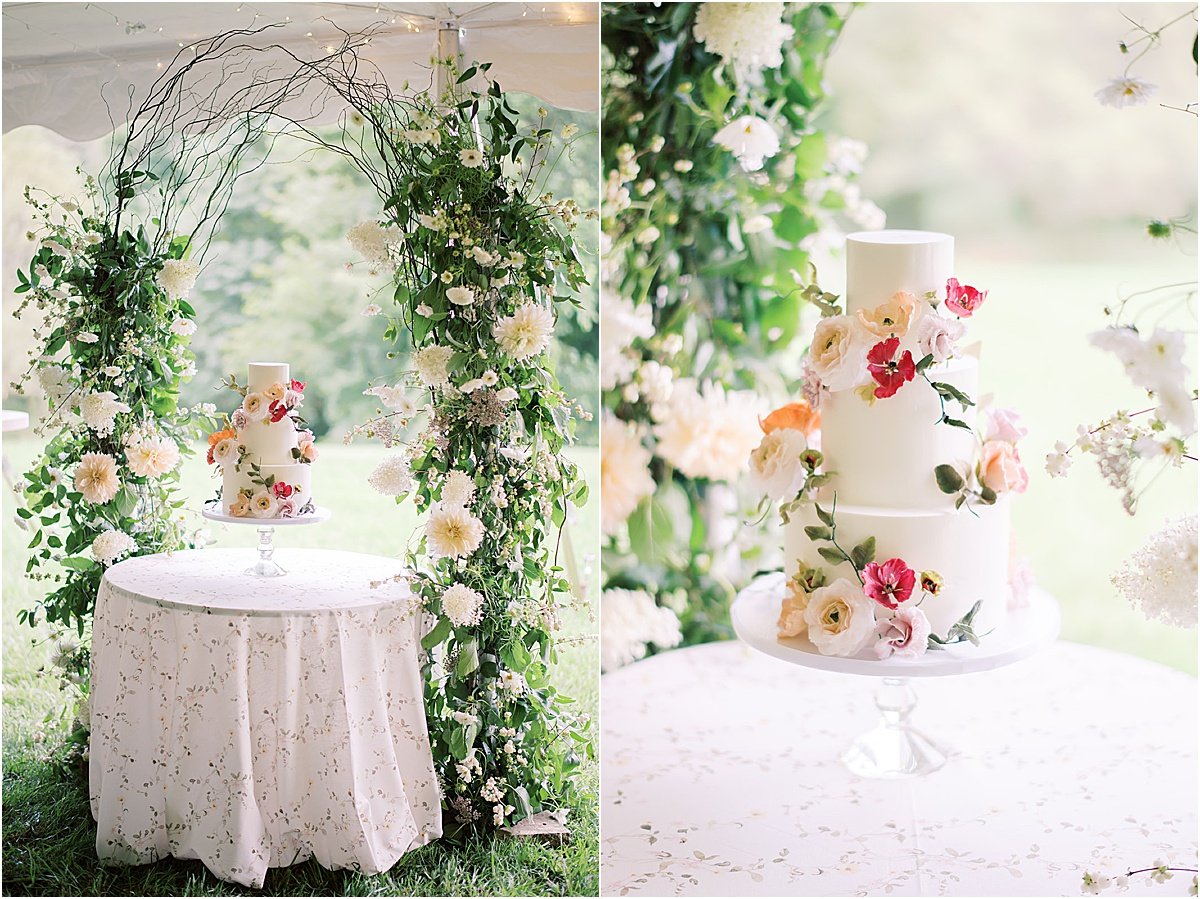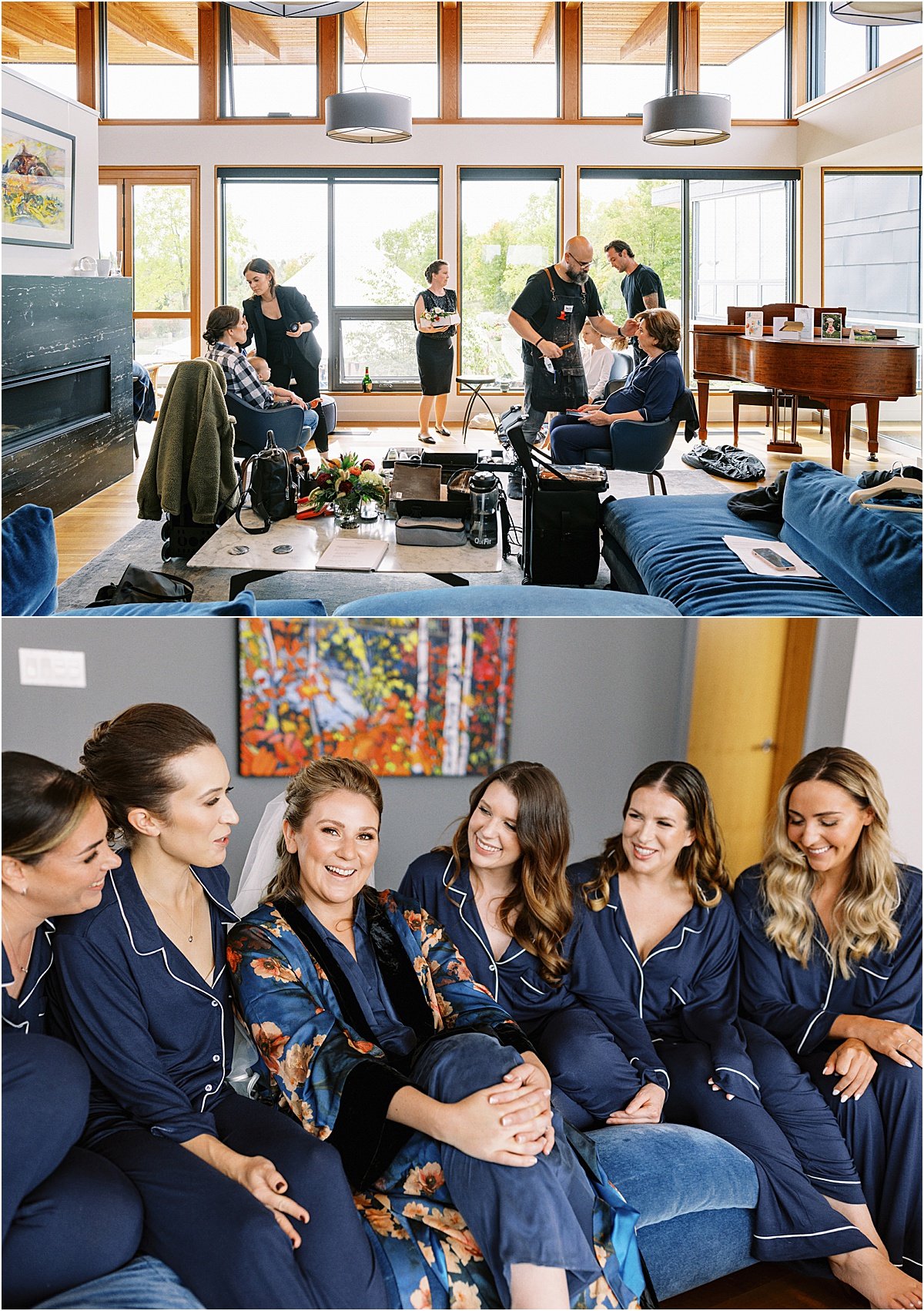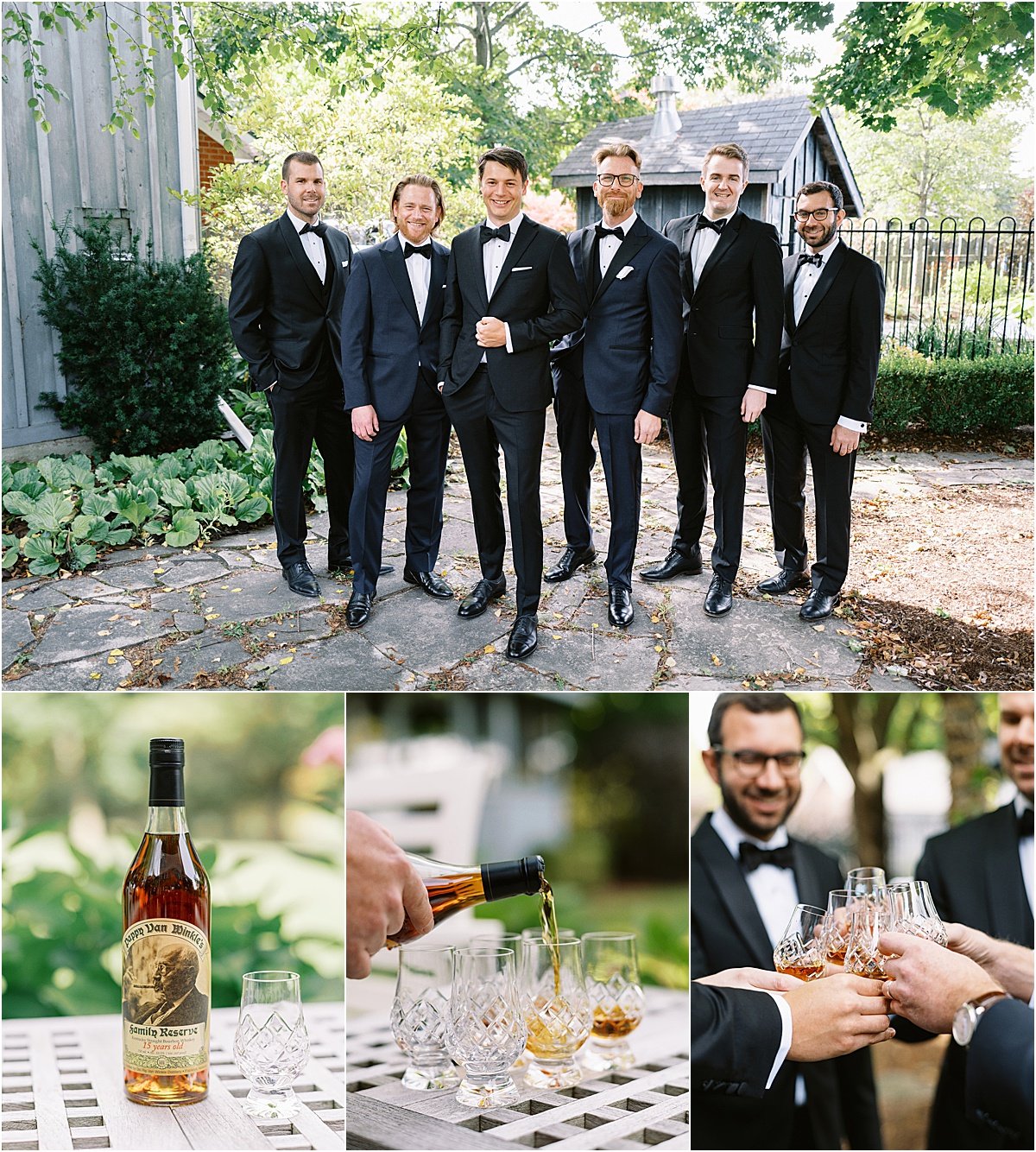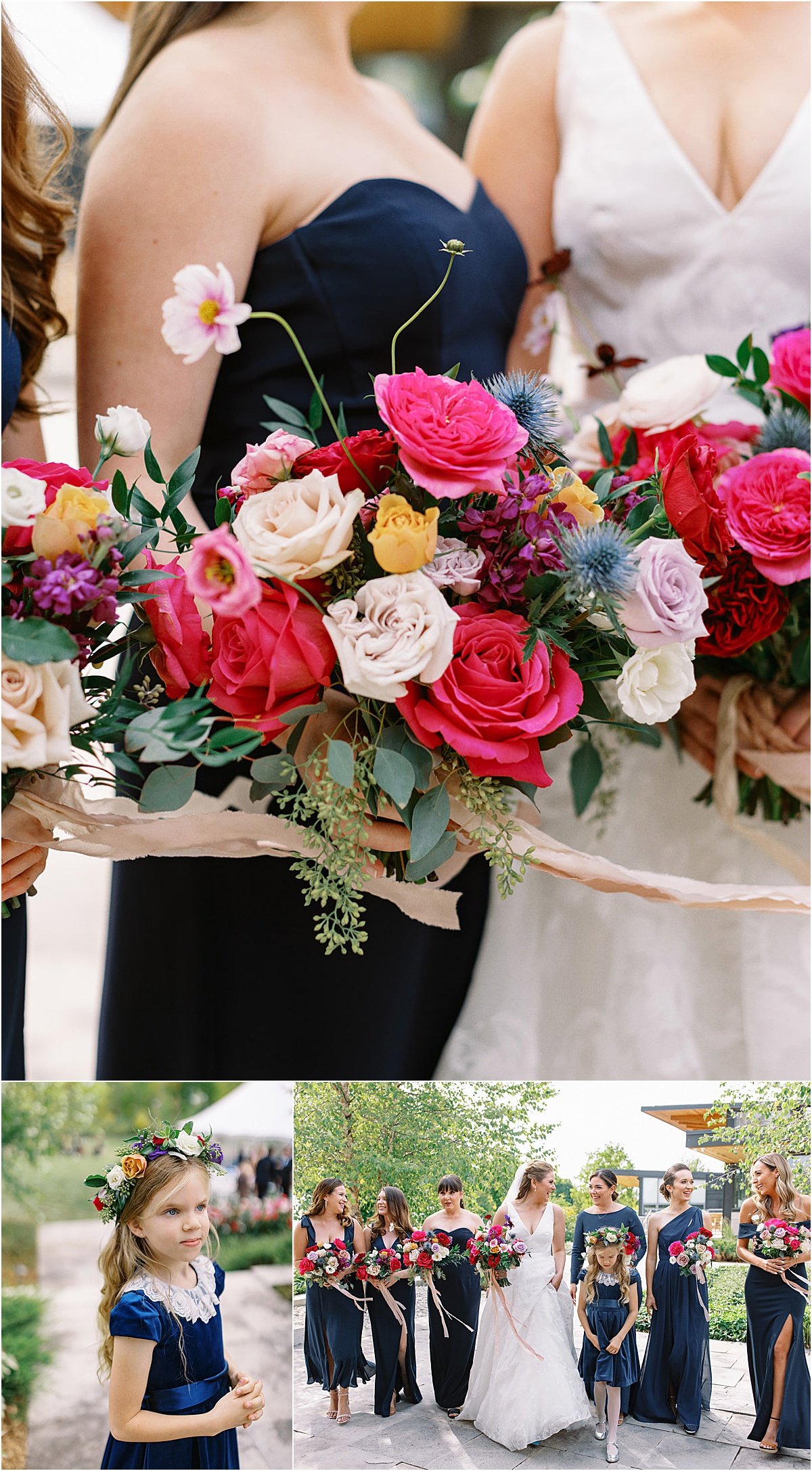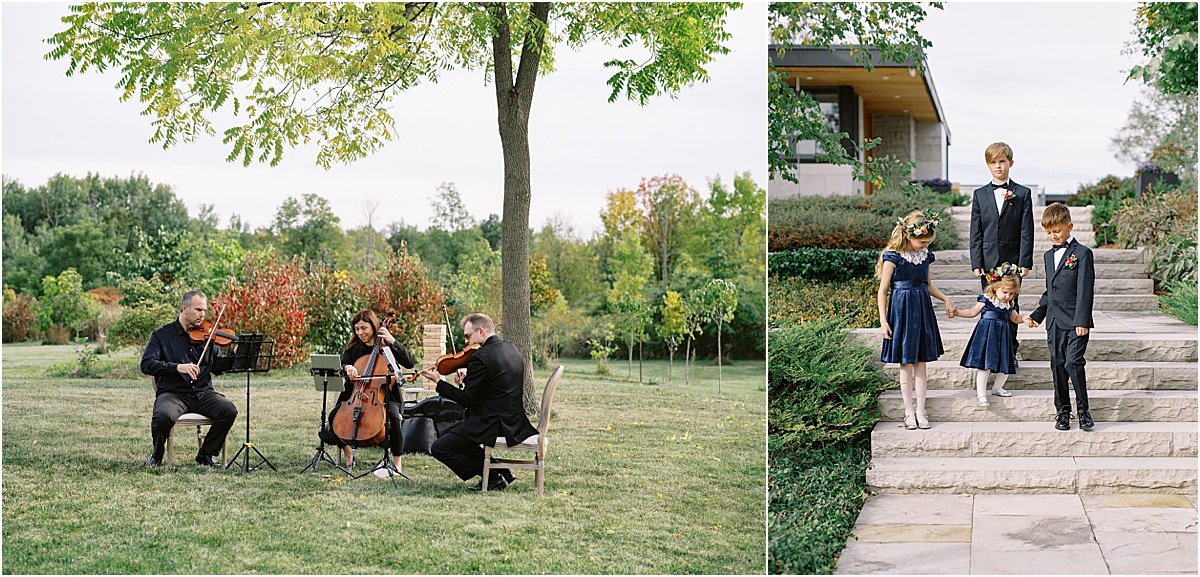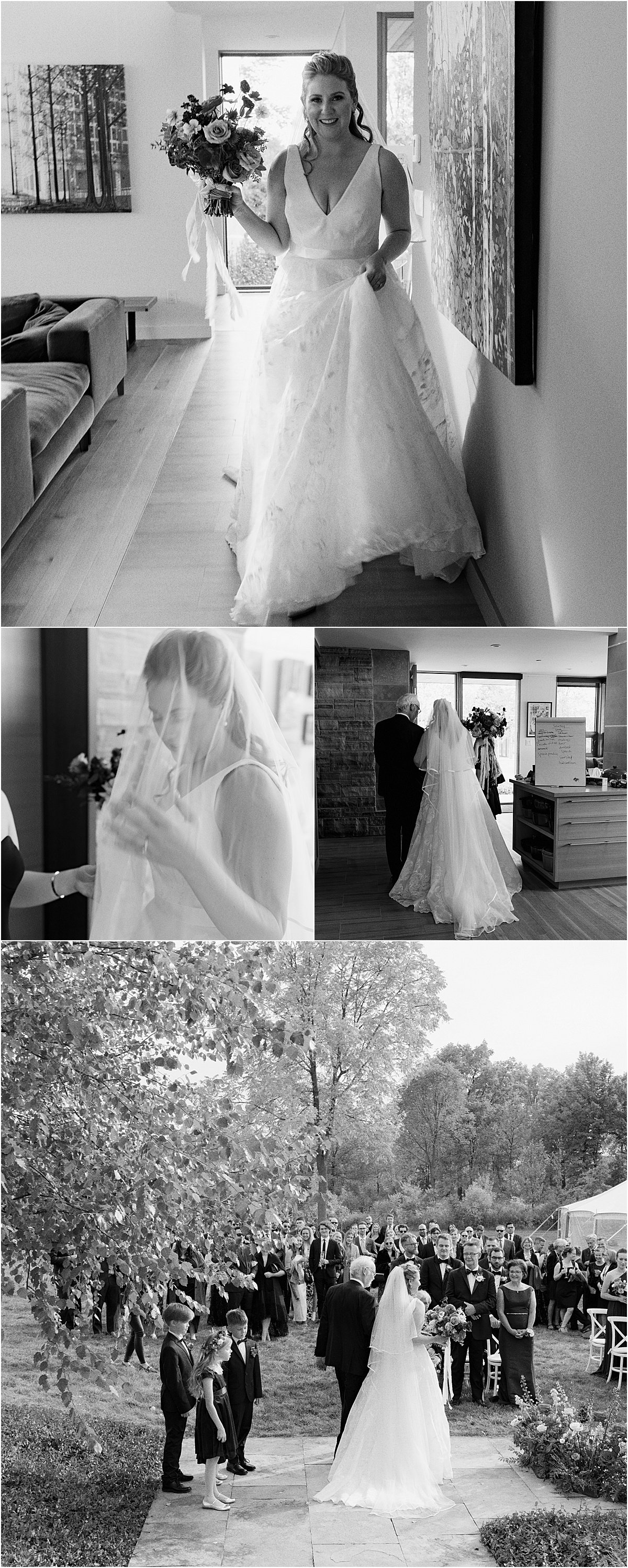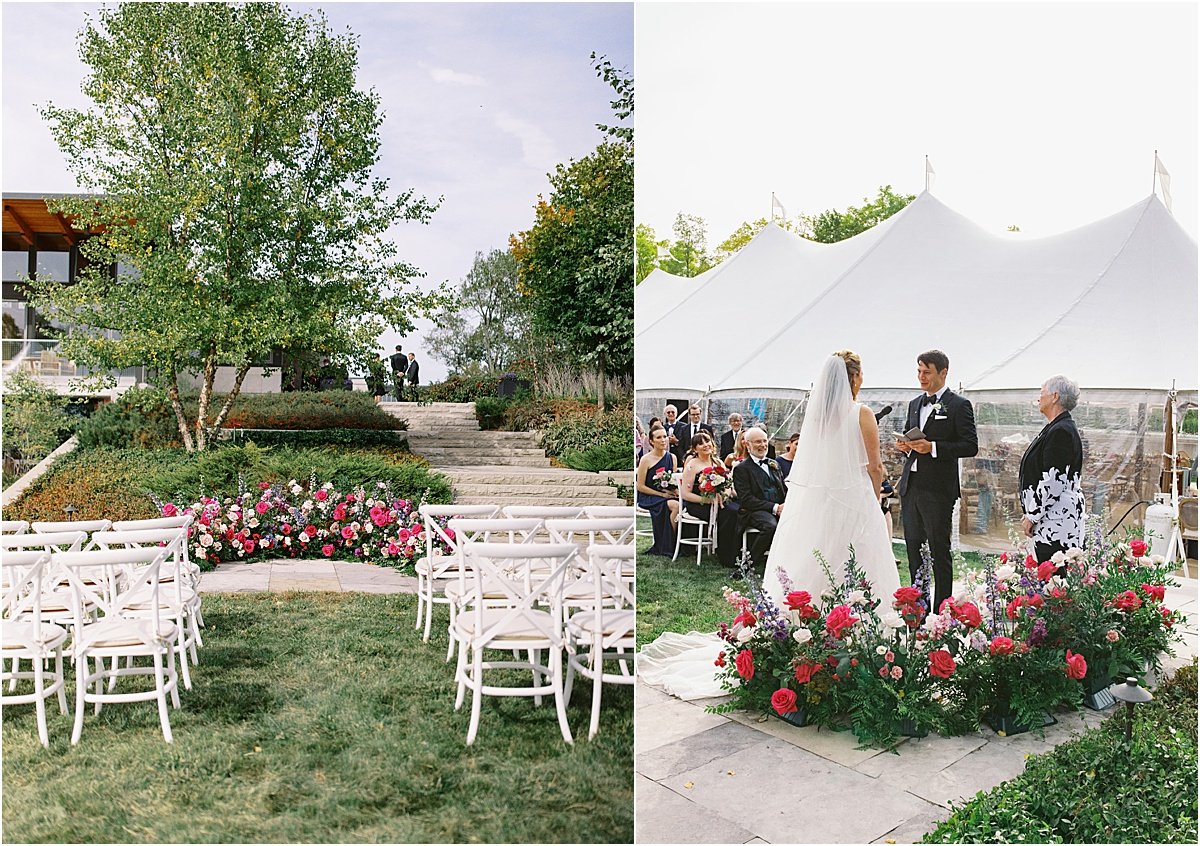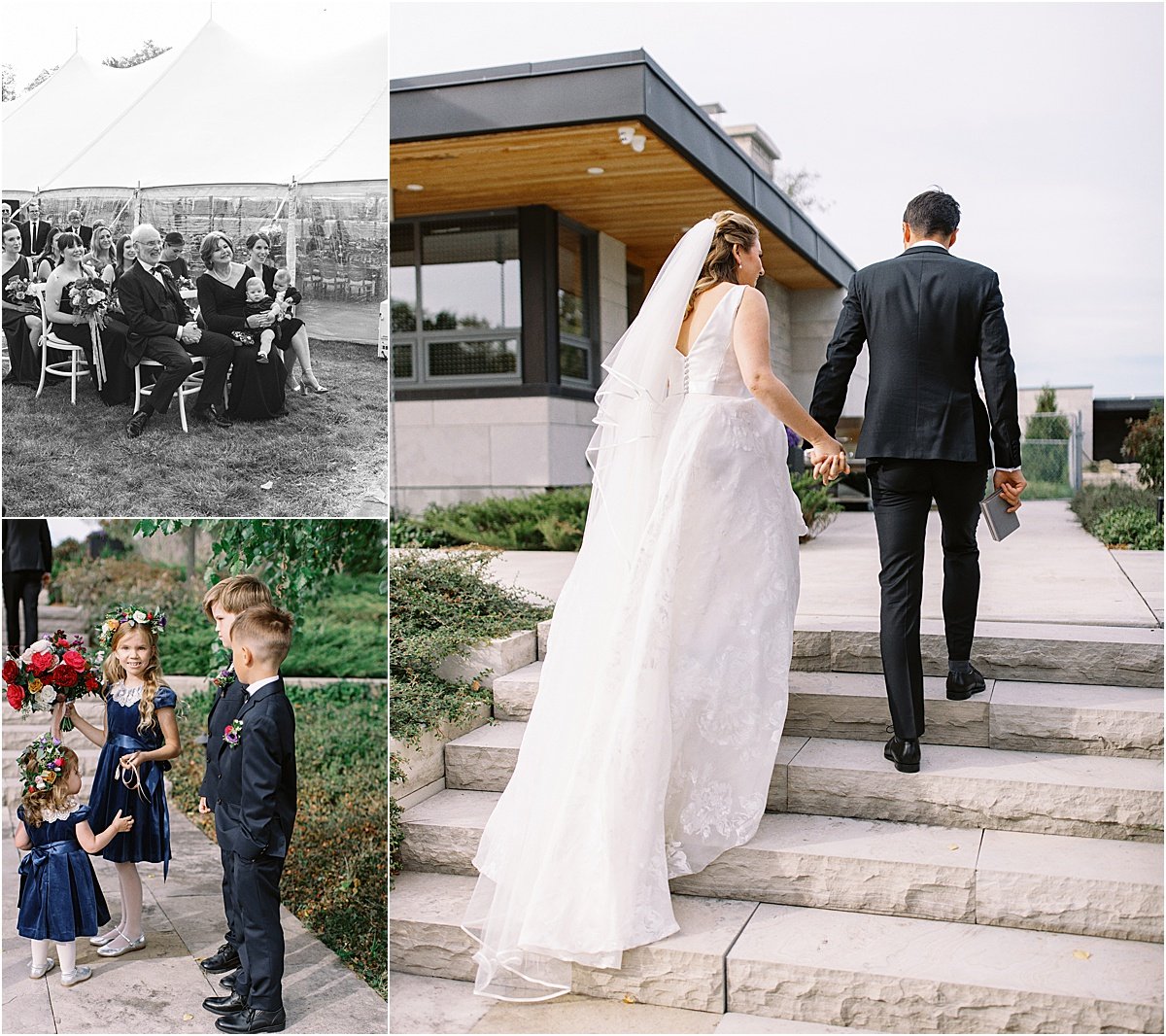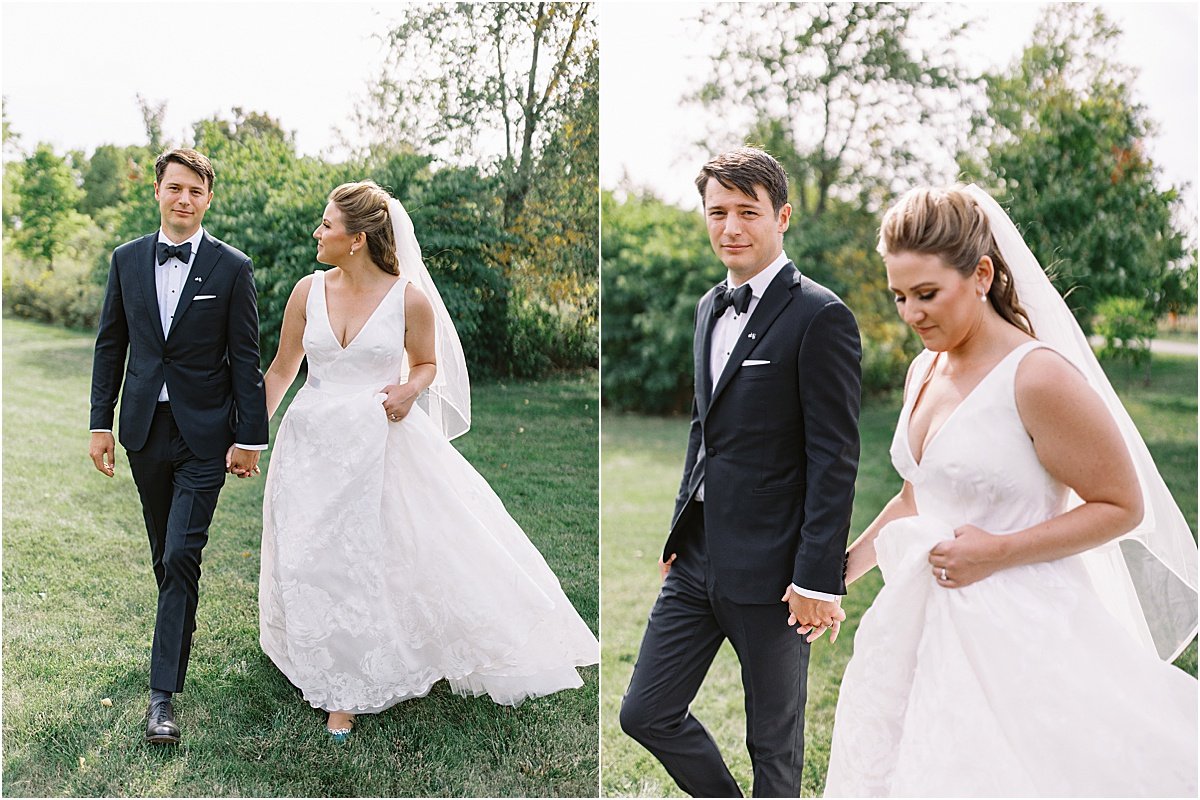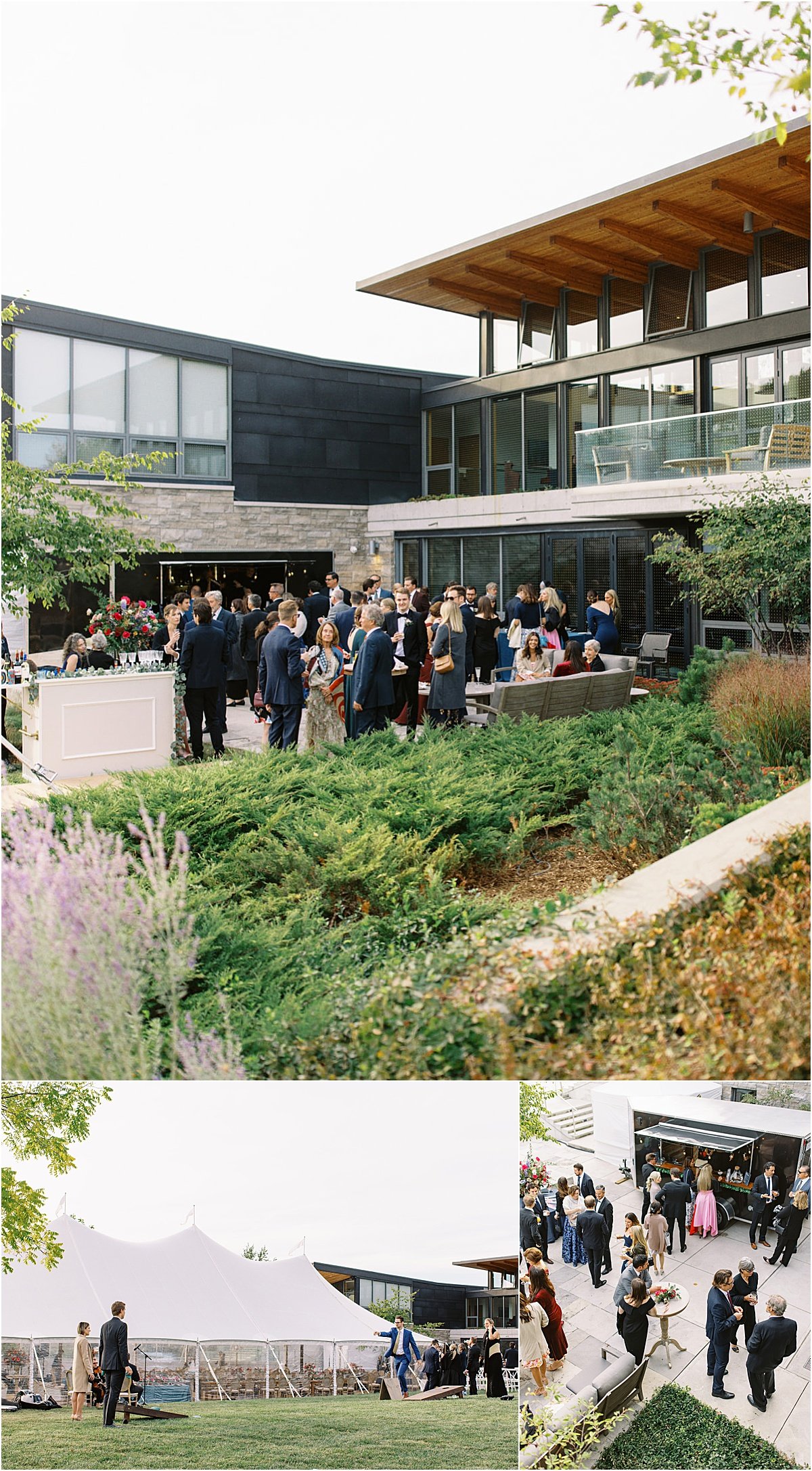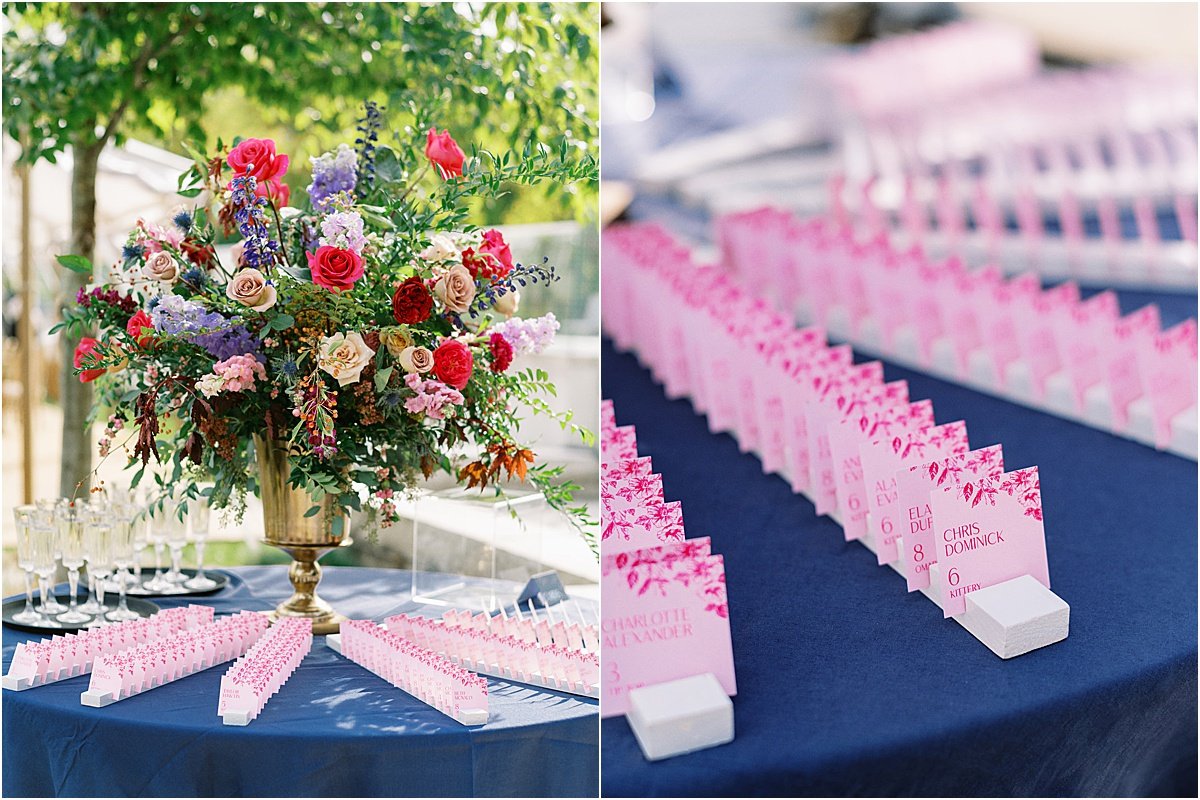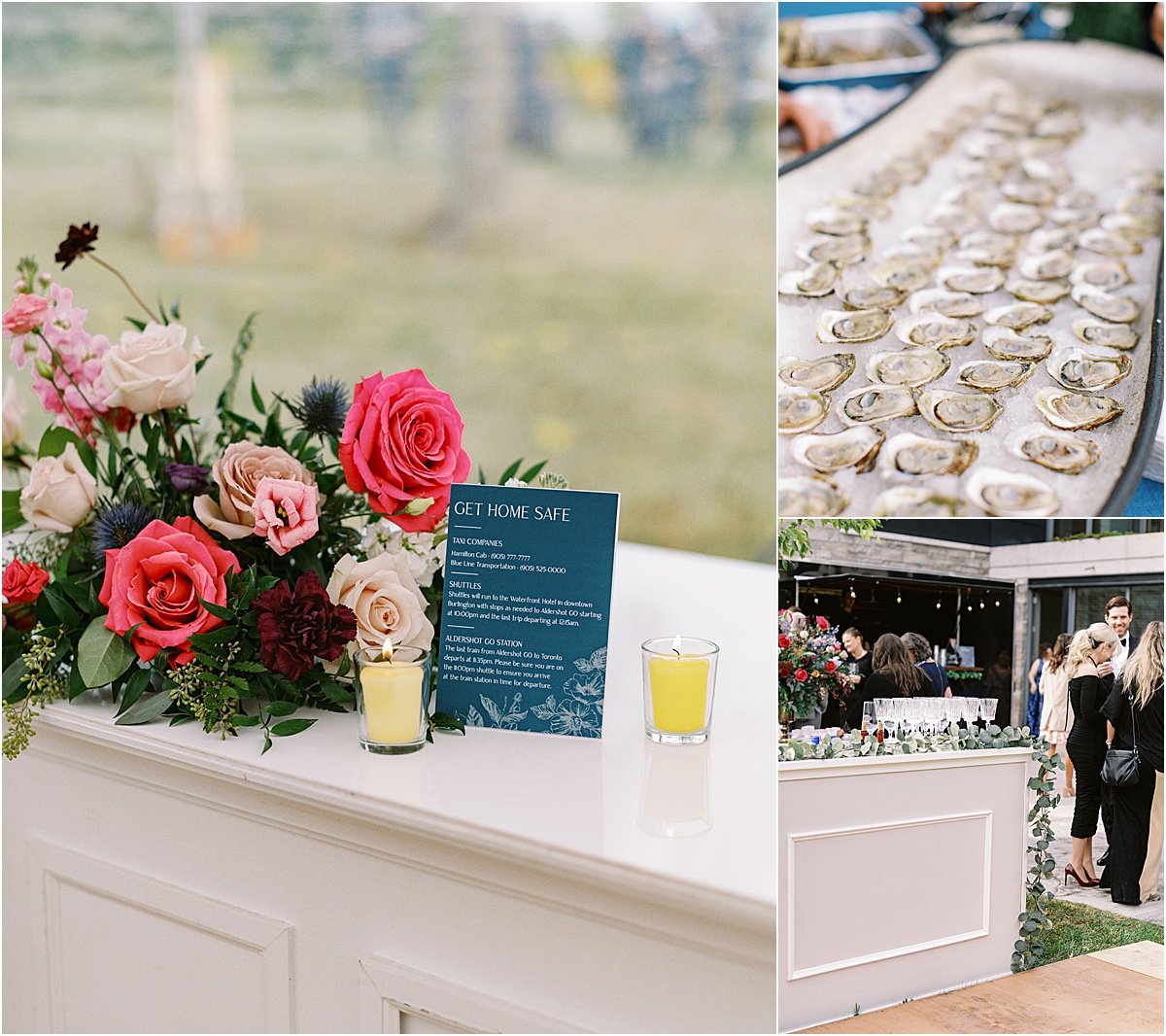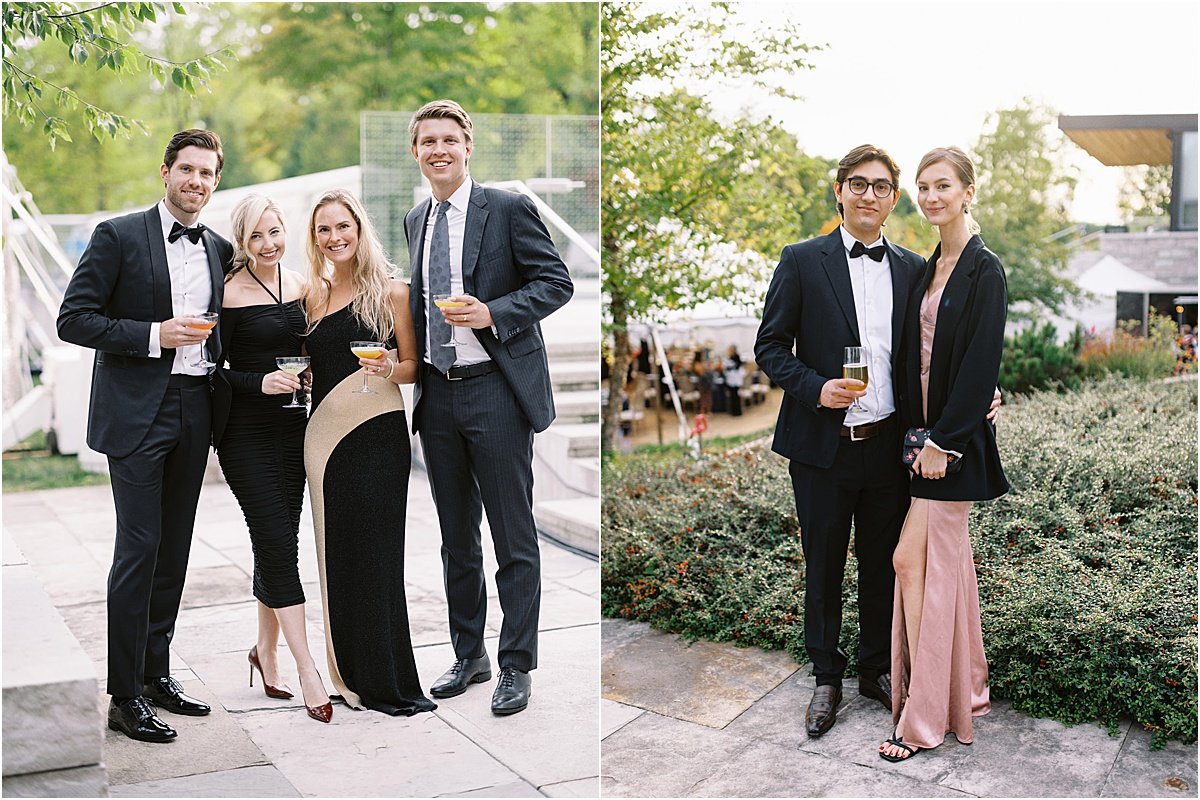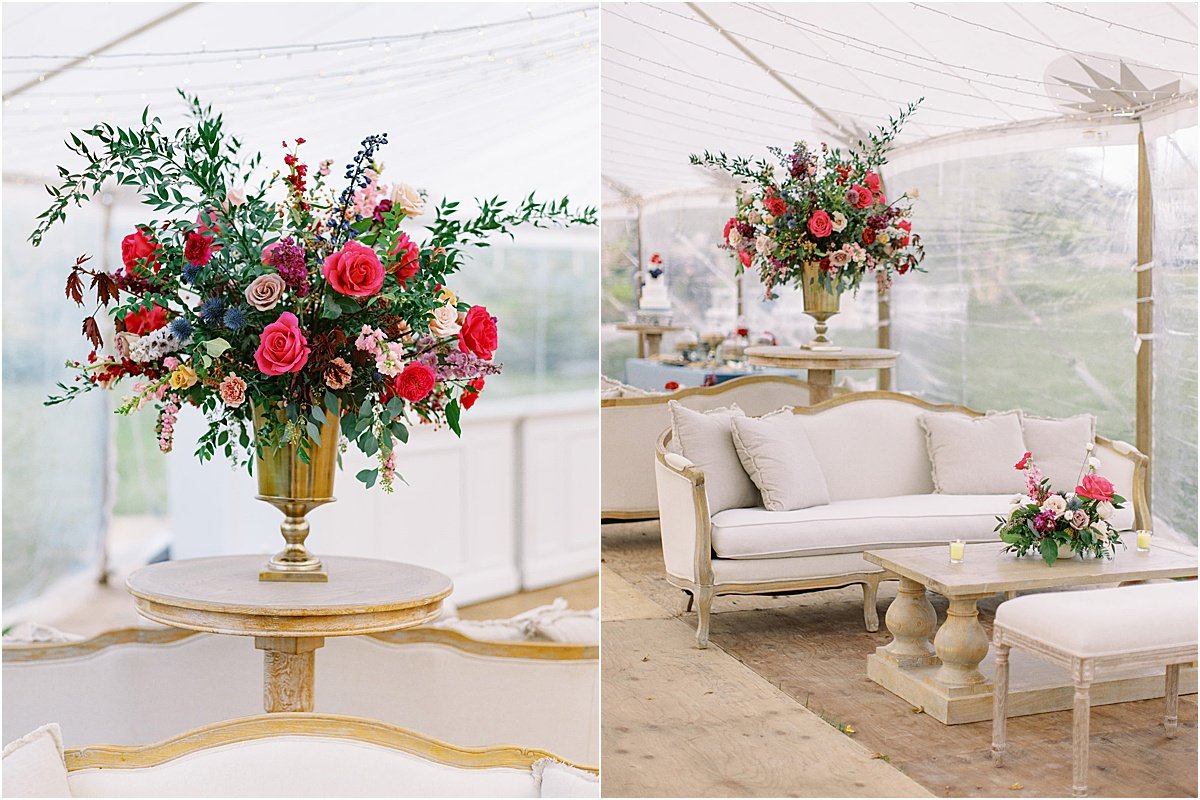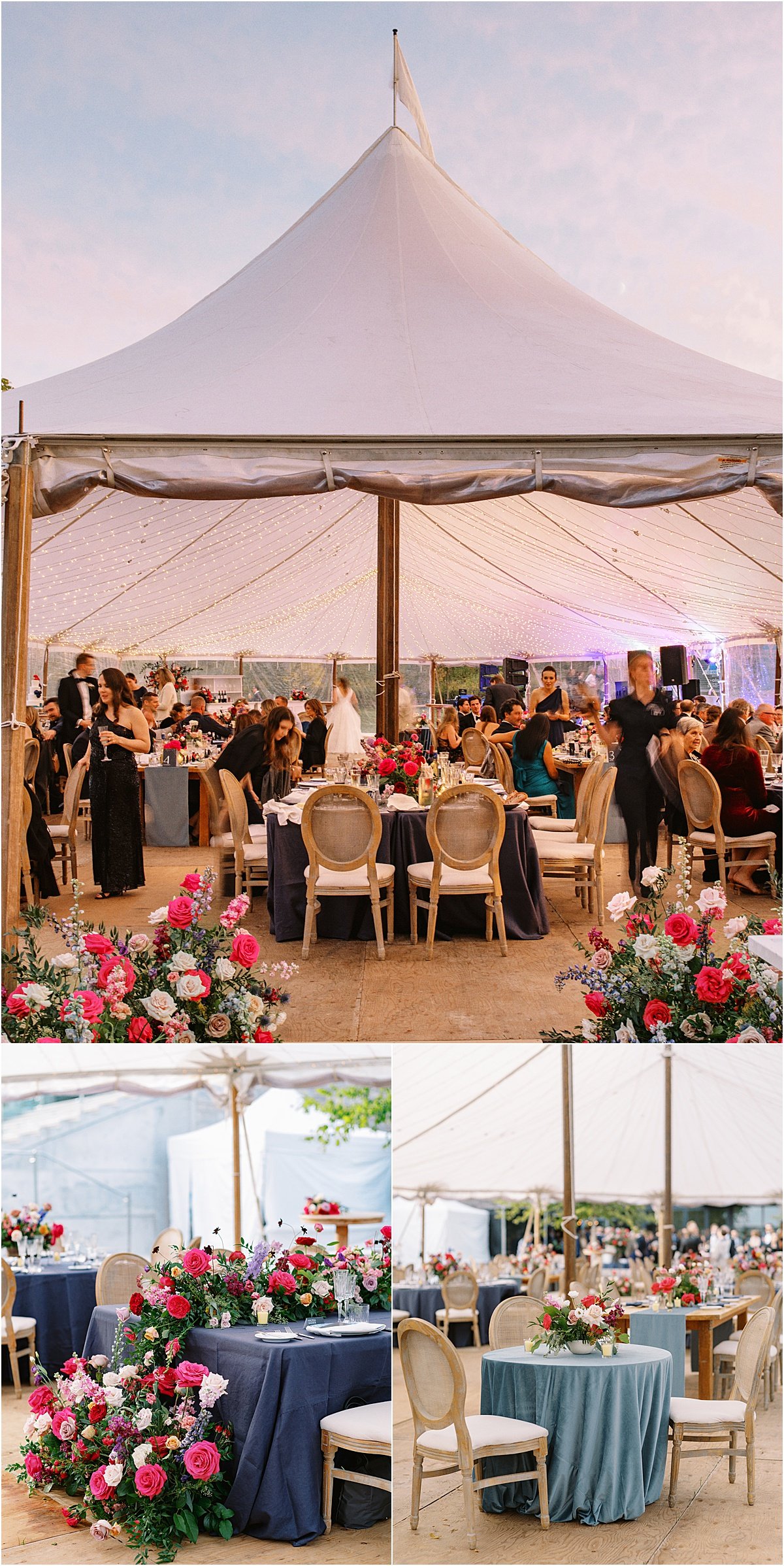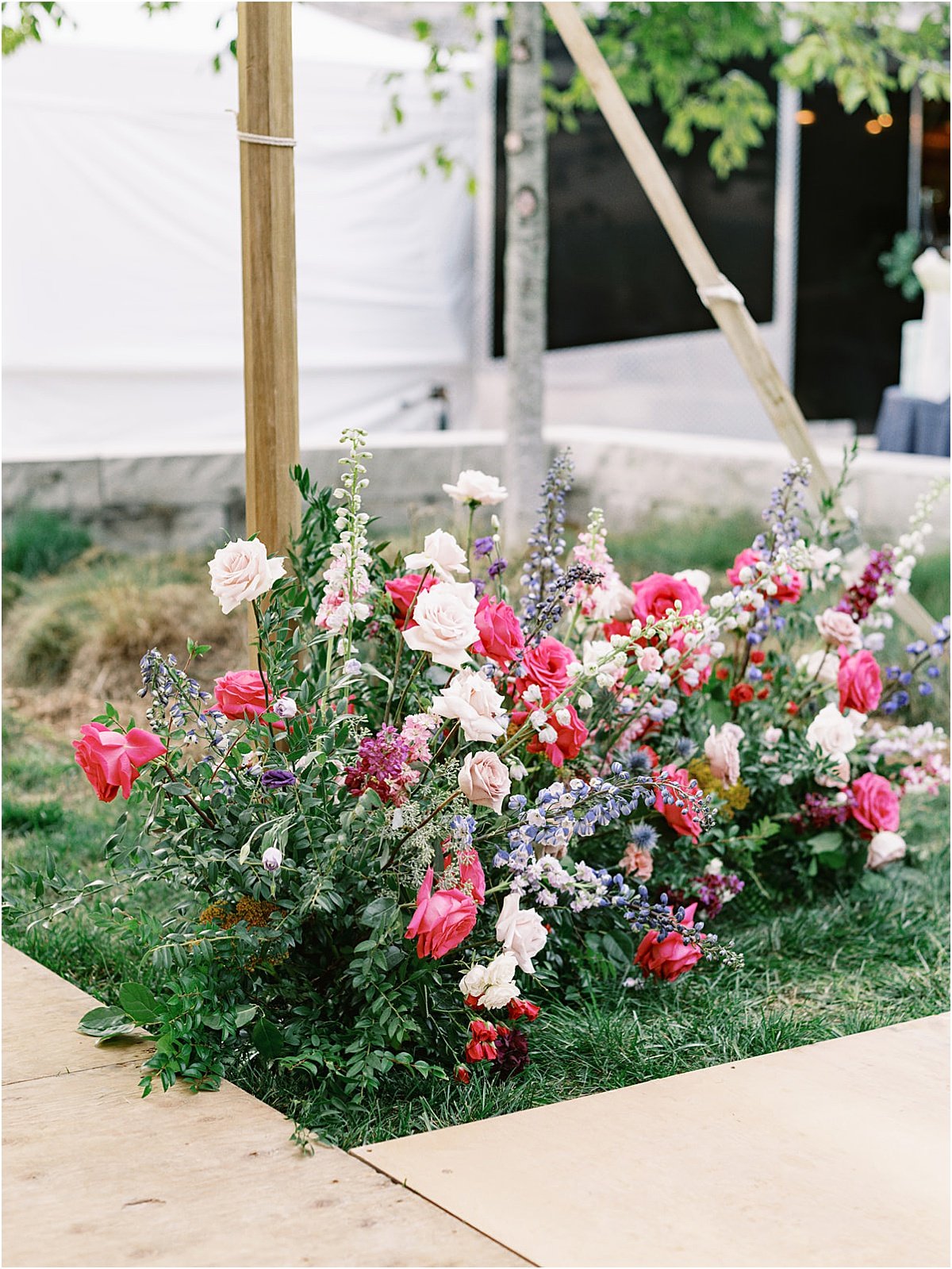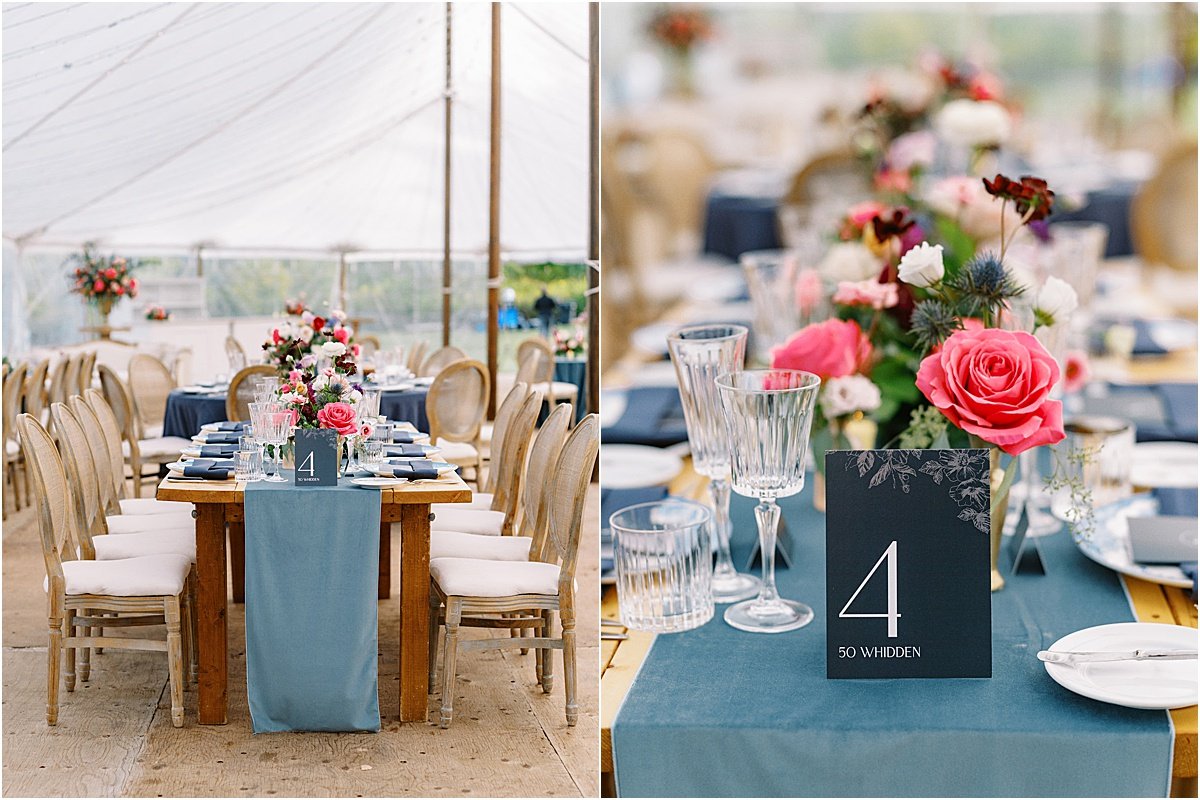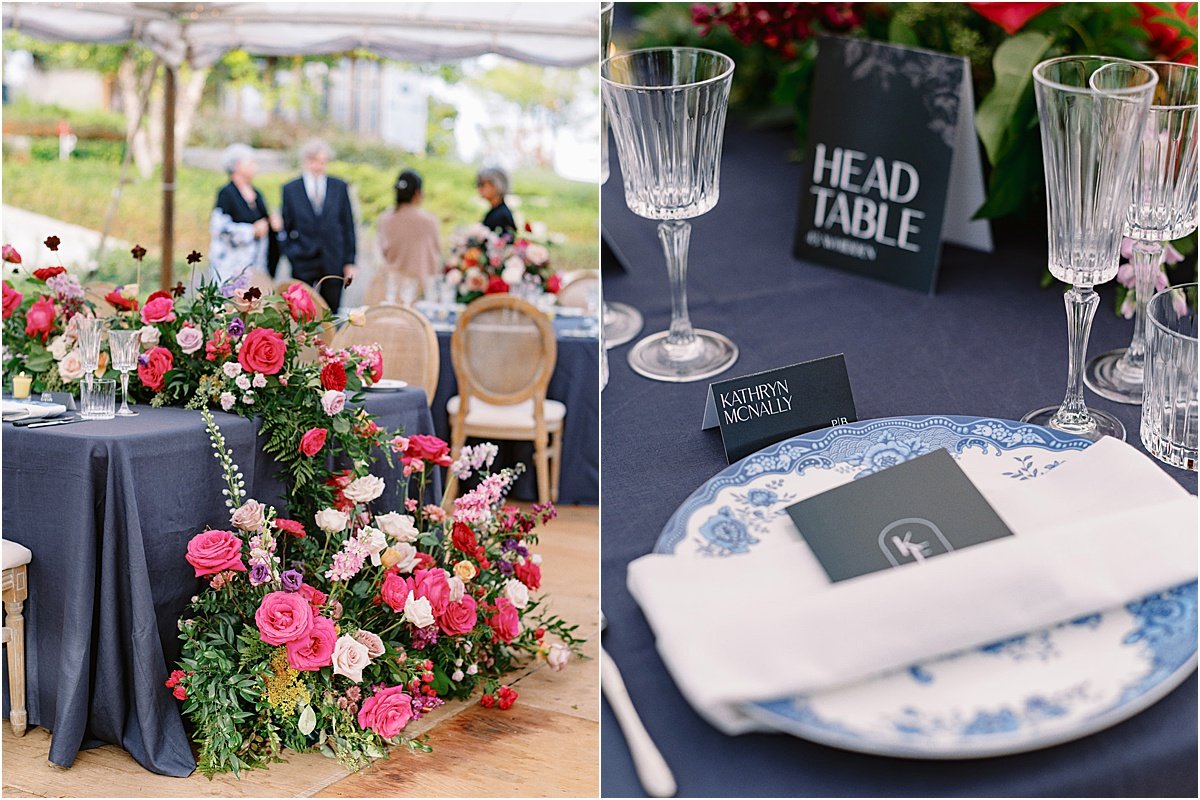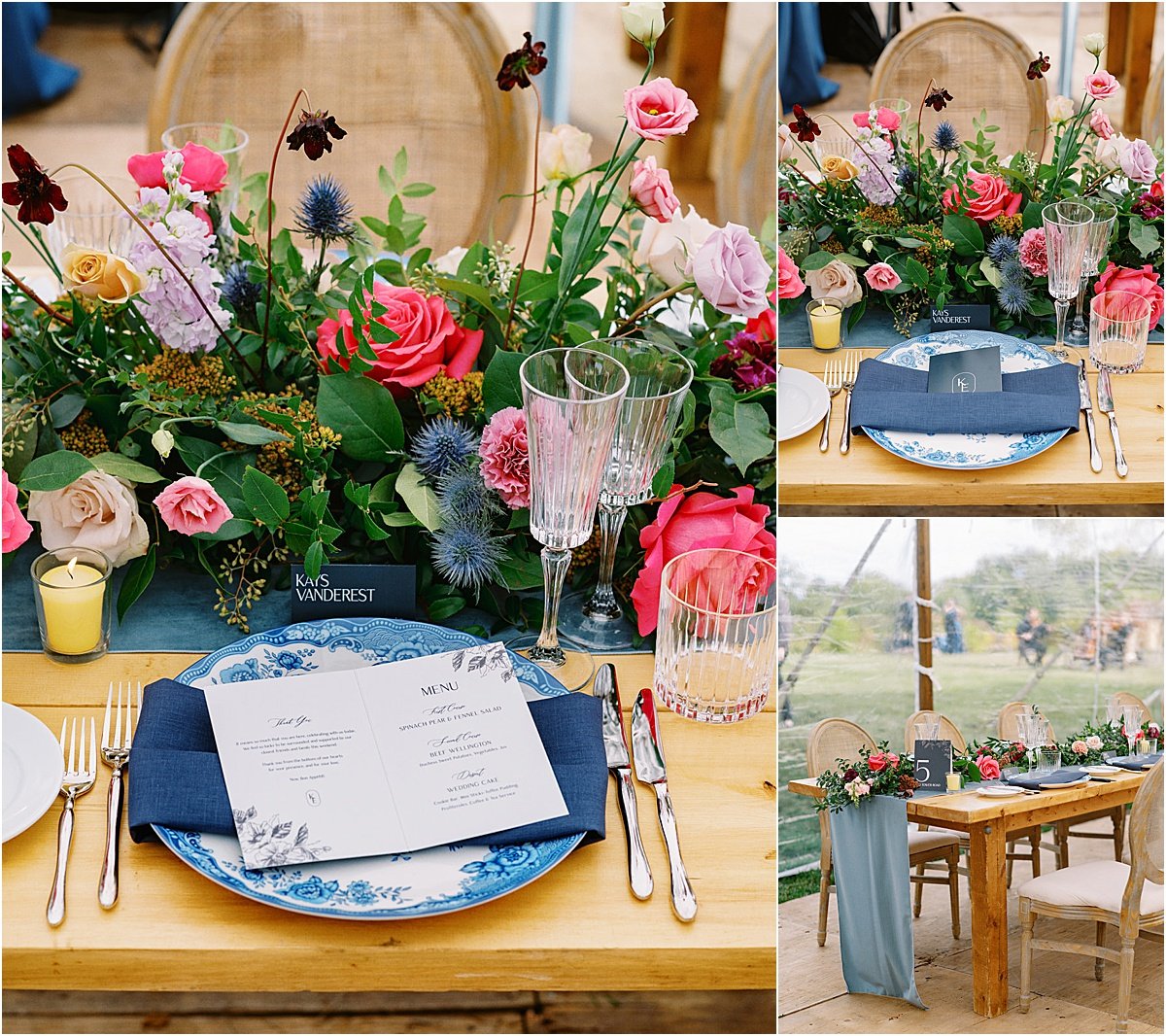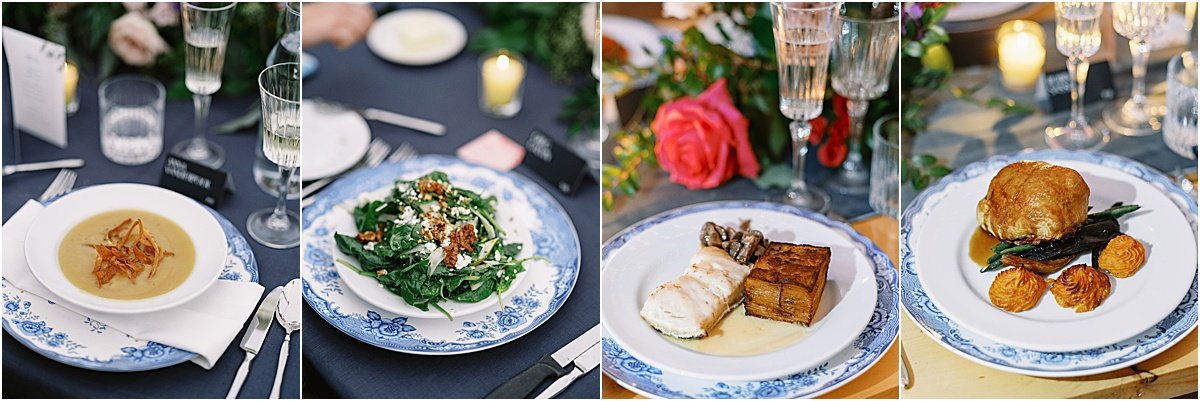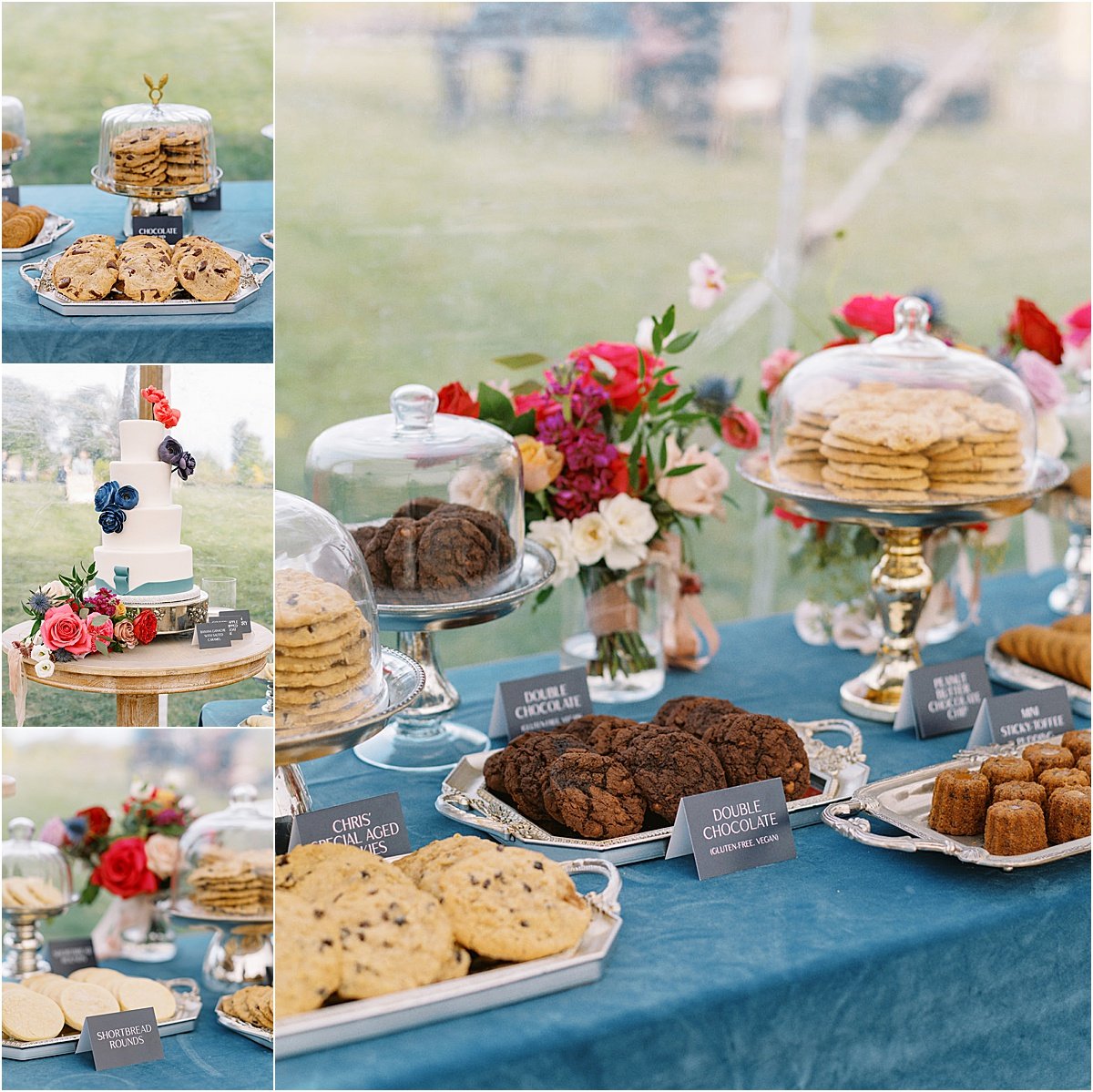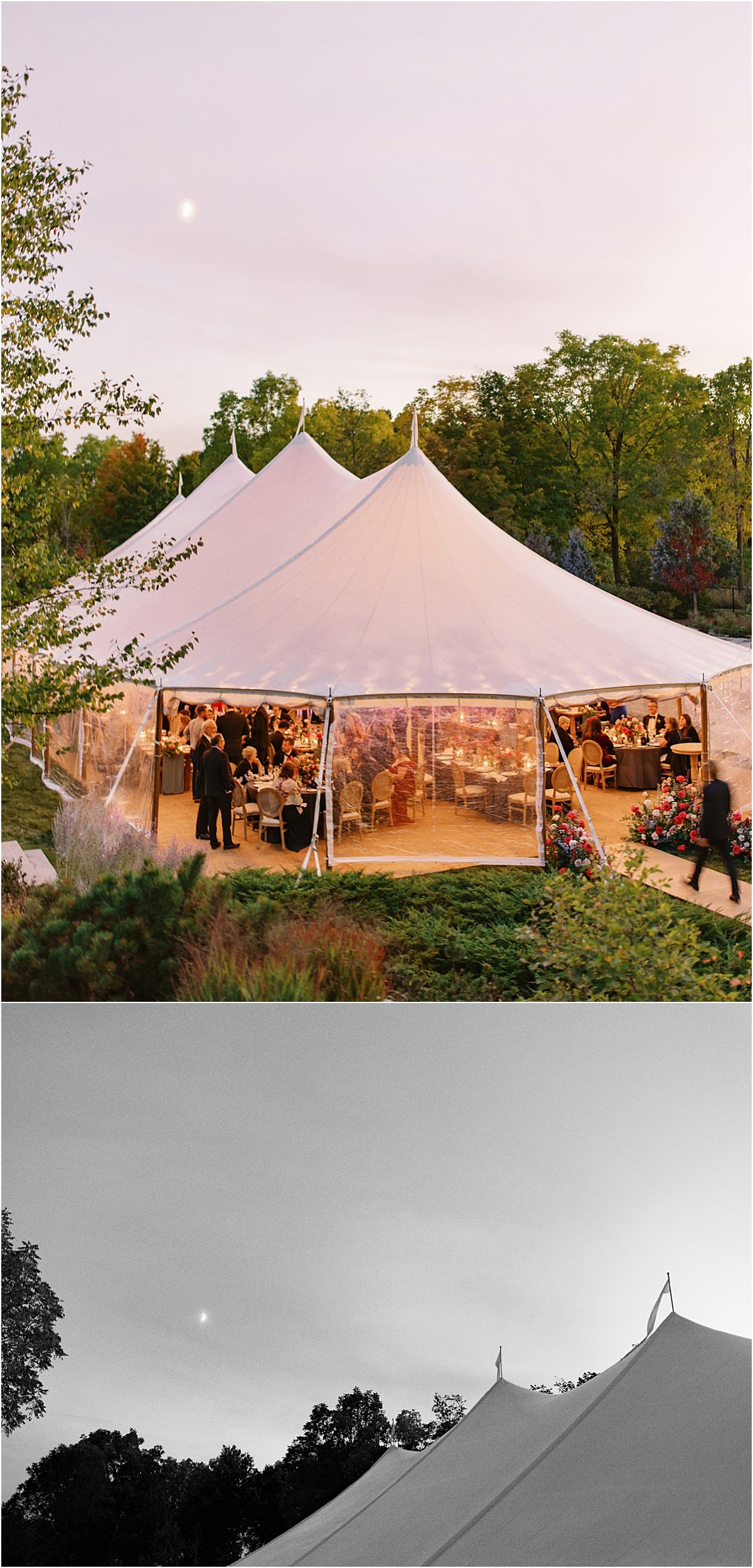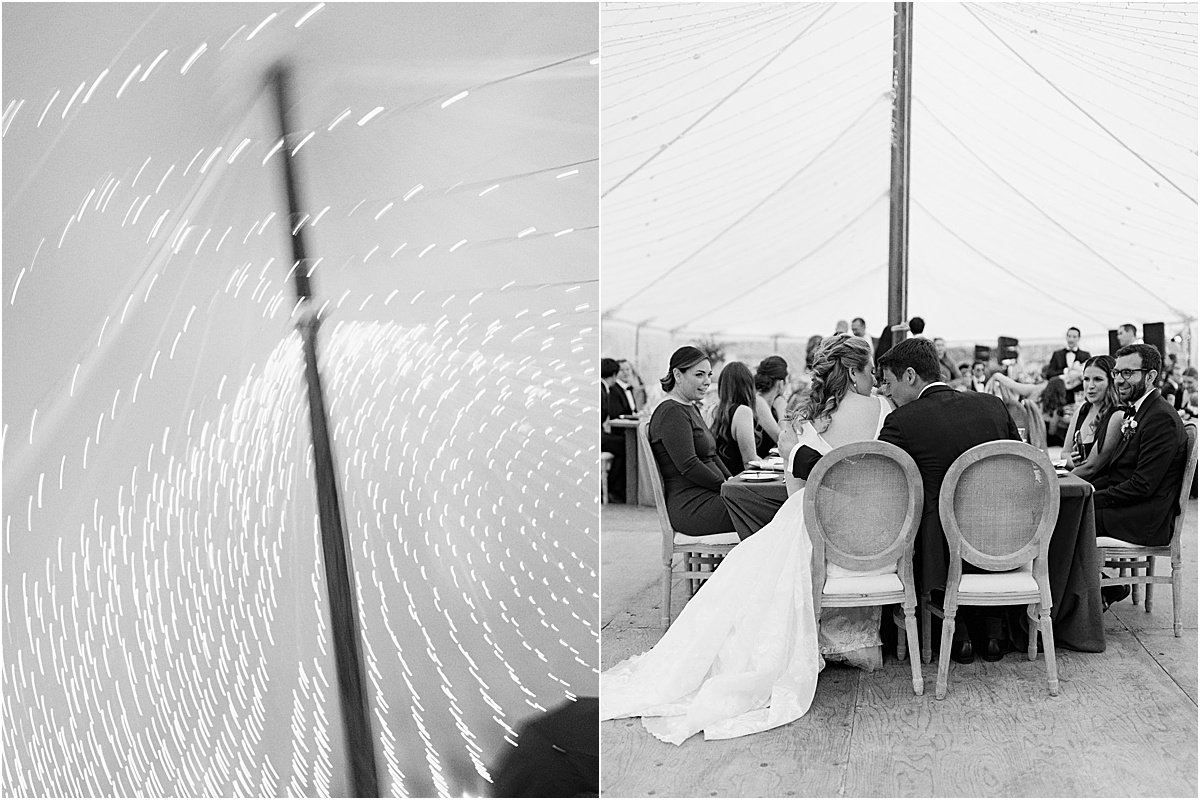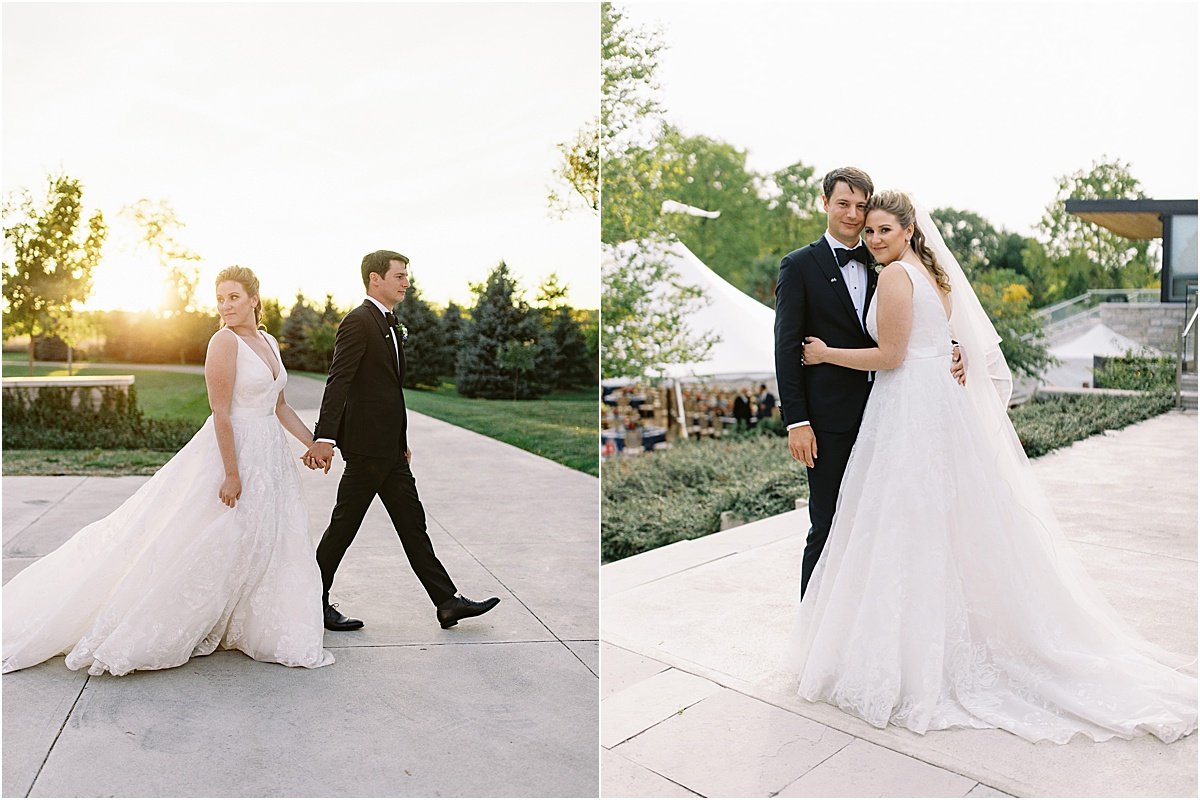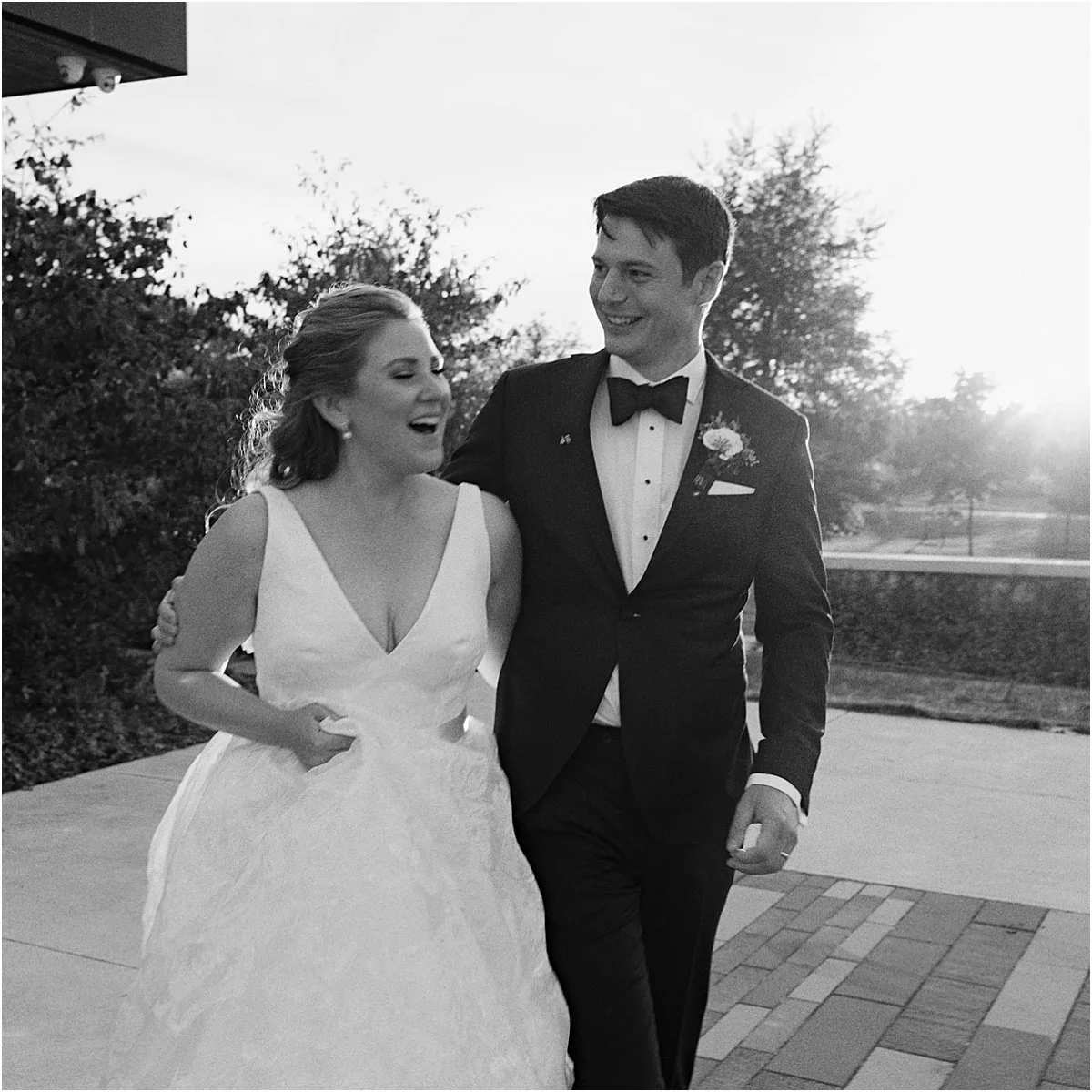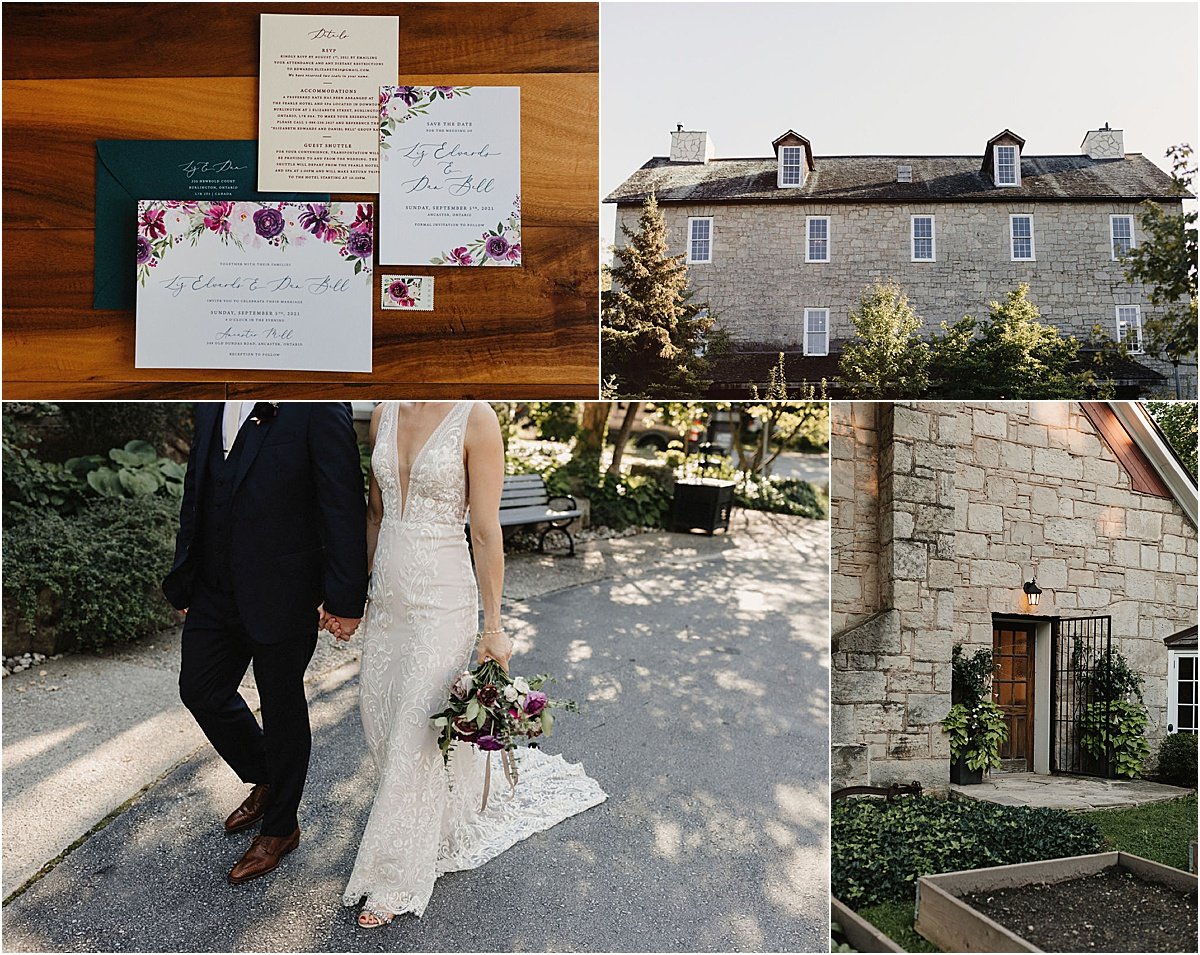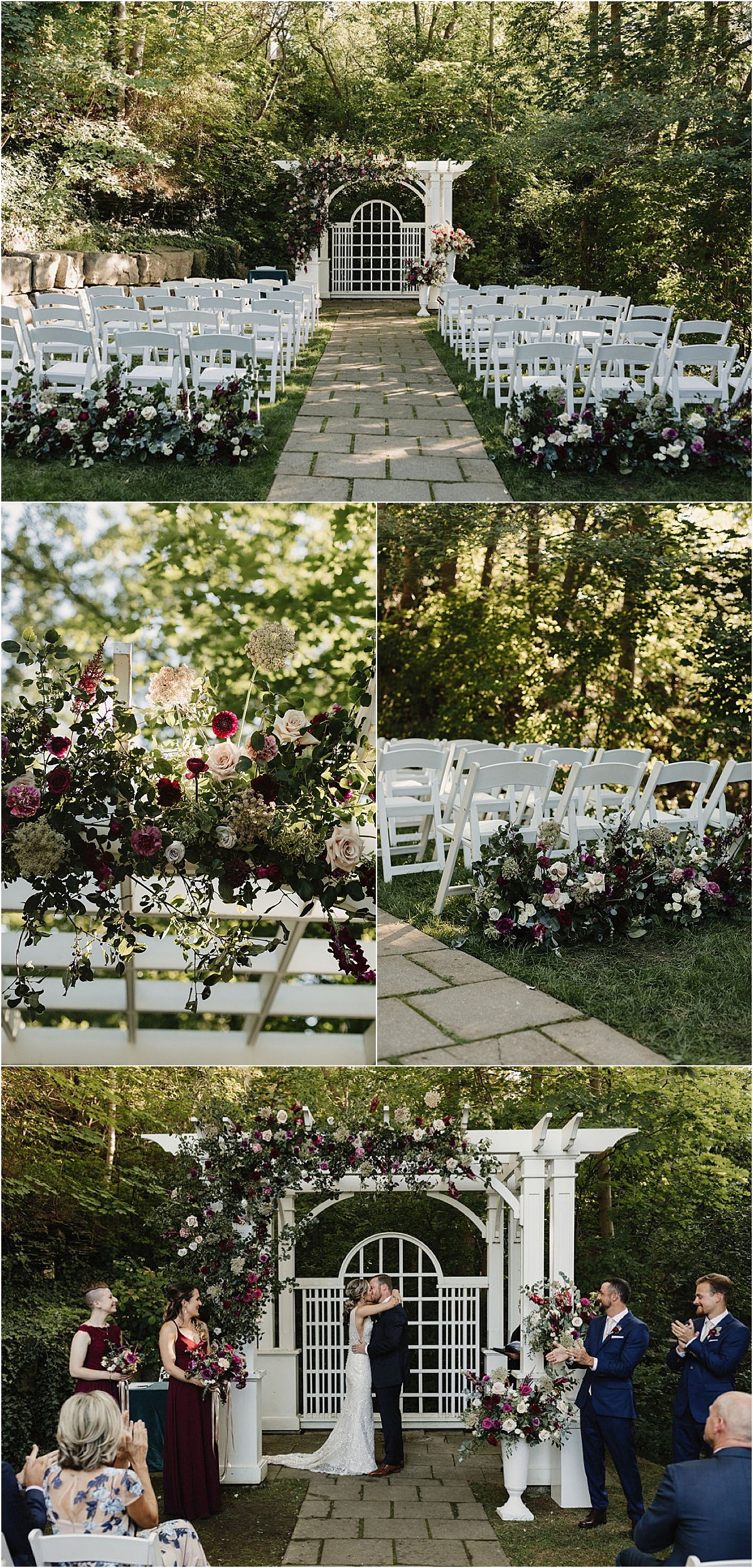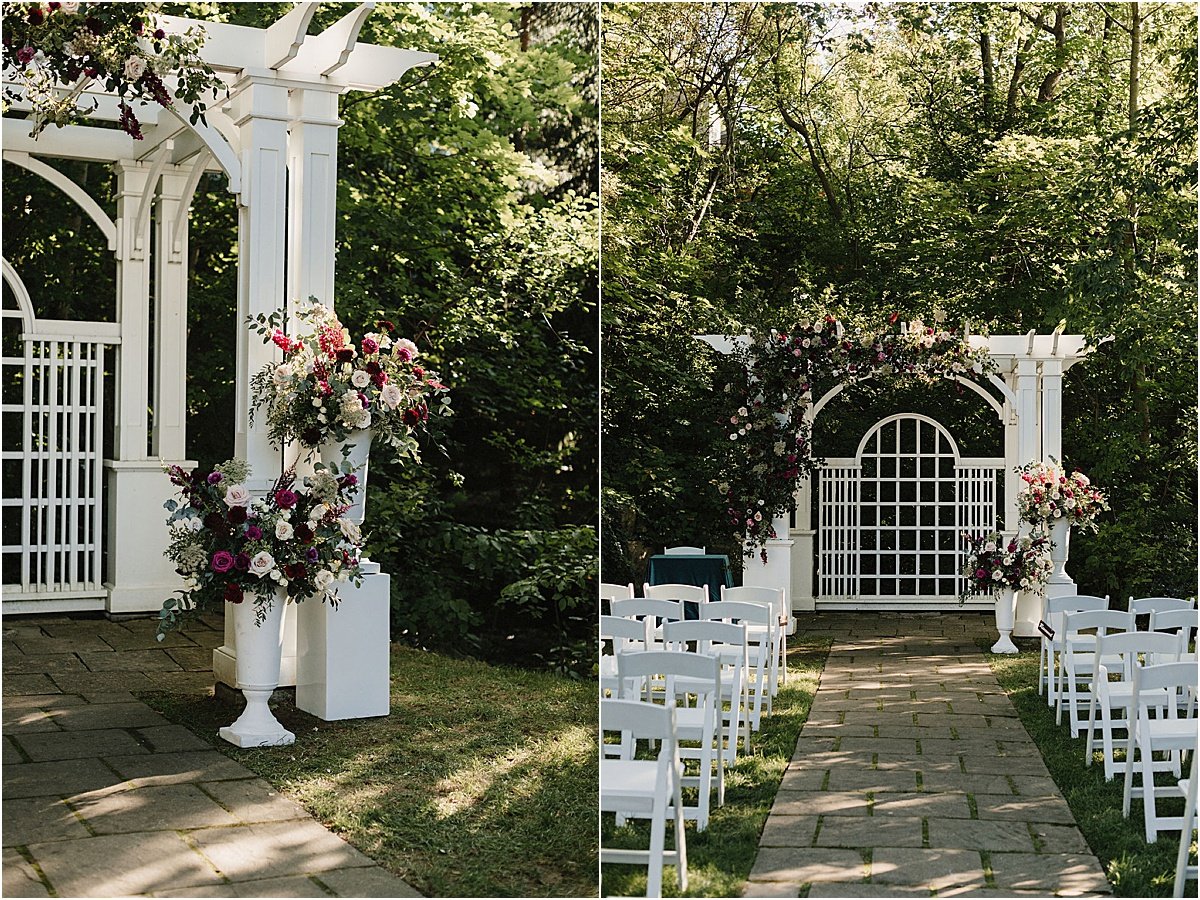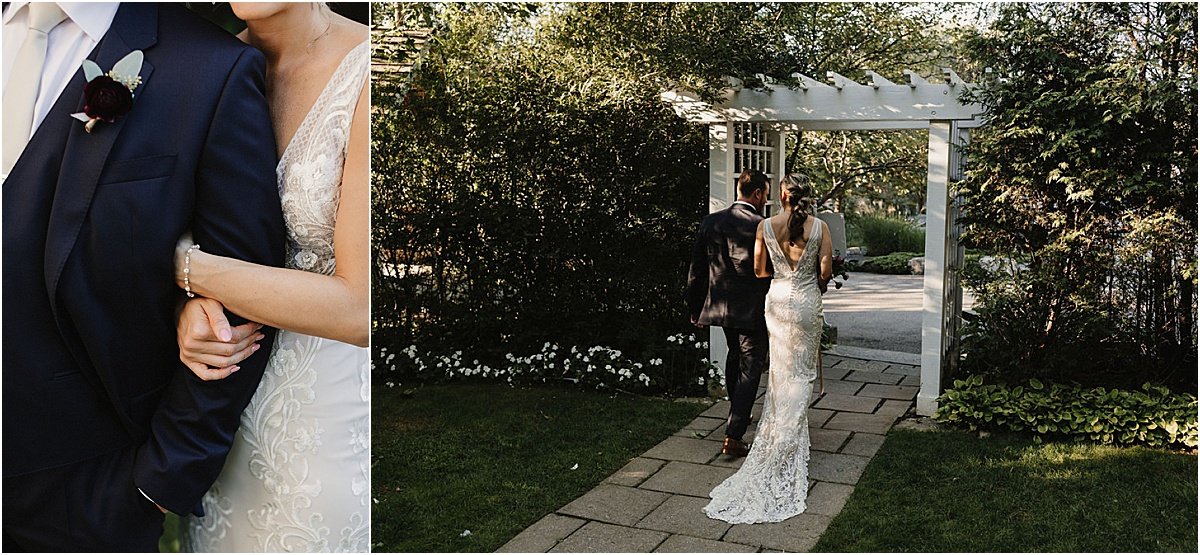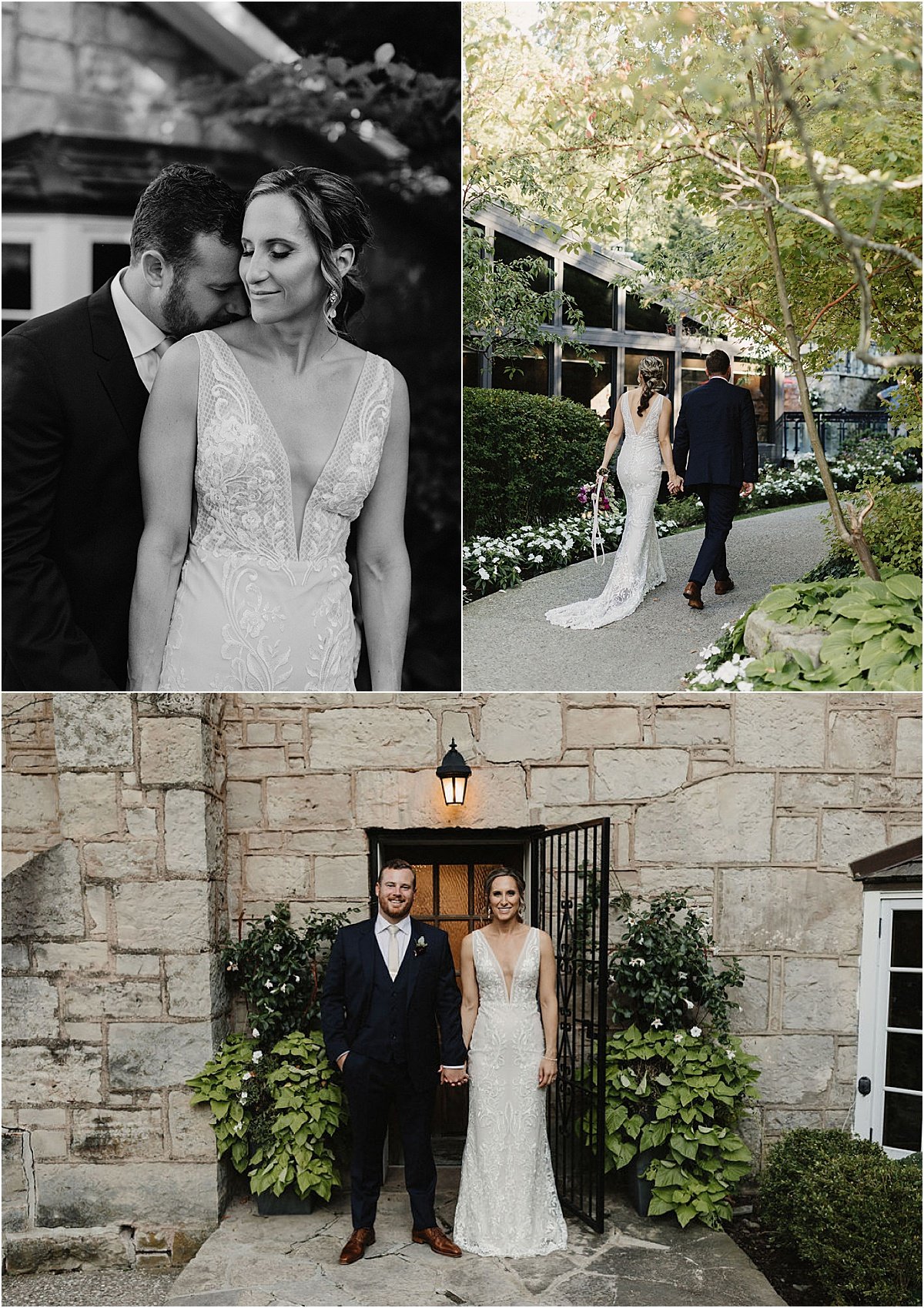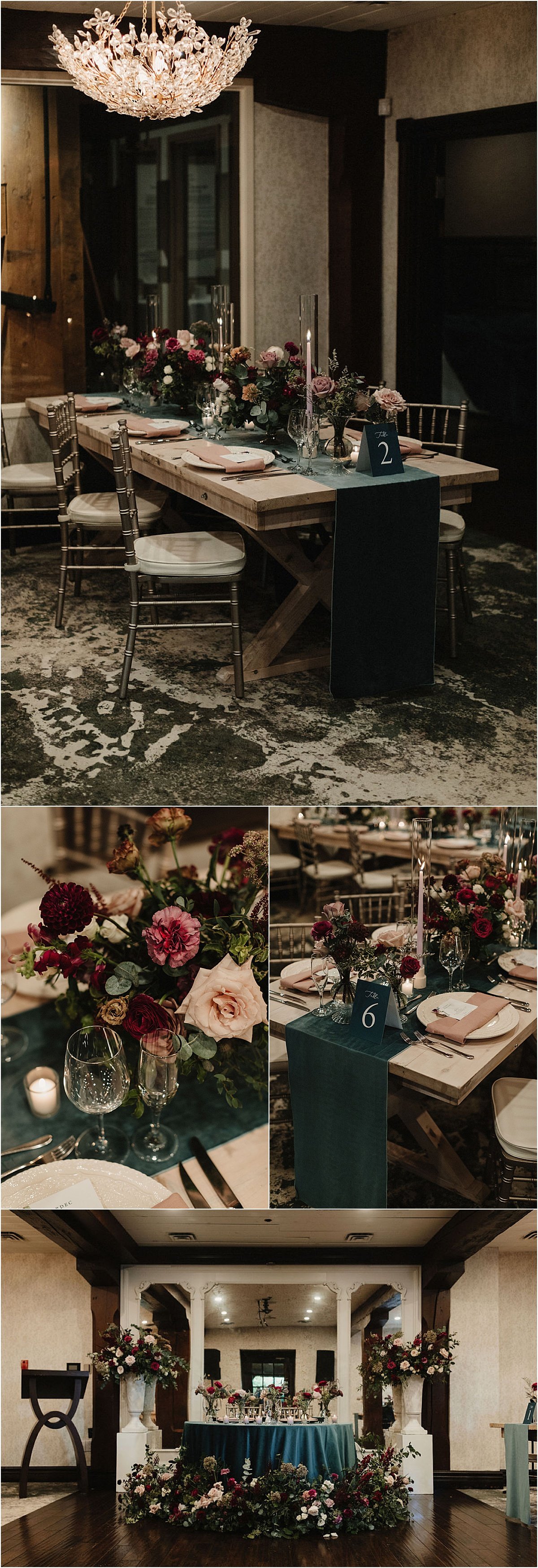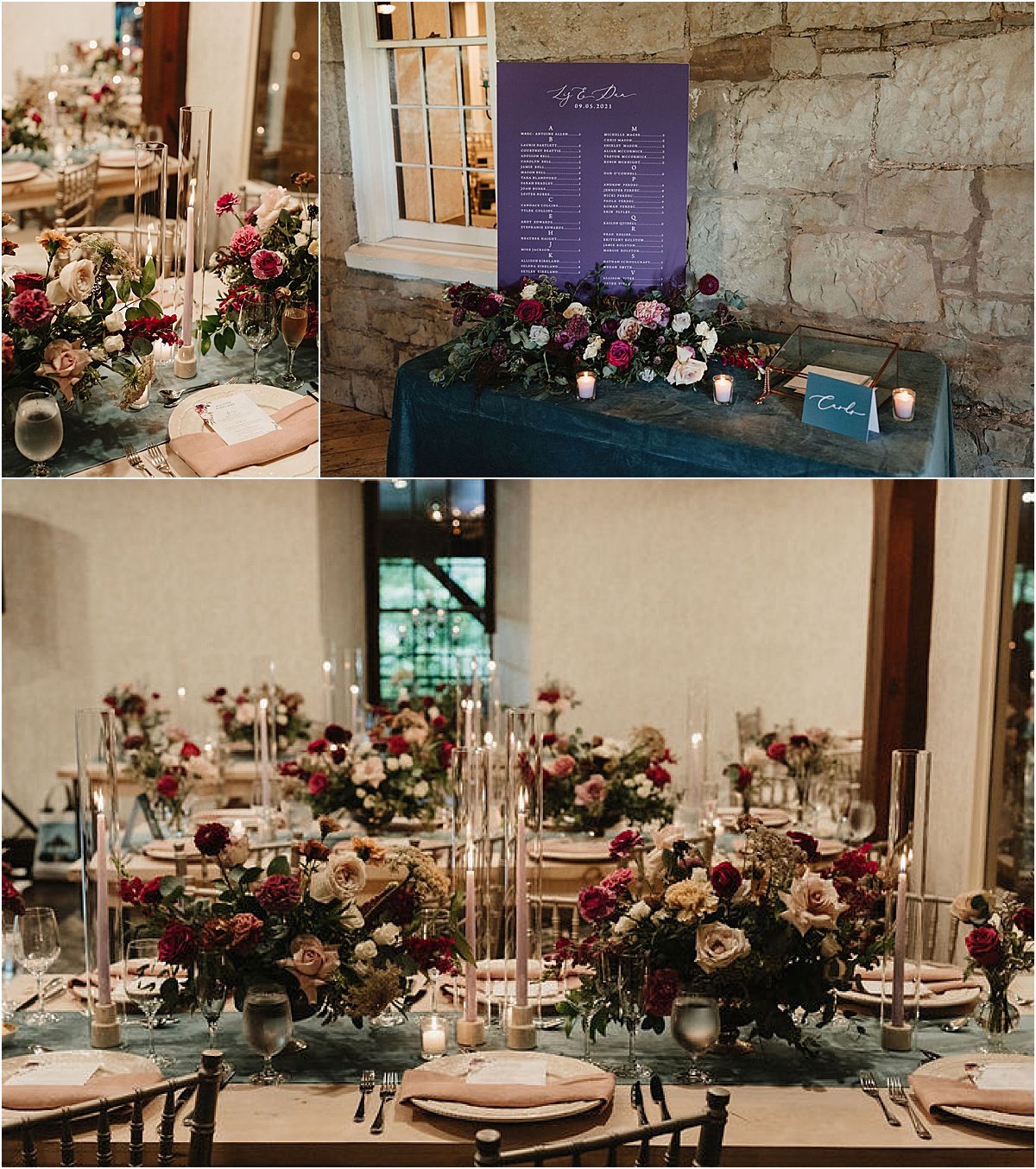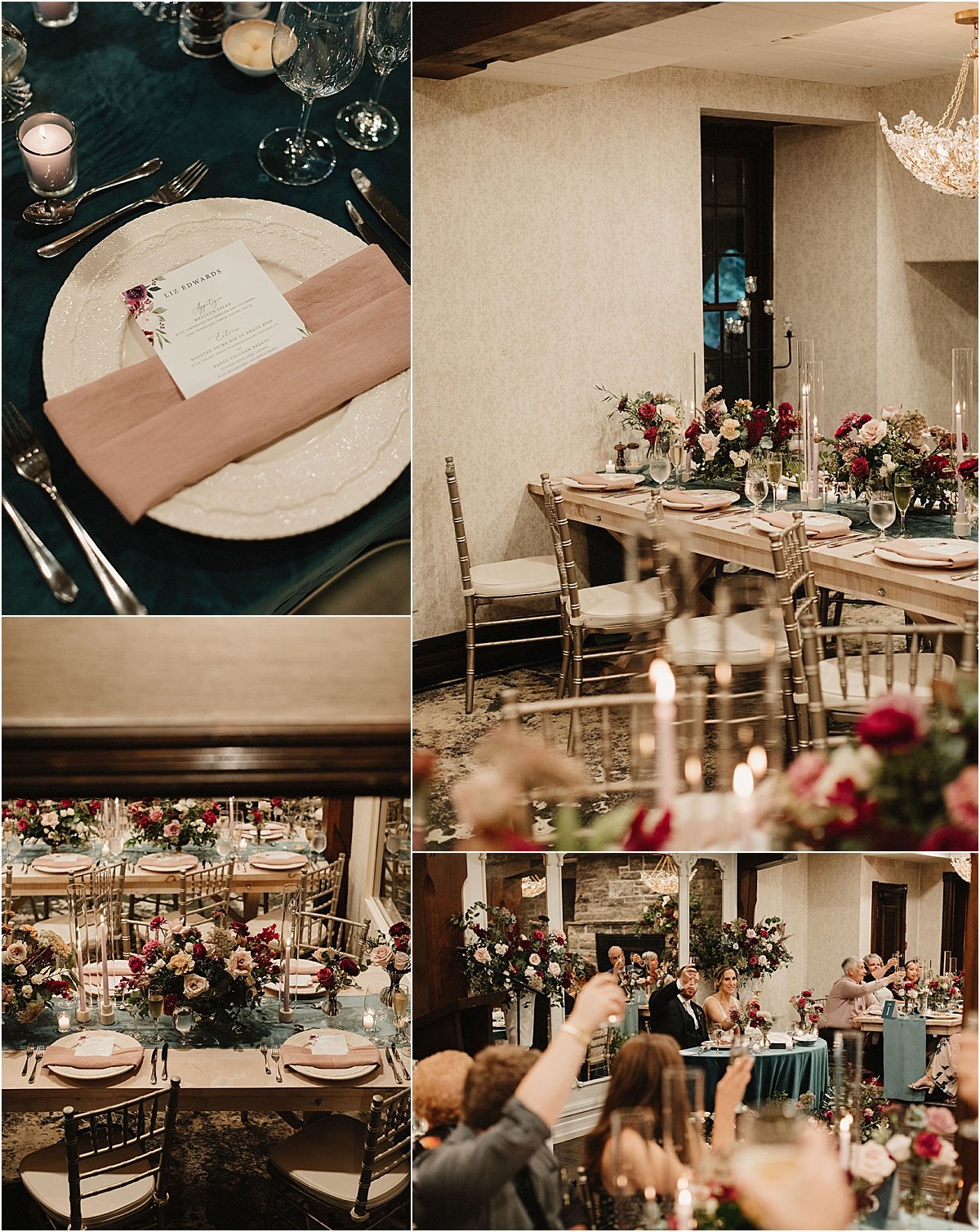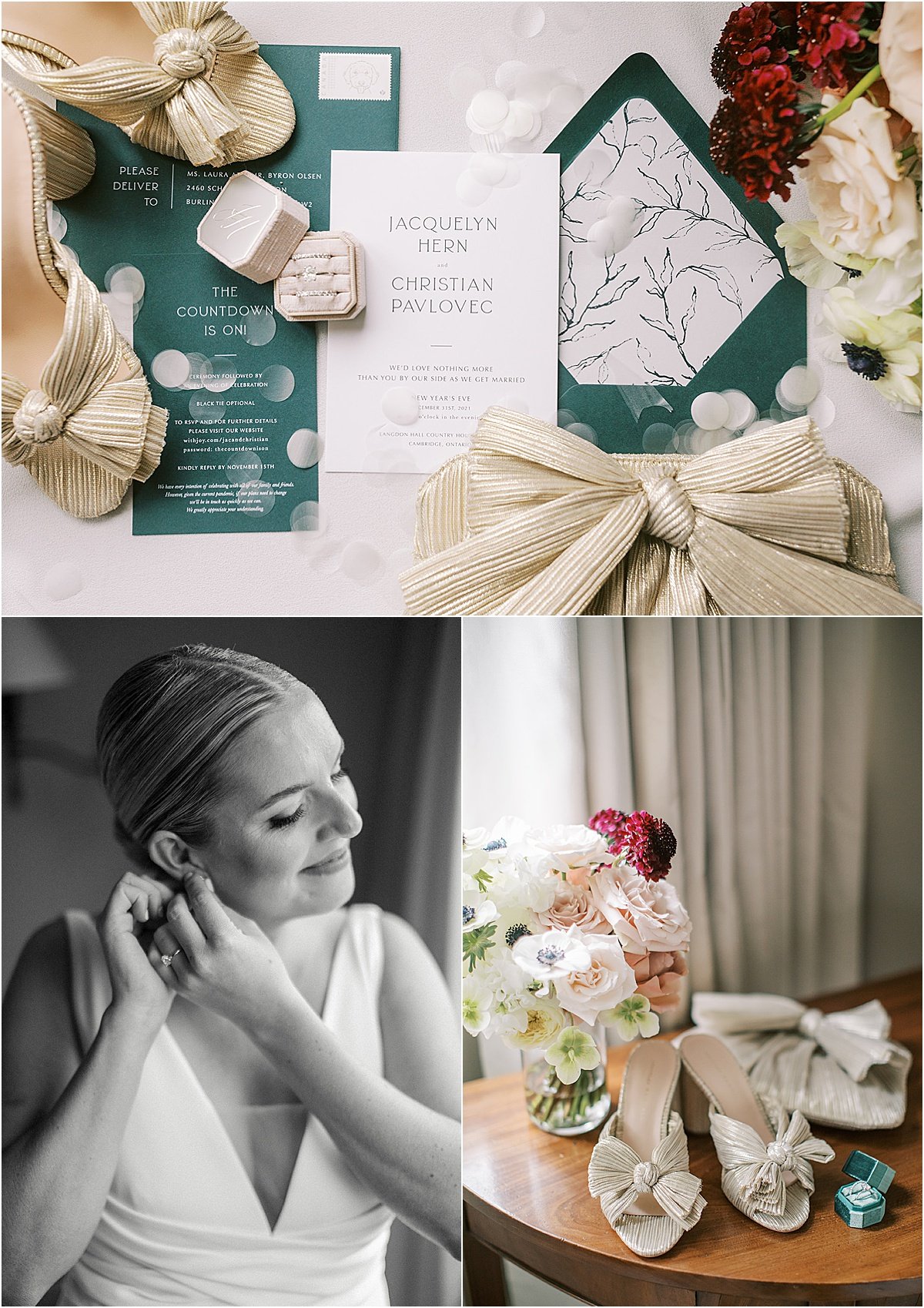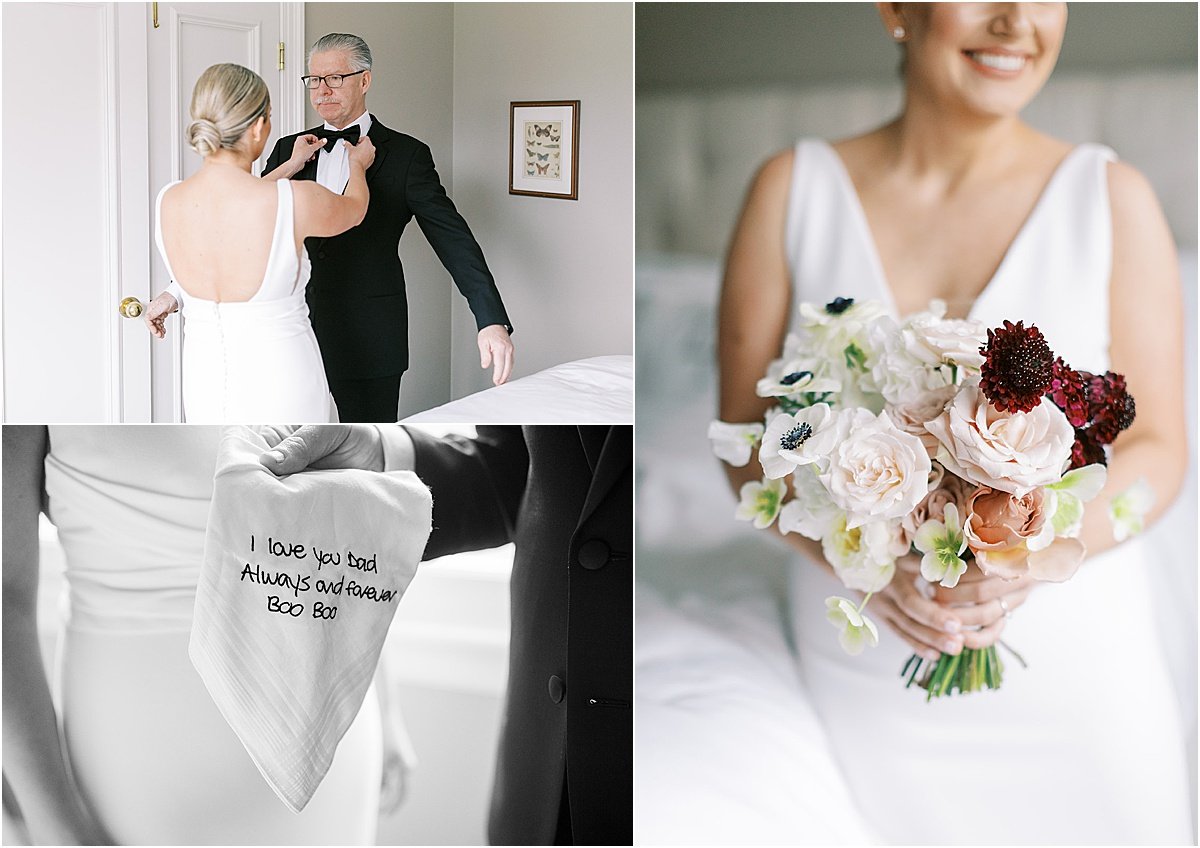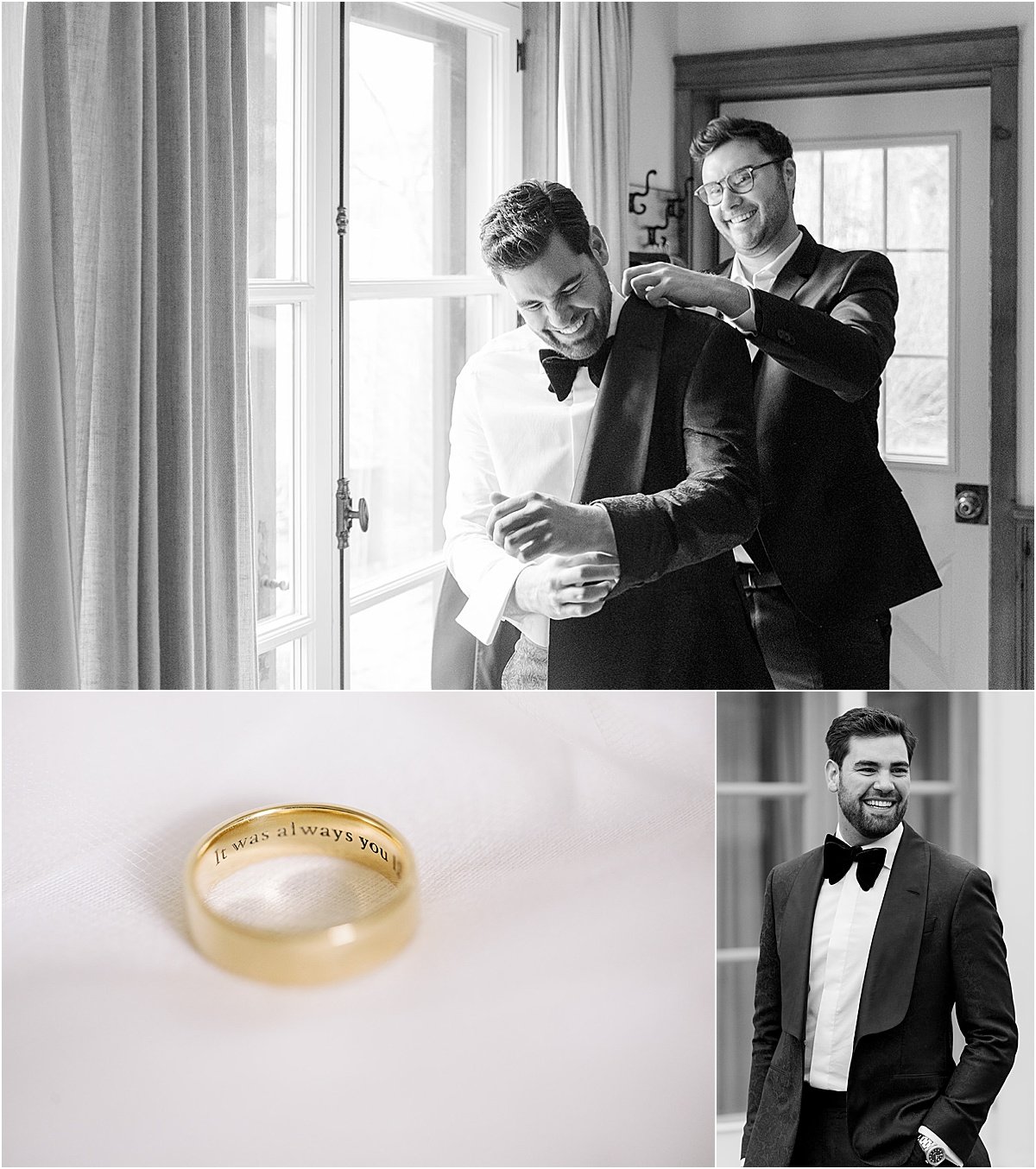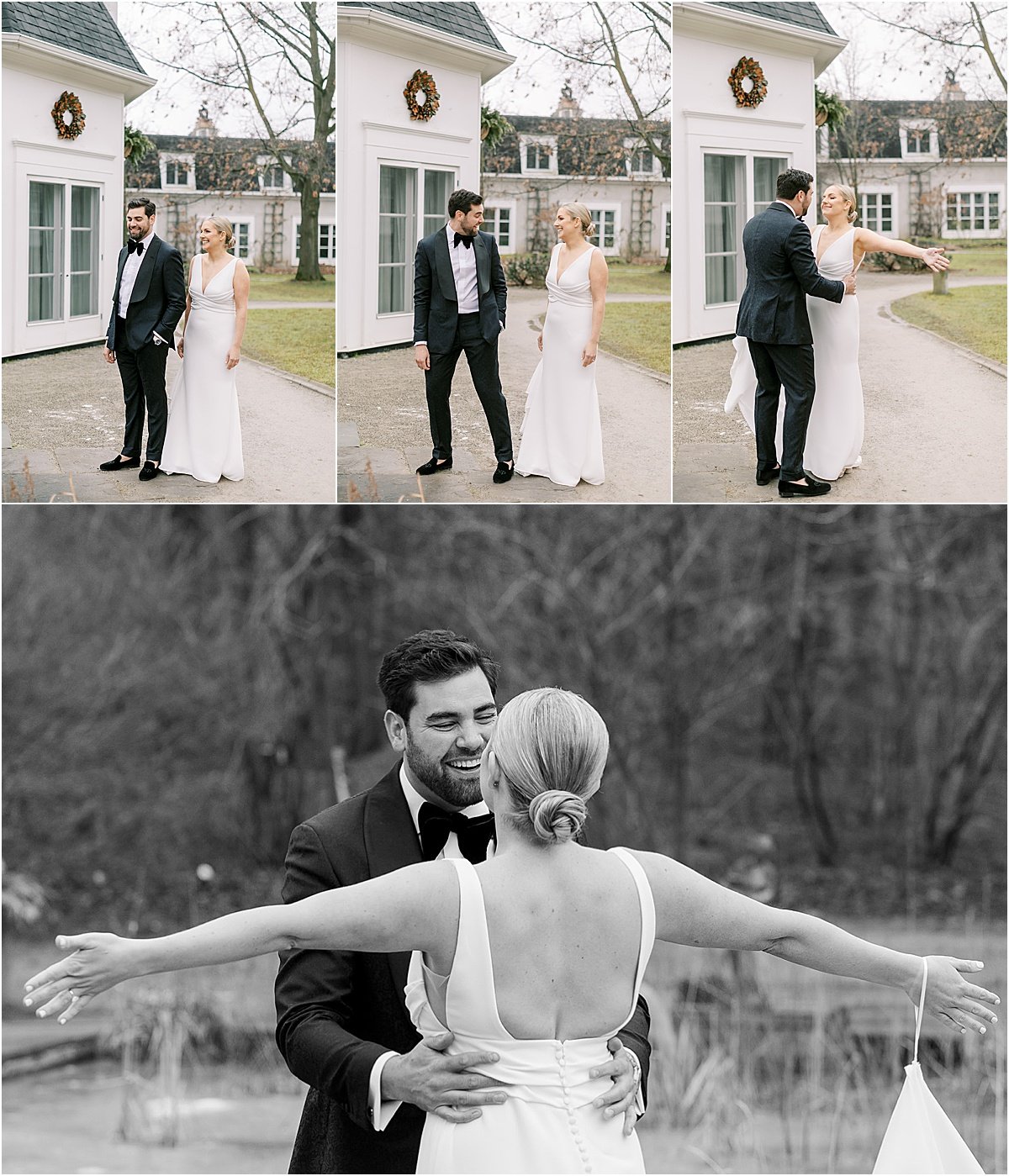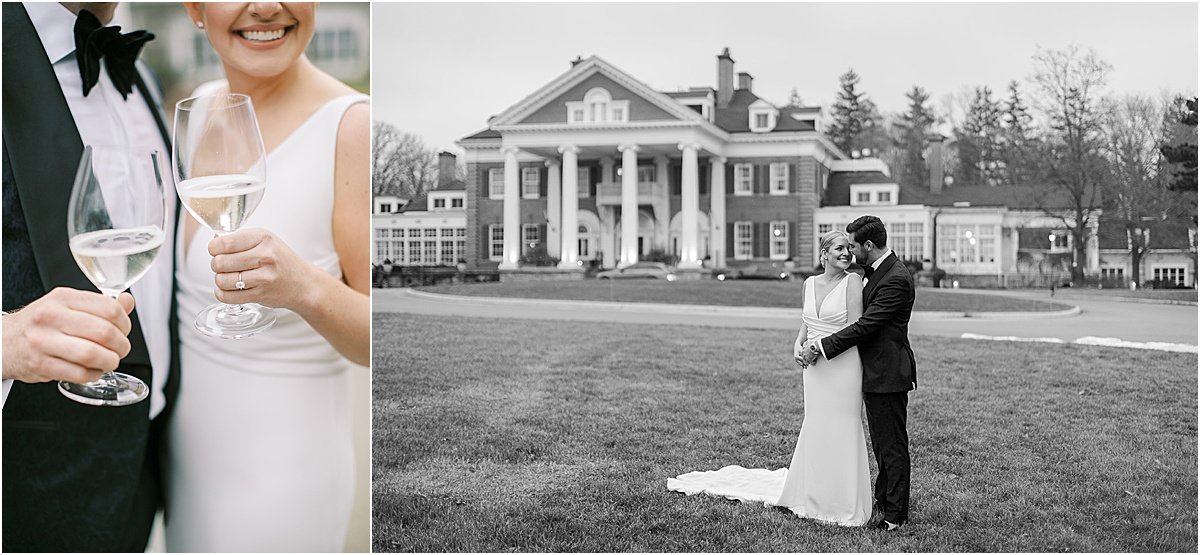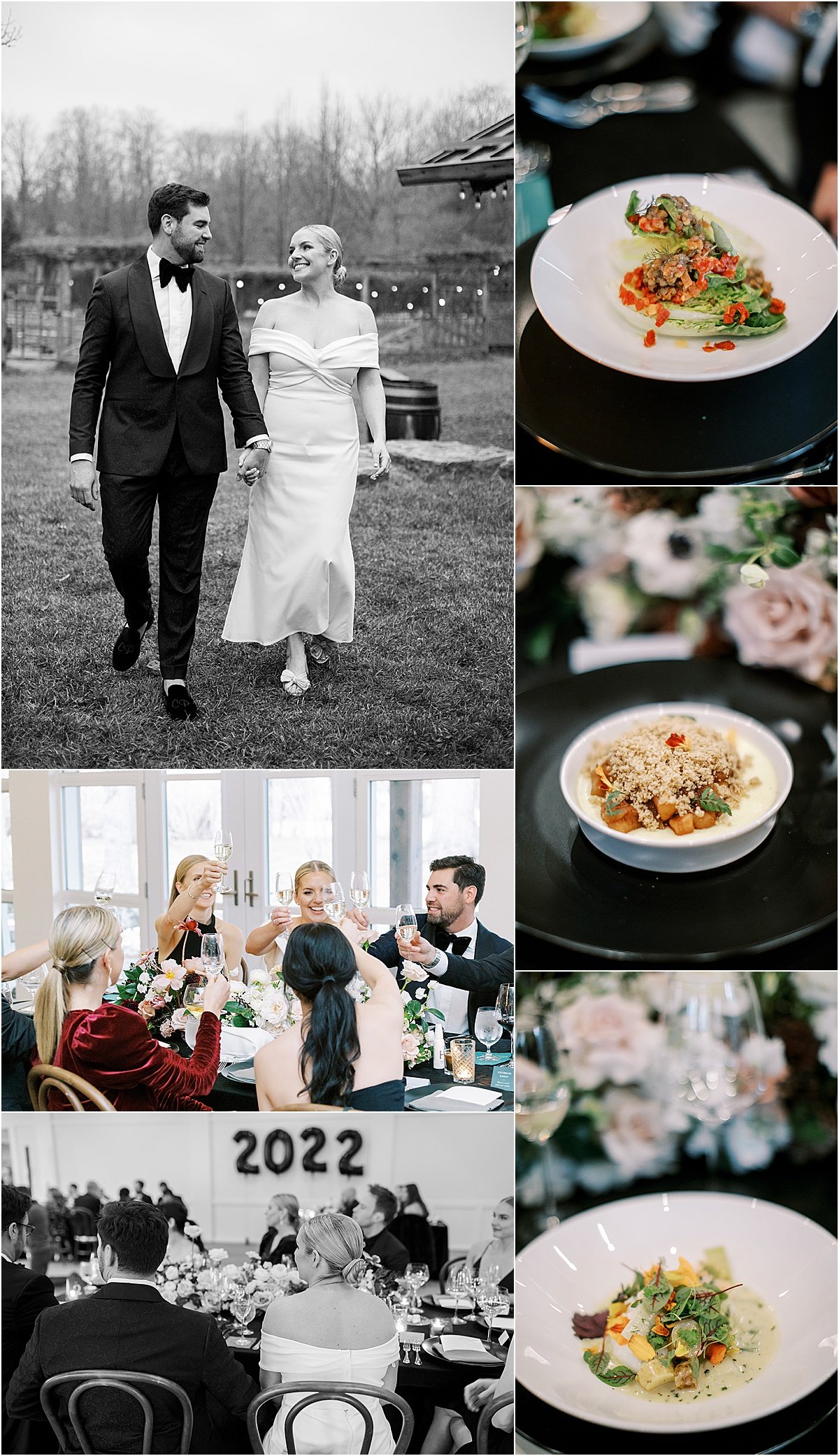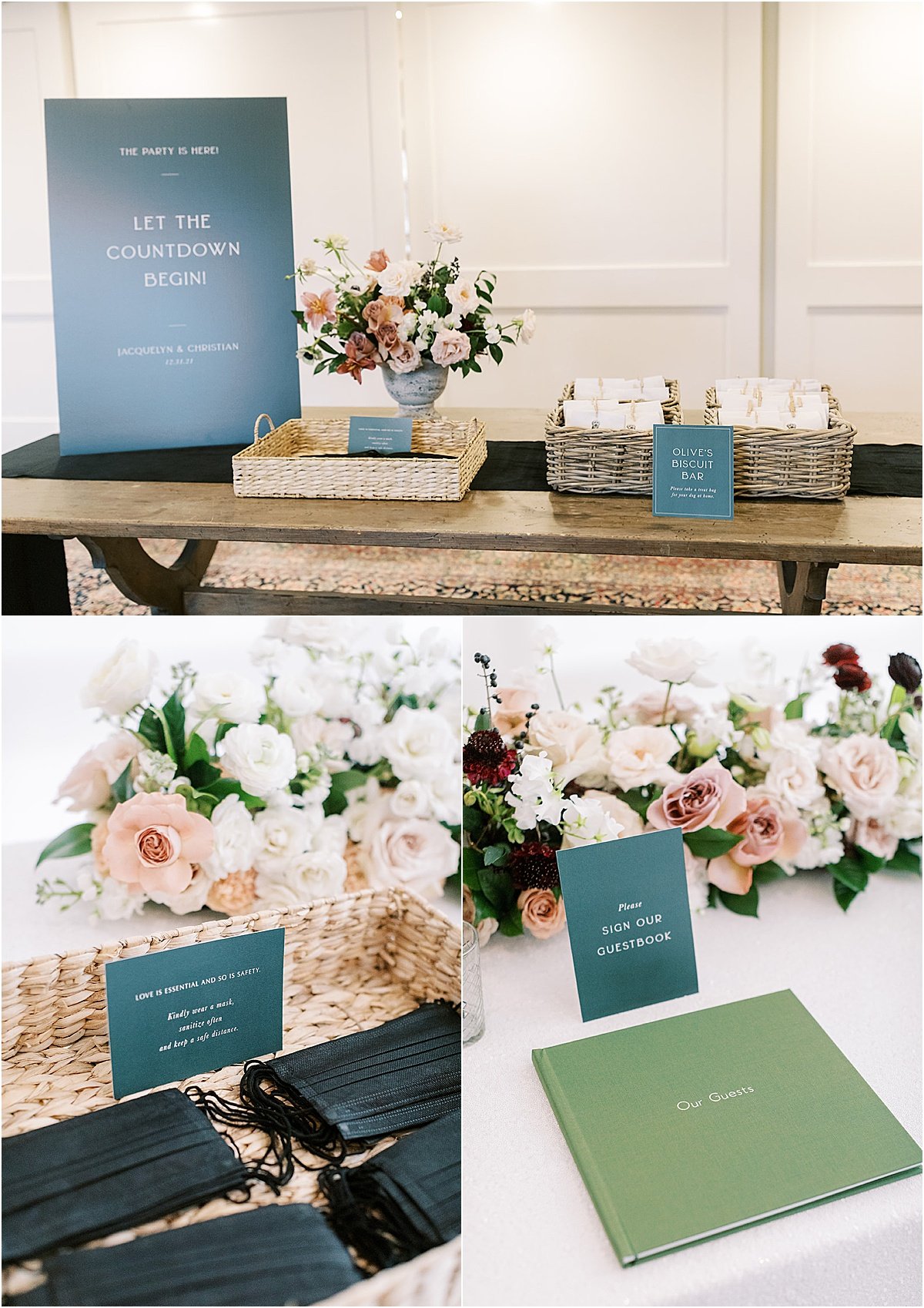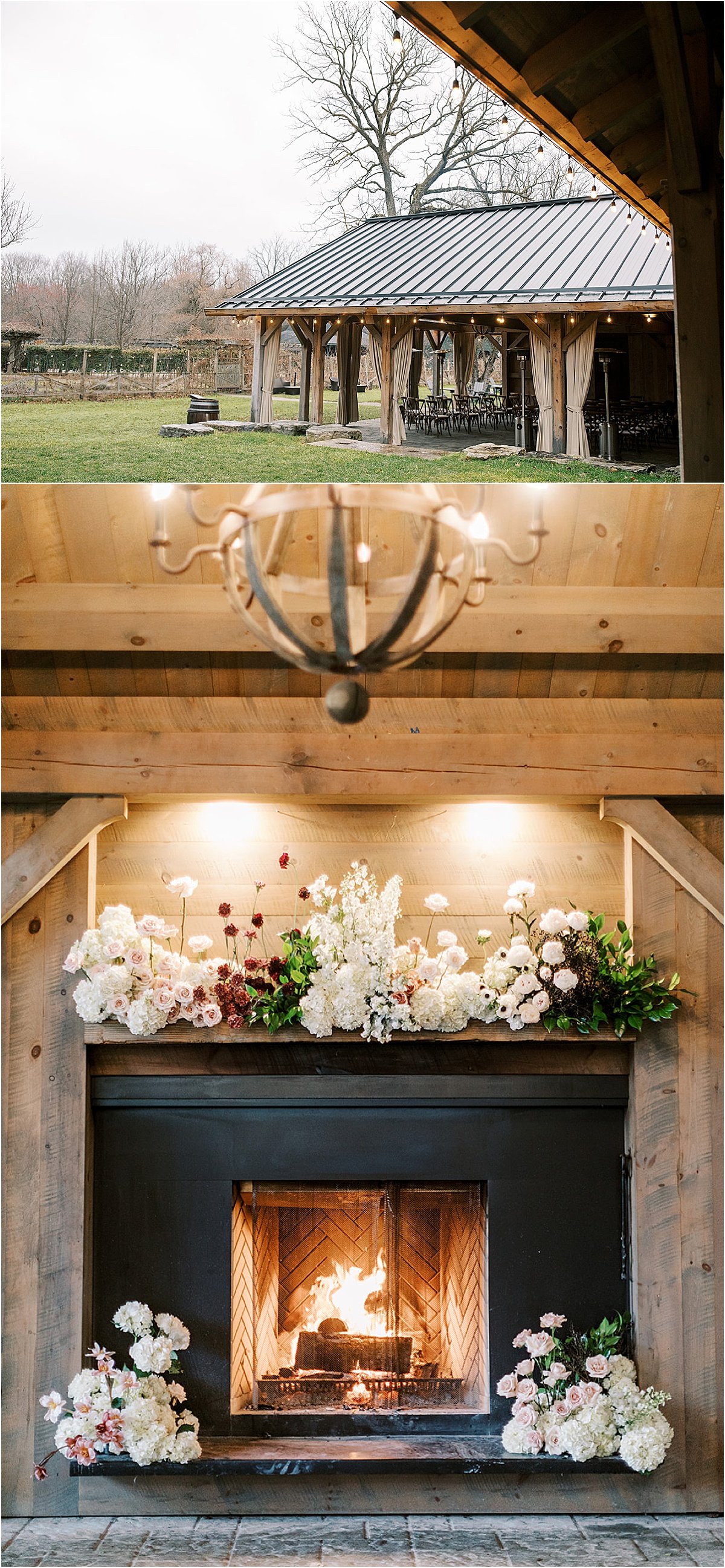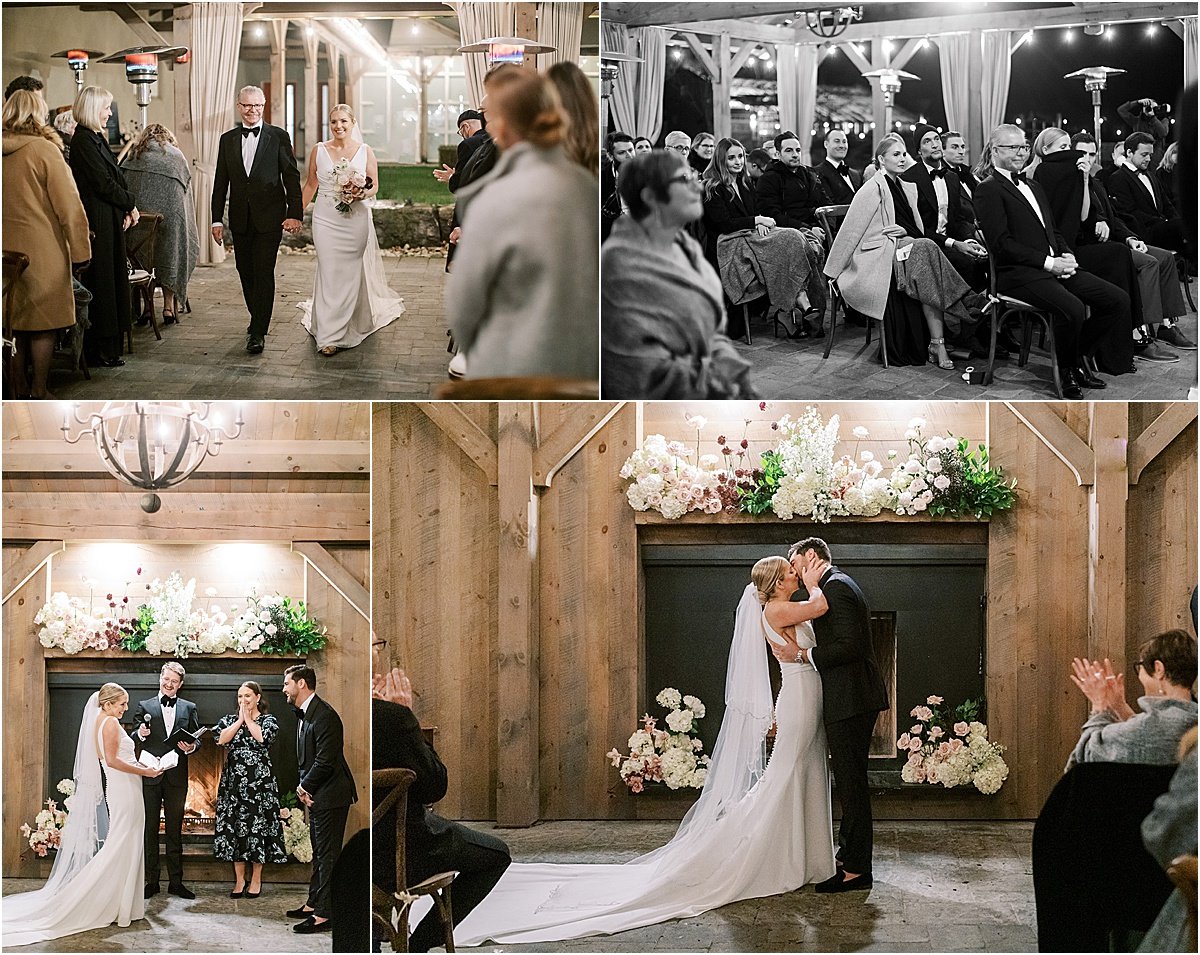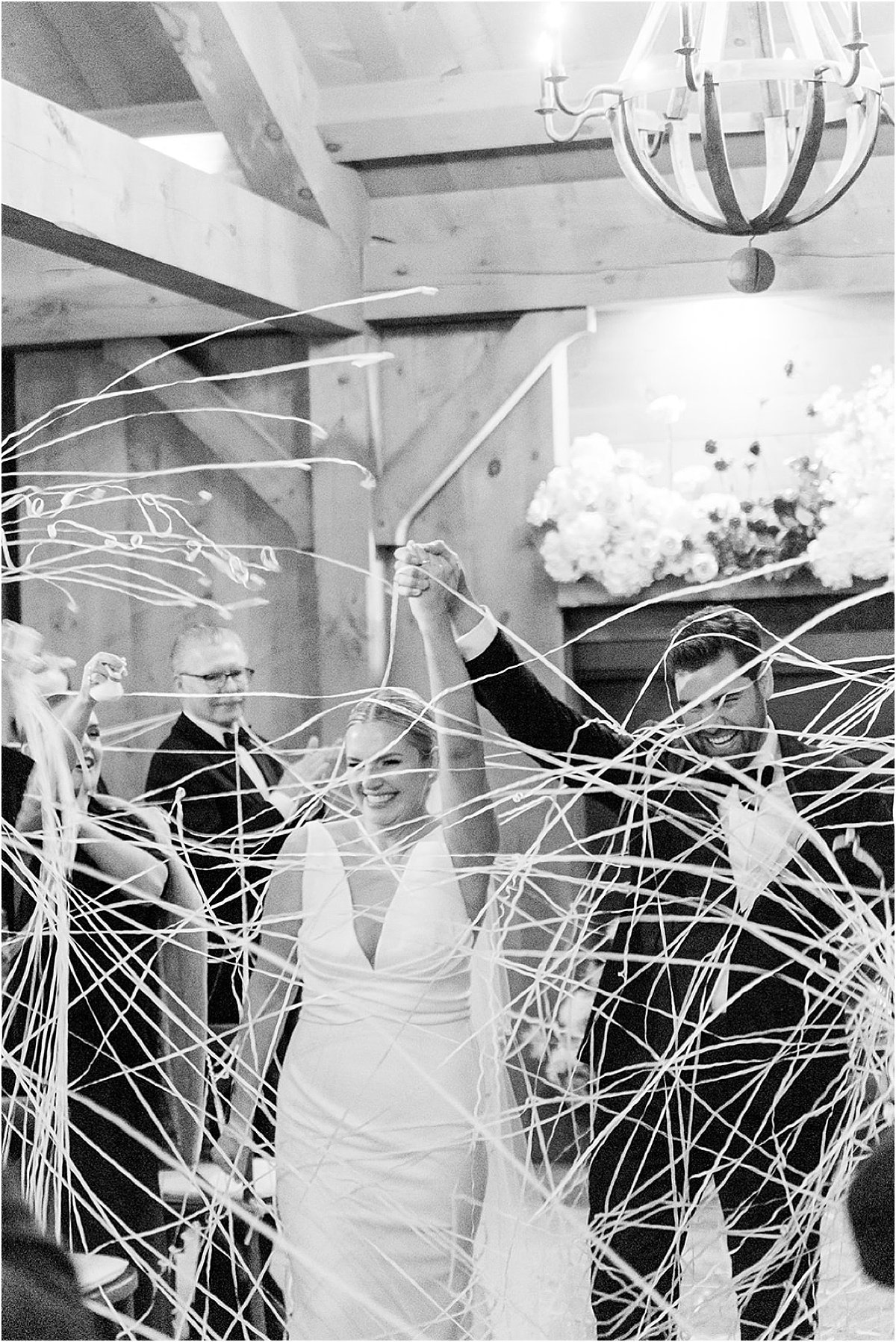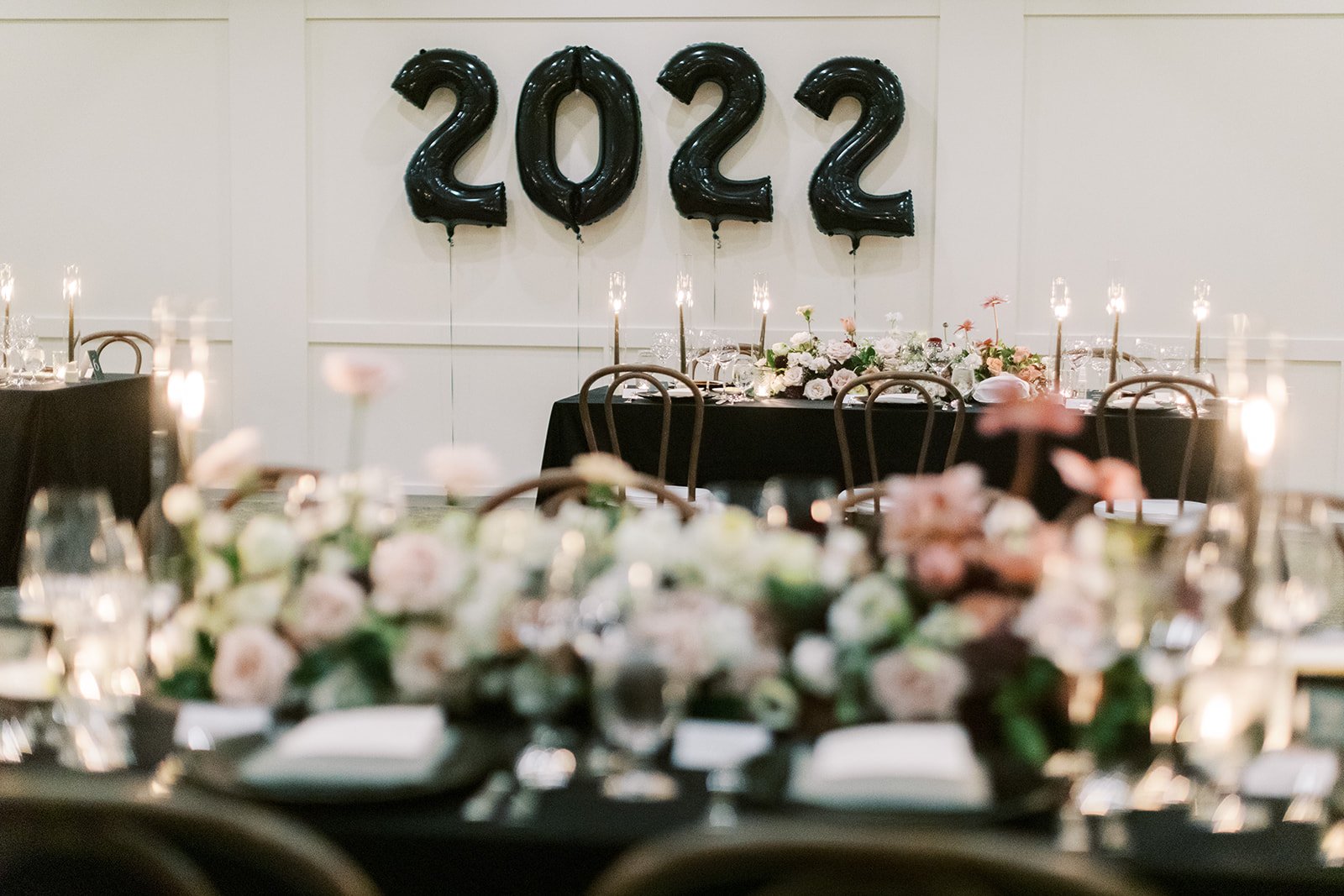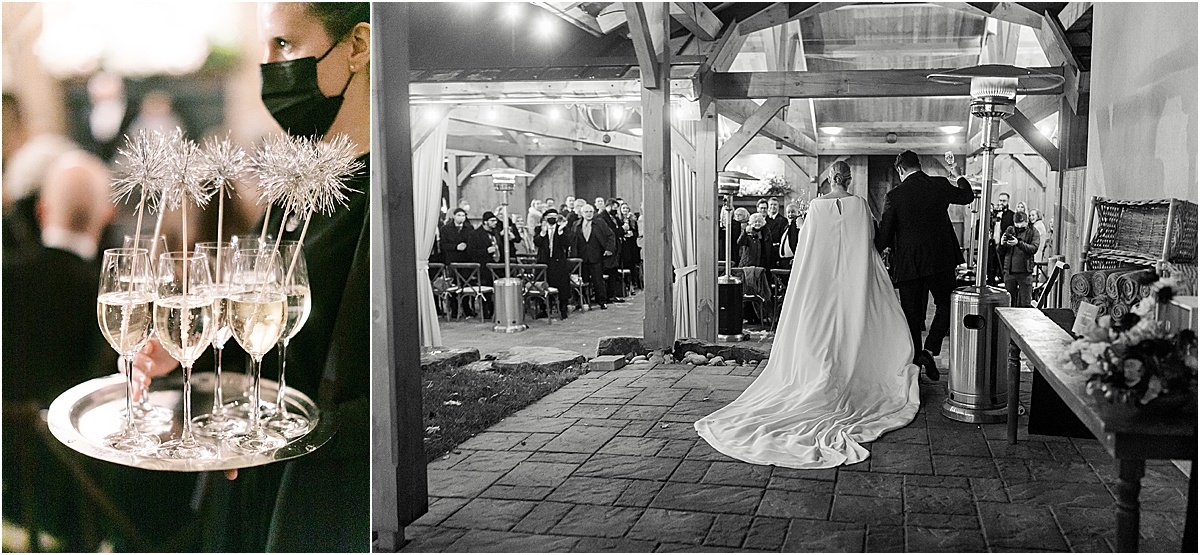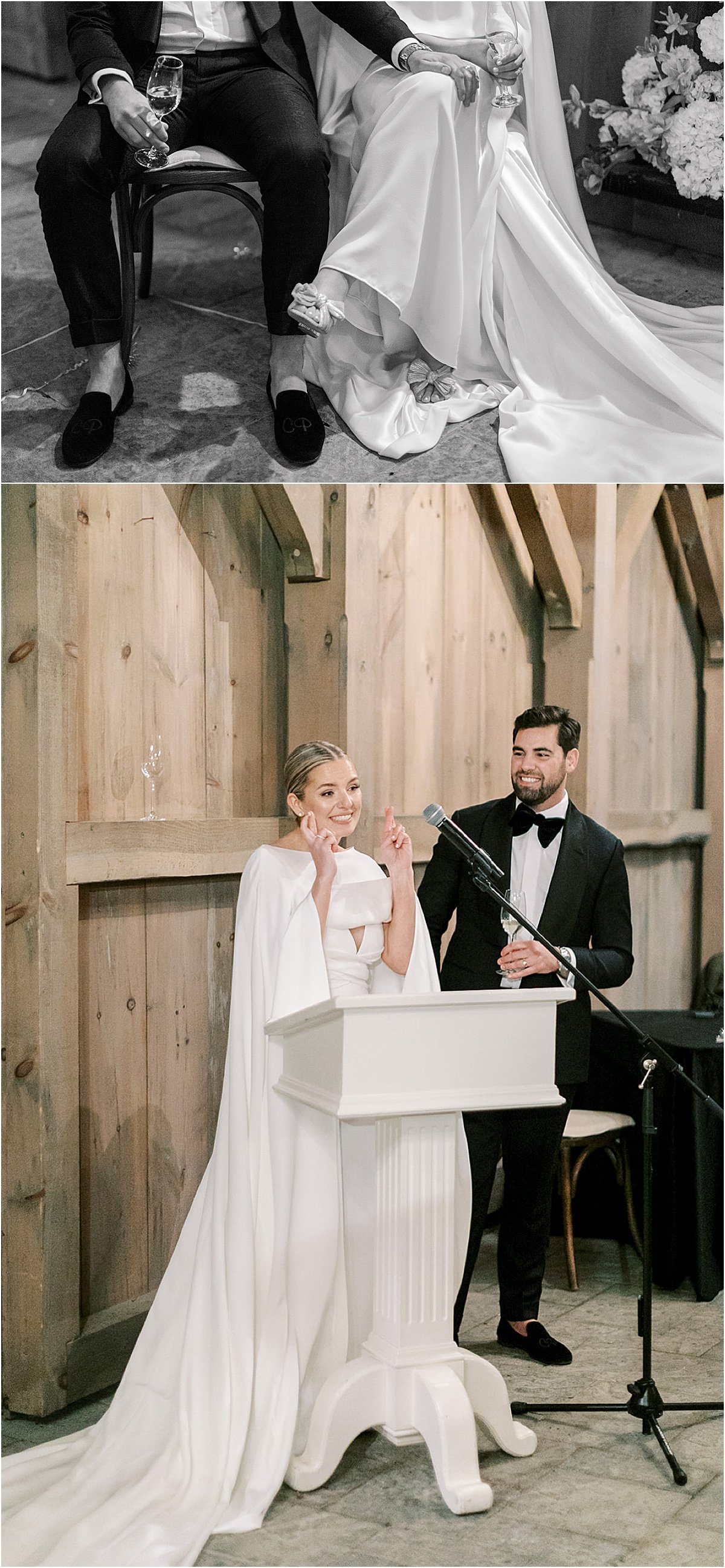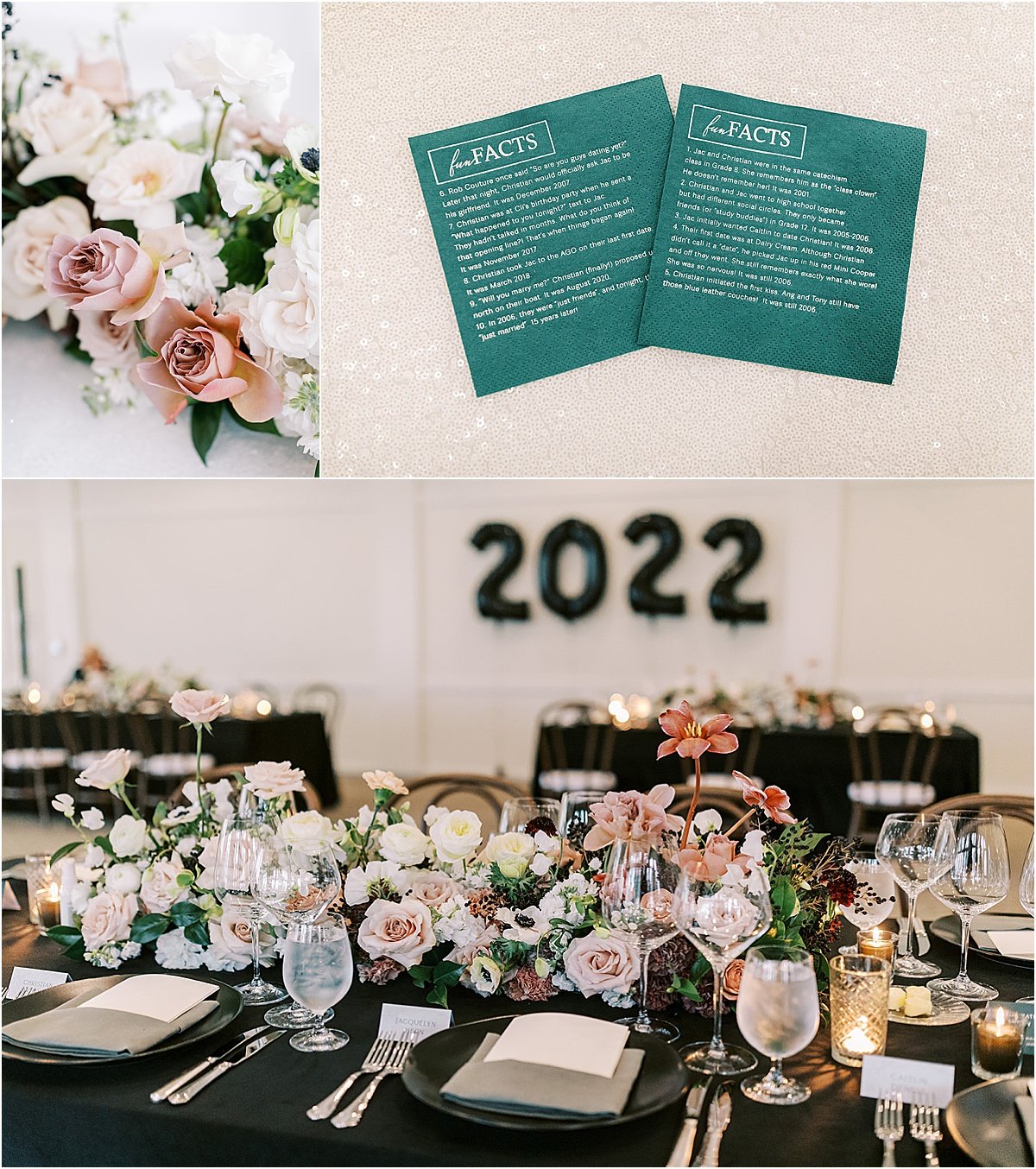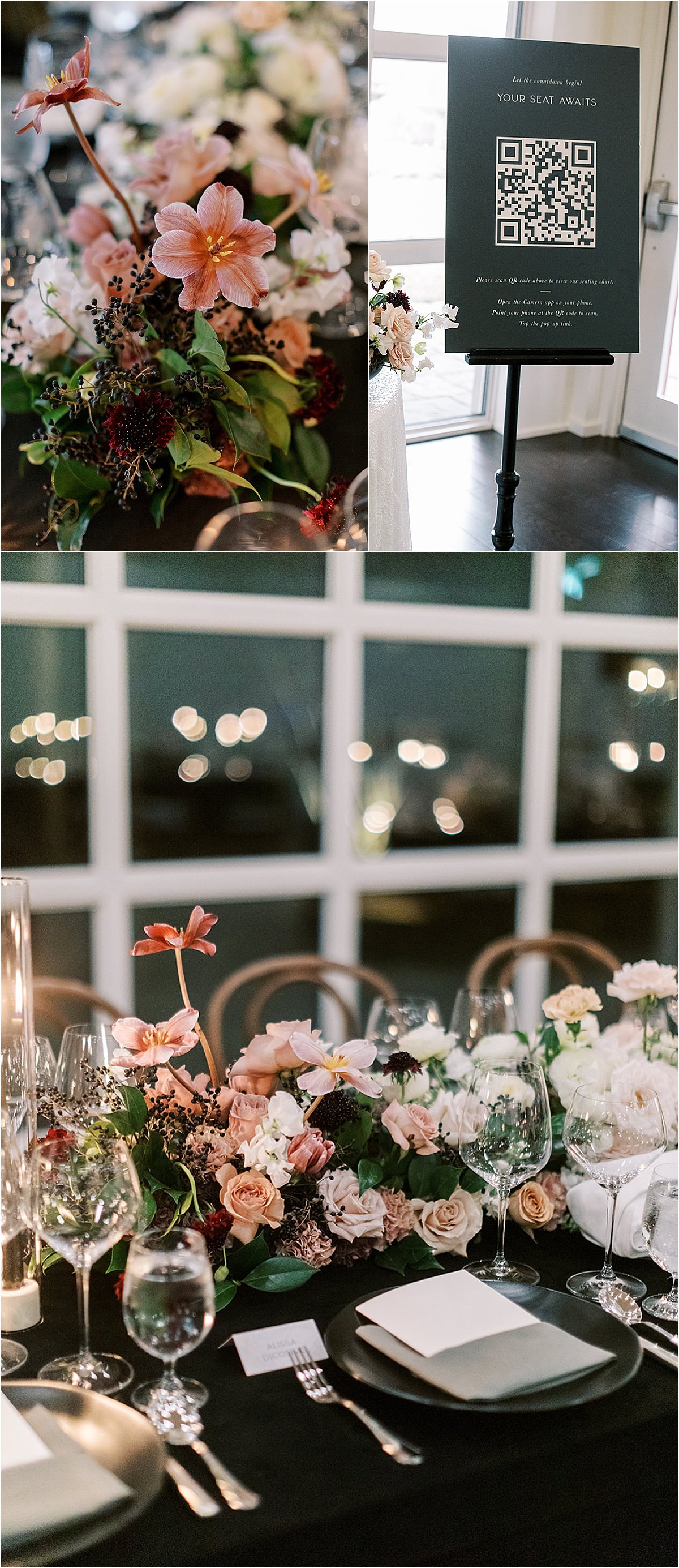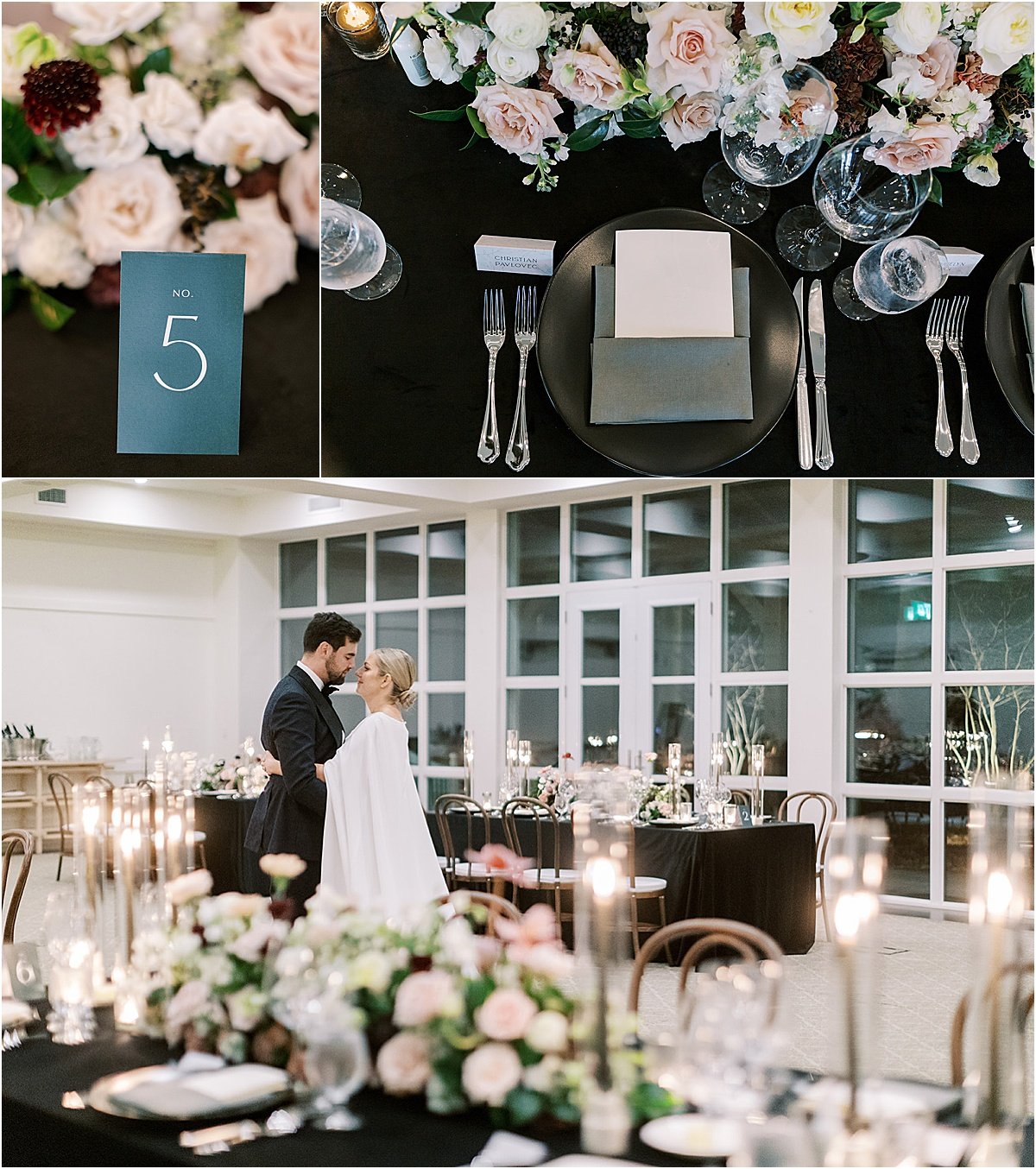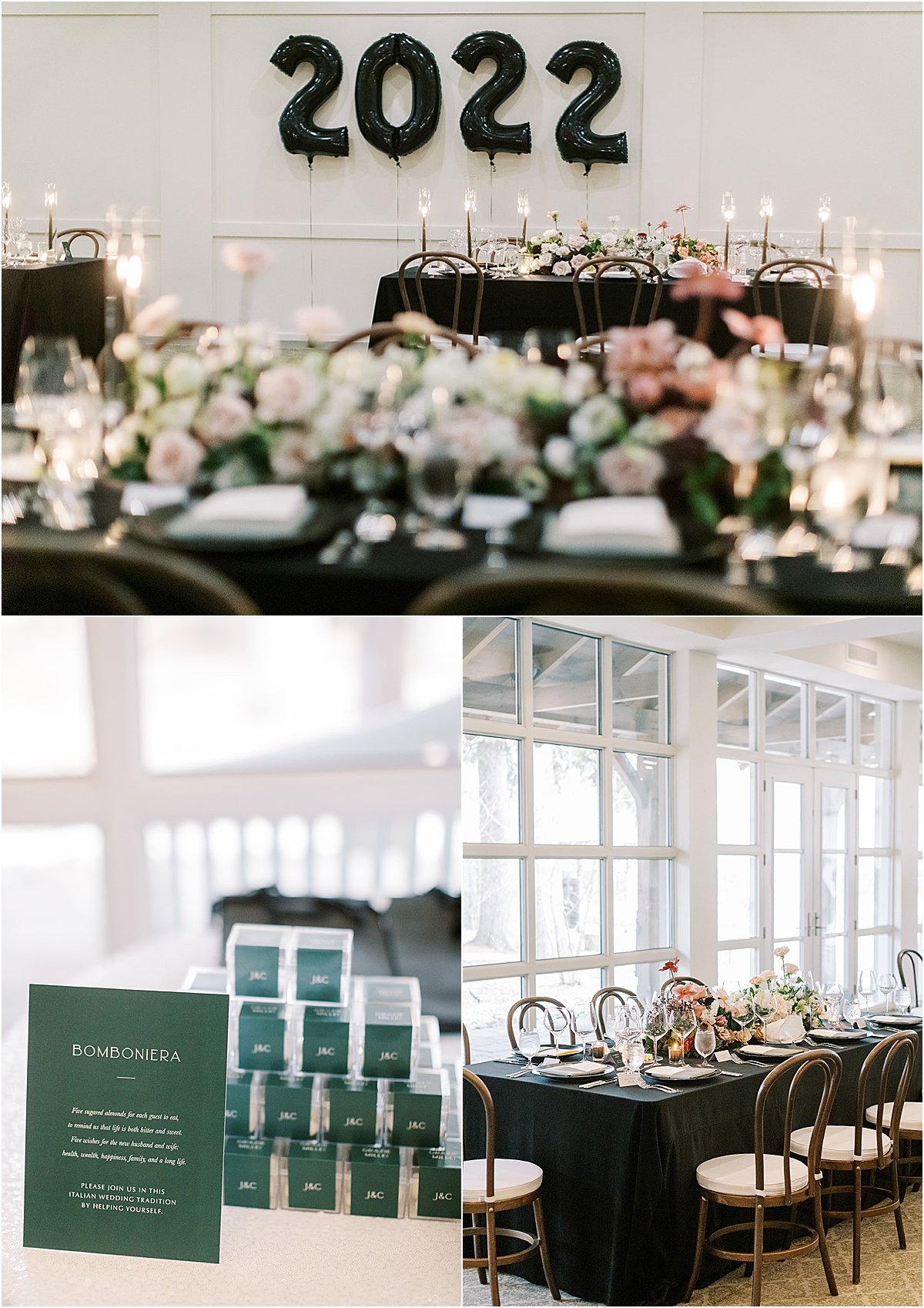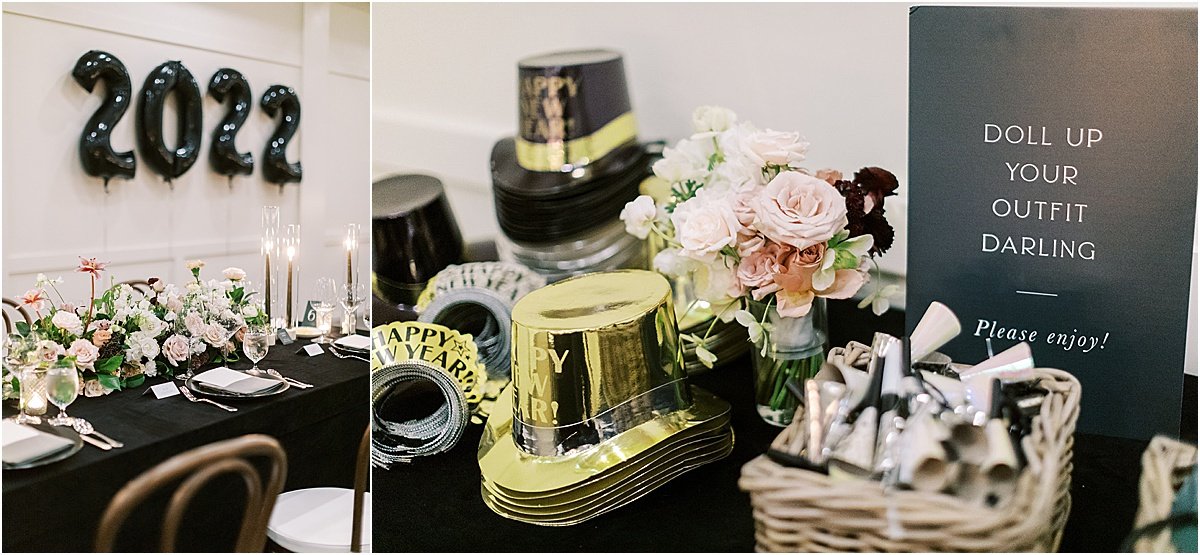For bride Ruby, there was never a question of where she wanted to get married. No matter how far life and career had taken her and Derek Gee around the world, her heart always came back to her parents’ family farm in Dundas, Ontario.
Ruby and Derek live abroad for Derek’s career as a professional cyclist, and planning a wedding from overseas requires a deep level of trust. From the very beginning, they offered it freely. With just a warm fall colour palette as guidance, they entrusted me to take care of the rest. That creative freedom allowed their wedding day to unfold in a way that felt deeply personal, grounded, and full of heart.
Transforming a Family Barn into a Wedding Venue
Over the course of the year leading up to the wedding, Ruby’s family worked tirelessly to transform the farm’s main barn from a functional storage space into a welcoming wedding venue. It was a true labour of love; one that reflected the care, pride, and connection this family has to their land.
The Dundas community is close-knit, especially within farming circles, and that sense of community showed up beautifully throughout the wedding. With strong ties to Primavera Flower Farm, the floral design became a meaningful collaboration. Ruby’s mom grew many of the flowers right on the family farm, and Ashley Vandermaarel of Primavera thoughtfully incorporated them into the arrangements. The result was a floral design that felt joyful, abundant, and deeply personal and, ultimately, a true team effort rooted in love.
A Scenic Hilltop Ceremony
The ceremony took place at the crest of a hill overlooking the property, offering sweeping views of the land that has meant so much to Ruby’s family over the years. Winding paths were carved through the property, inviting guests to slowly meander up the hill with a glass of prosecco in hand.
As guests made their way to the ceremony site, they were drawn forward by live music from Fox Music of Niagara, setting a tone that felt relaxed, romantic, and intentional. After the ceremony, guests wandered back down toward the barn, where cocktail hour awaited just outside, creating an effortless flow that allowed everyone to truly take in the setting.
Elevated Design with Rustic Roots
From a design perspective, my goal was to honour the rustic nature of the barn while elevating it with thoughtful, refined details. The juxtaposition of raw wood and agricultural elements with beautiful linens and candlelight created a space that felt warm, welcoming, and quietly luxurious.
We layered harvest tables with ochre velvet runners to echo the season while maintaining a grounded, organic feel. Somerset linens from Simply Beautiful Decor - a delicate green floral pattern on crisp white - softened the space and added visual interest without overpowering it.
Candlelight played a key role in the reception design. Yummi taper candles in Green Tea and Olive were used throughout, casting a warm glow that enhanced the barn’s natural textures and brought the entire space to life as the evening unfolded.
The floral palette leaned fully into fall (happy, warm, and seasonal) without feeling predictable or overly literal. It complemented the surrounding landscape beautifully and tied together the overall design story.
Thoughtful Hospitality
Dinner was catered by Gourmet Chef, a Stratford-based wedding caterer known for their elevated, thoughtful approach to food. Their menu added another layer of warmth and hospitality to the day, perfectly suited to a farm celebration where guests gathered around long tables to eat, connect, and linger.
A Wedding Rooted in Place and People
Ruby and Derek’s wedding was a reflection of trust - in family, in community, and in the creative process. It was a celebration shaped by the land that means so much to Ruby, the people who love them both, and a shared vision of something meaningful rather than flashy.
Getting married on a family farm is never just about the setting. It’s about history, connection, and creating something together. This Dundas farm wedding was exactly that: a beautiful reminder that the most memorable celebrations are the ones rooted in place and built with heart.
Planner/Stylist: Laura Olsen Events, Tent and Rentals: Special Event Rentals, Napkins and Linens: Simply Beautiful Decor, Photographer: Morning Light Photography, Catering: Gourmet Chef at Your Table, Dance Floor: A Special Print, Stationery: All That's Lovely, DJ: Sound Obsession, Hair: Jessica Rogers, Makeup: Amanda Zak, Flowers: Ashley Vandermaarl via La Primavera Farms






































